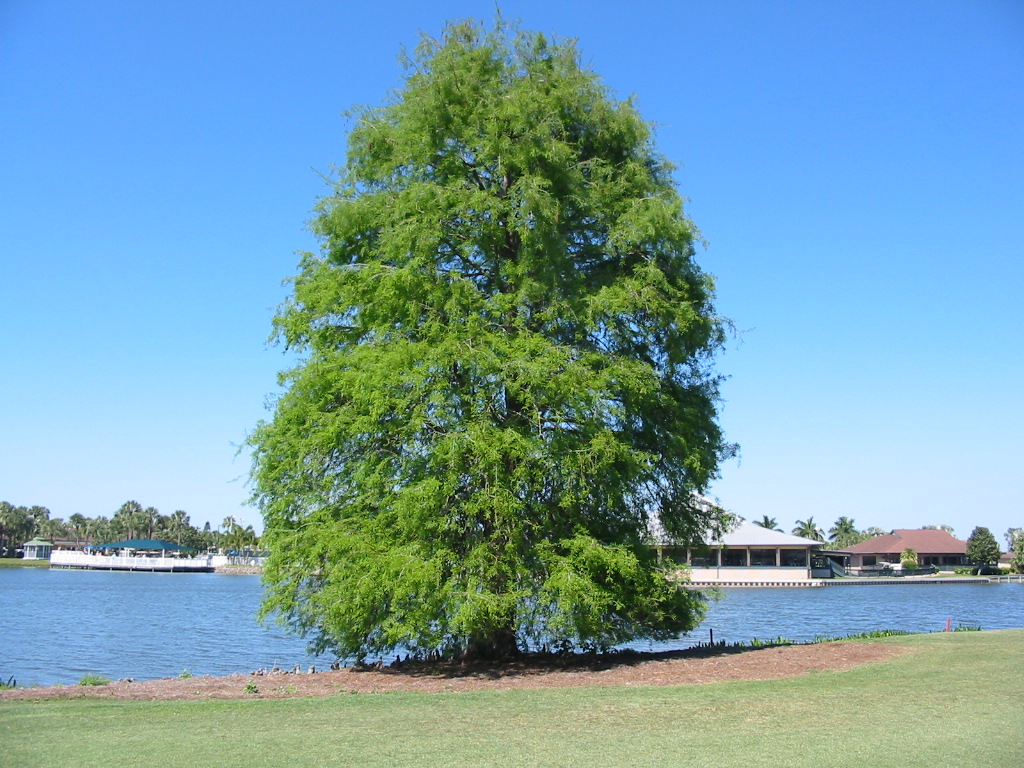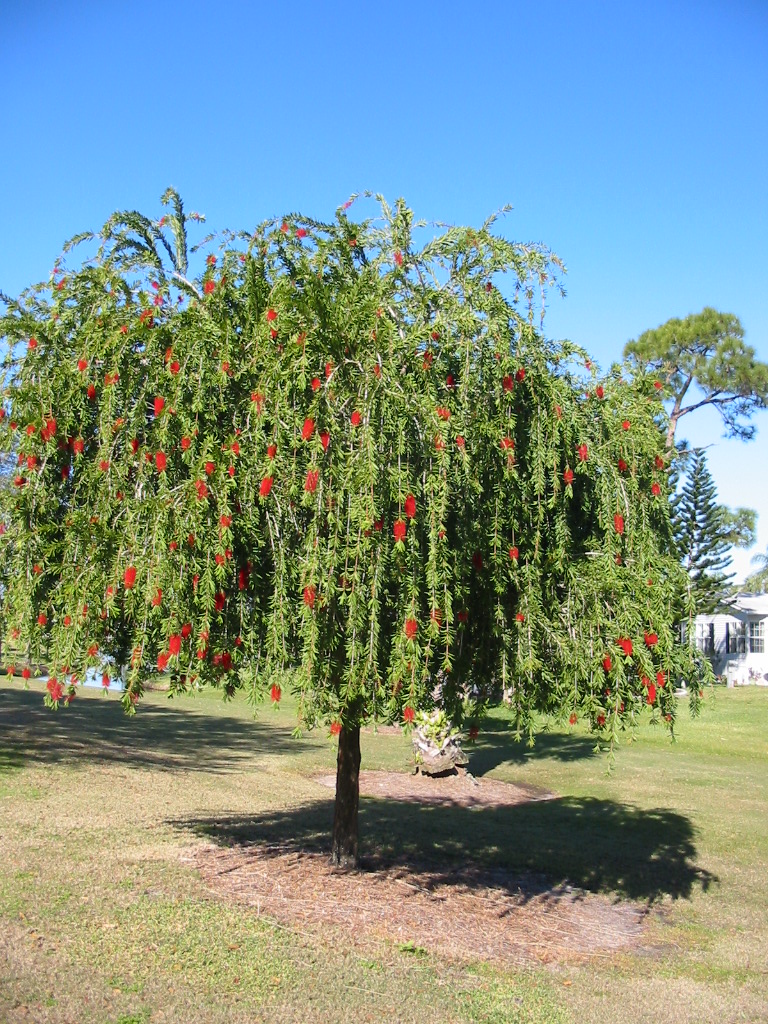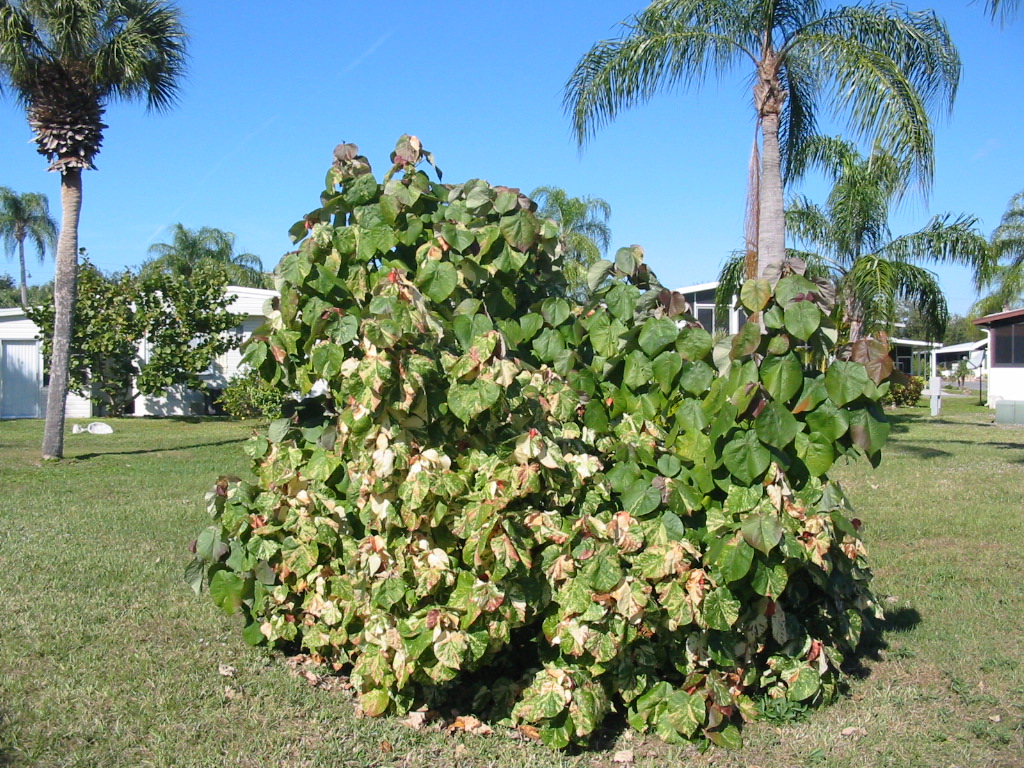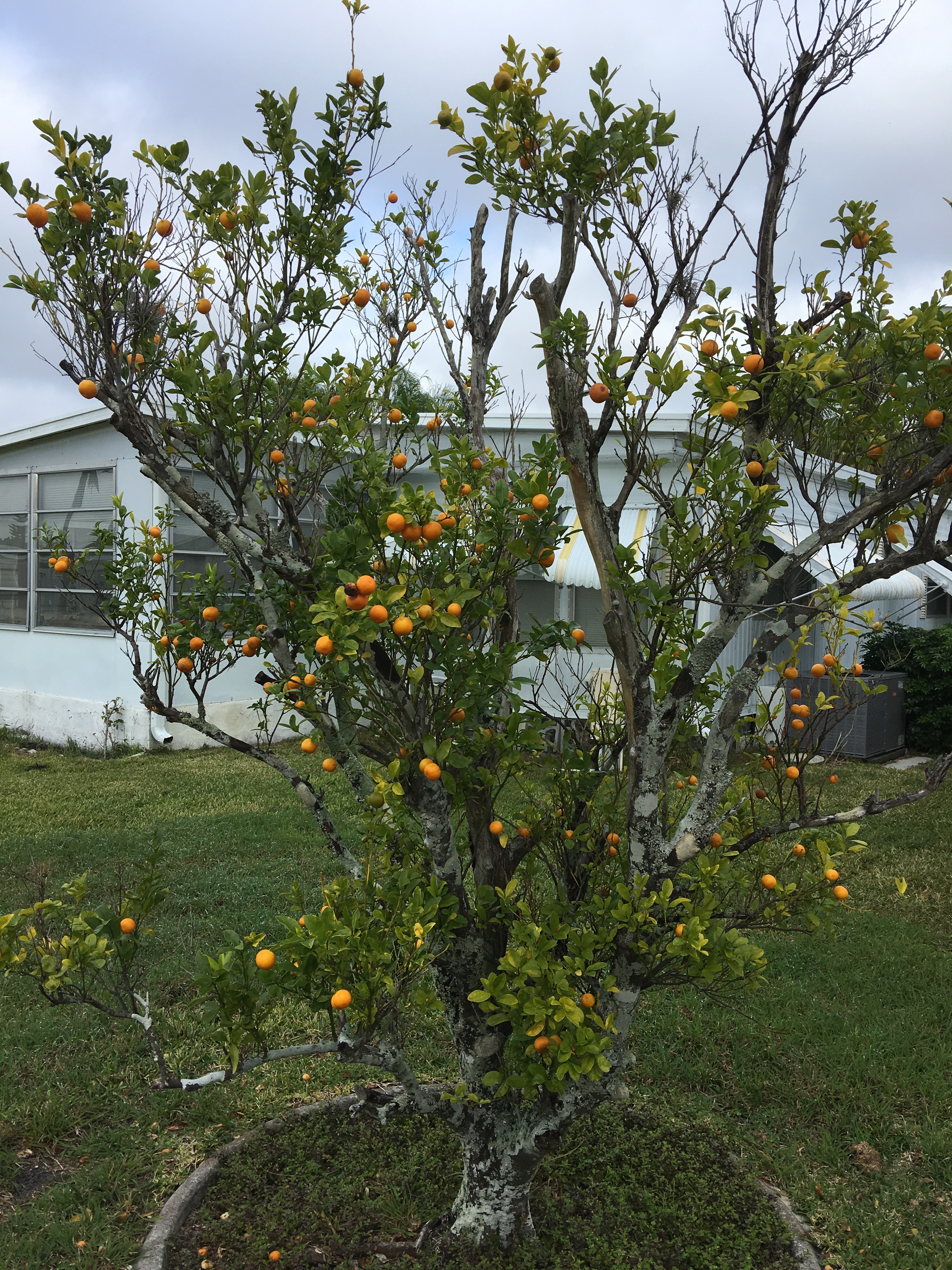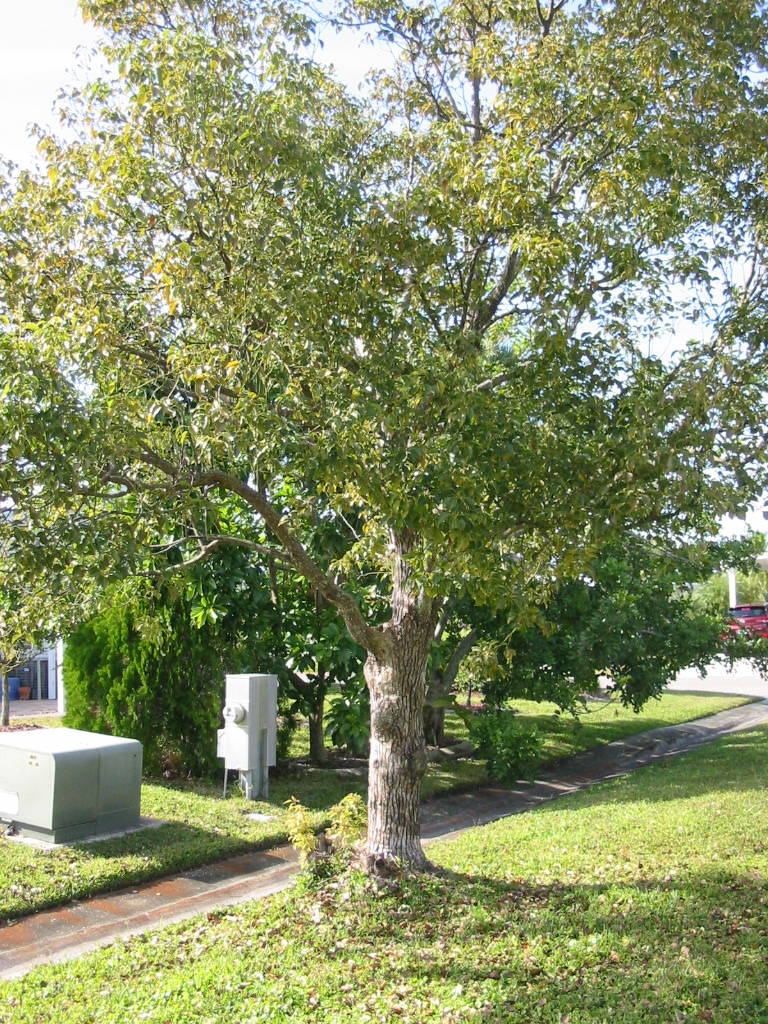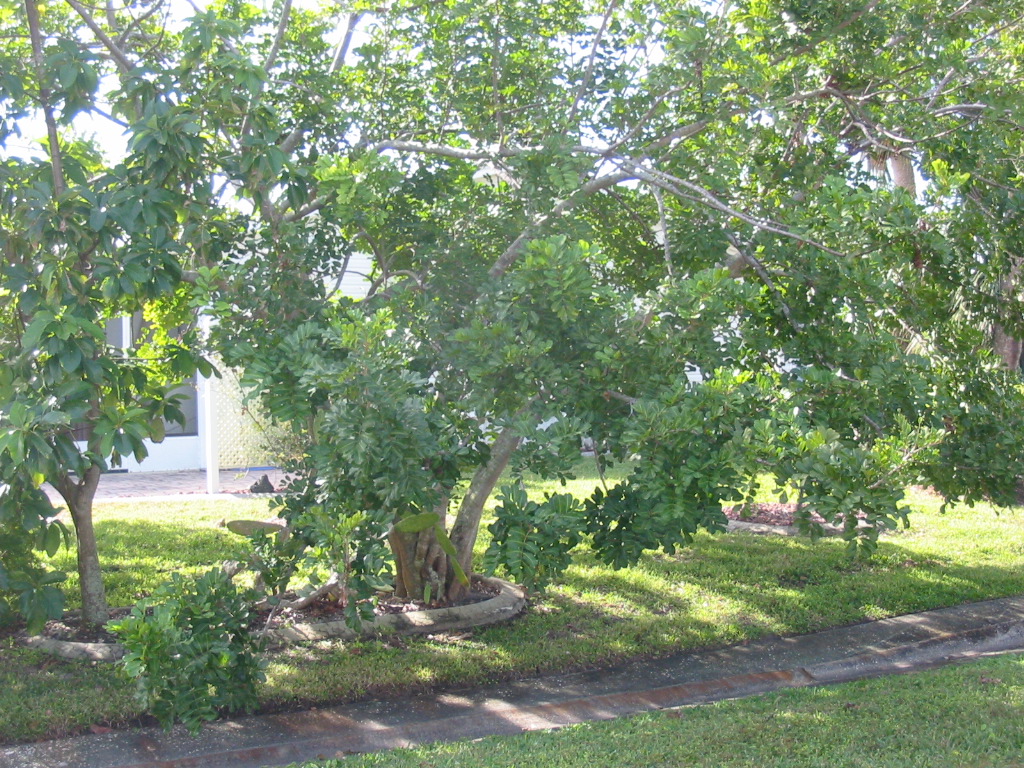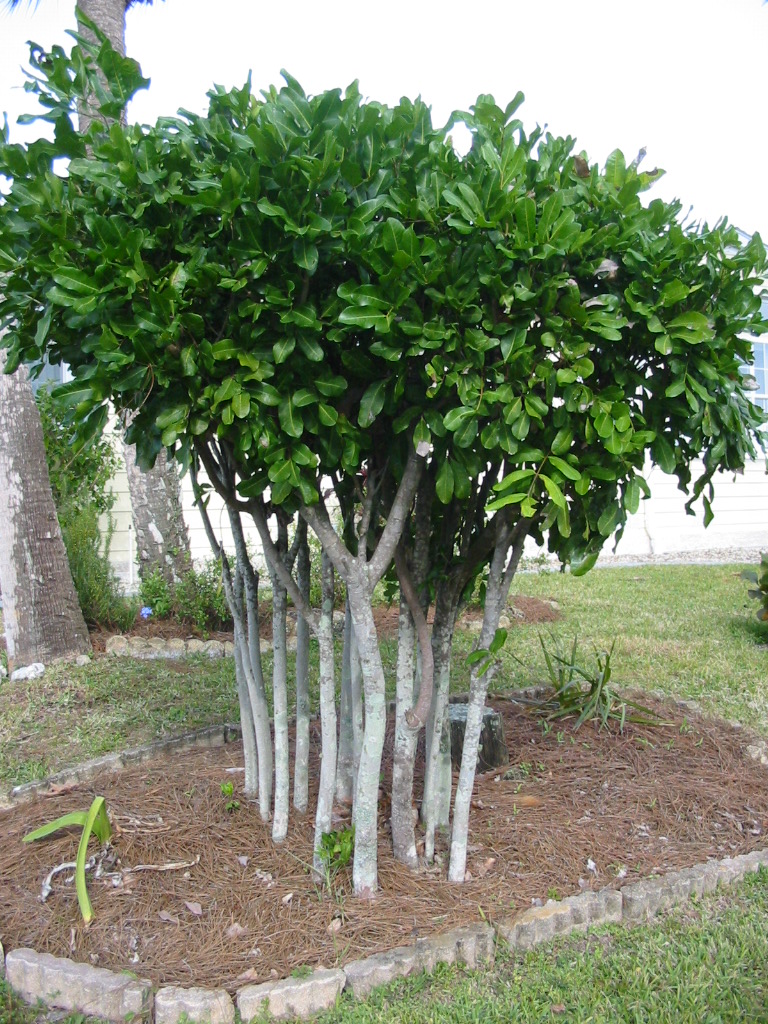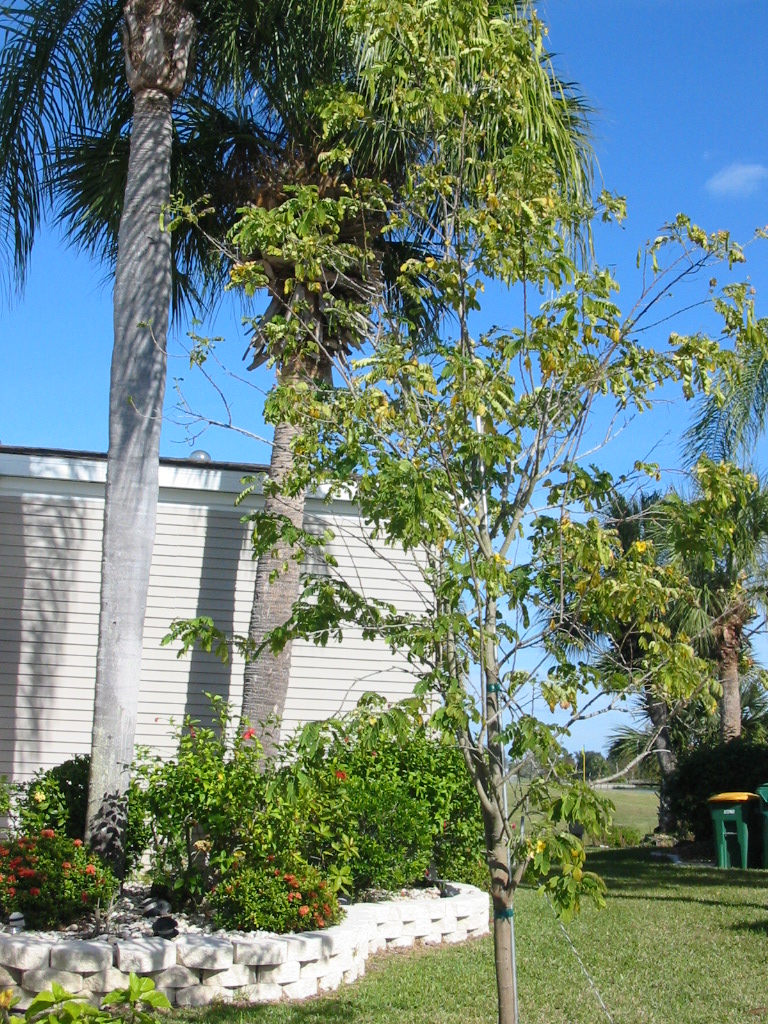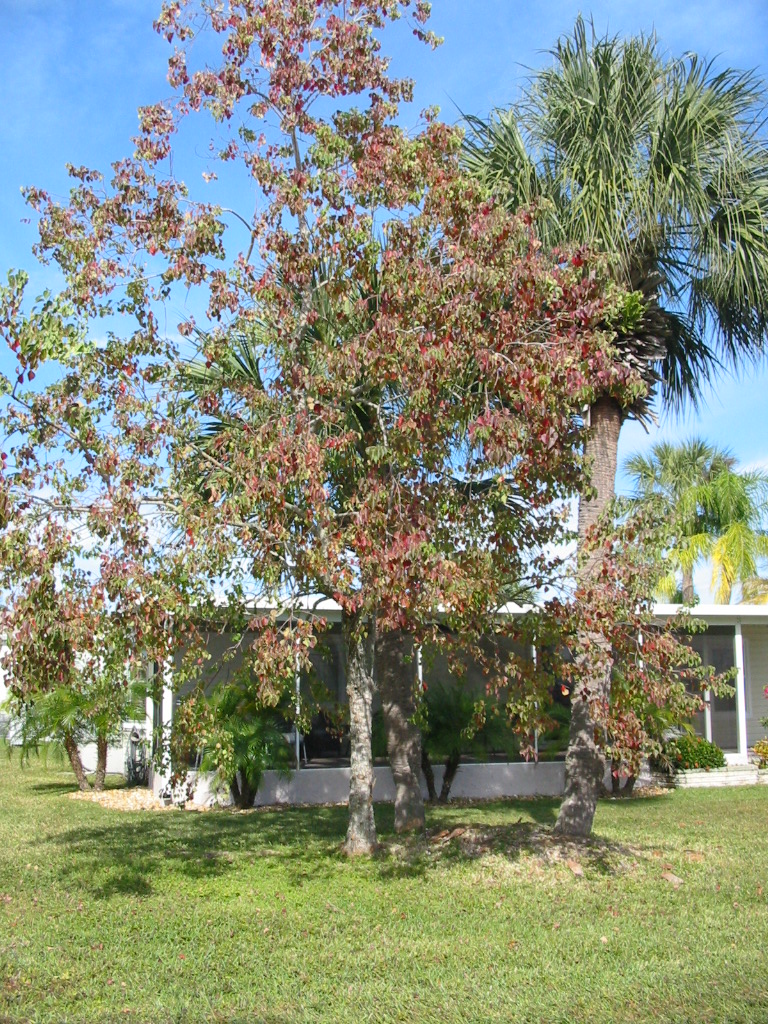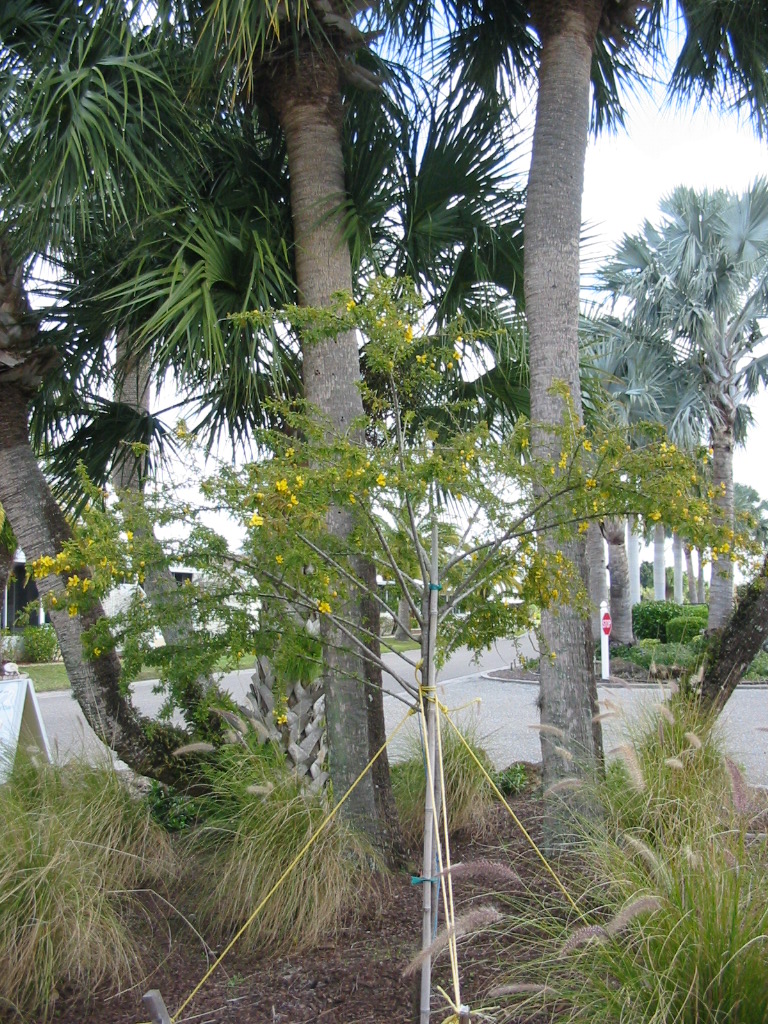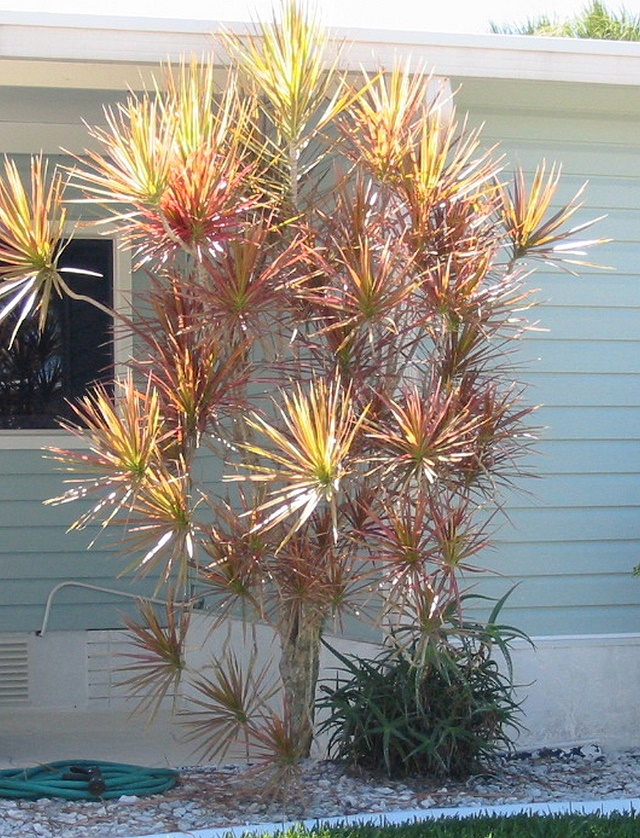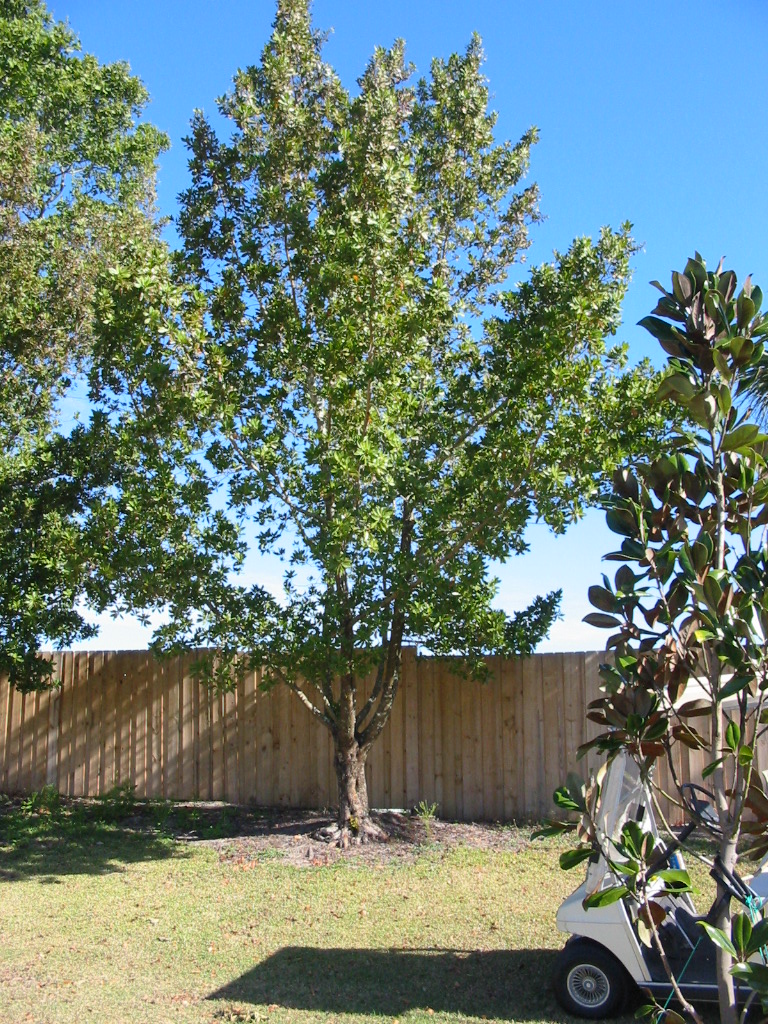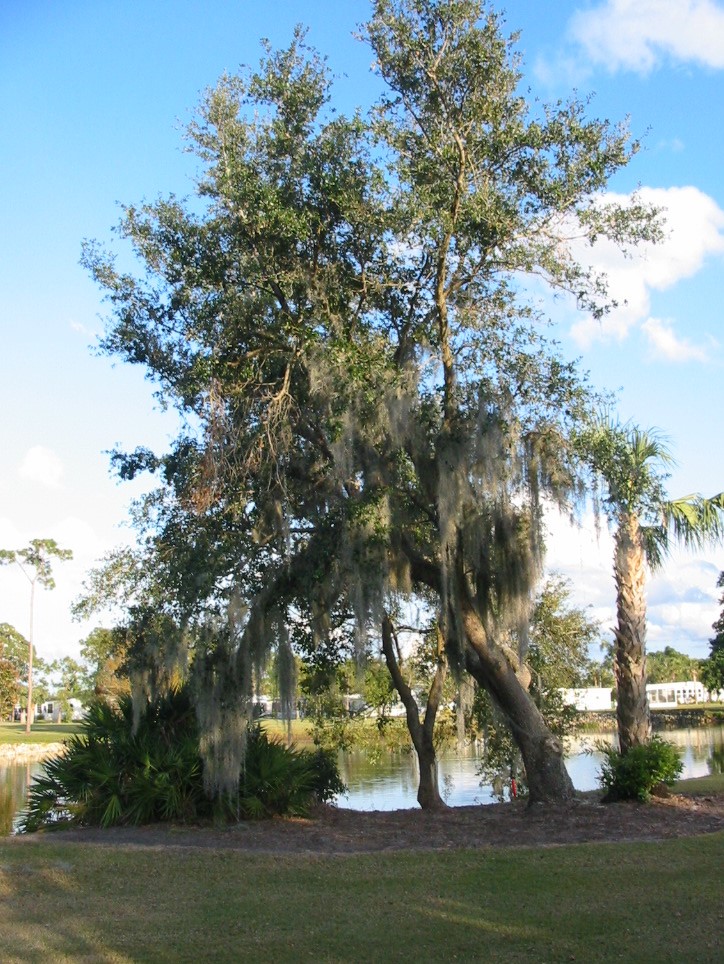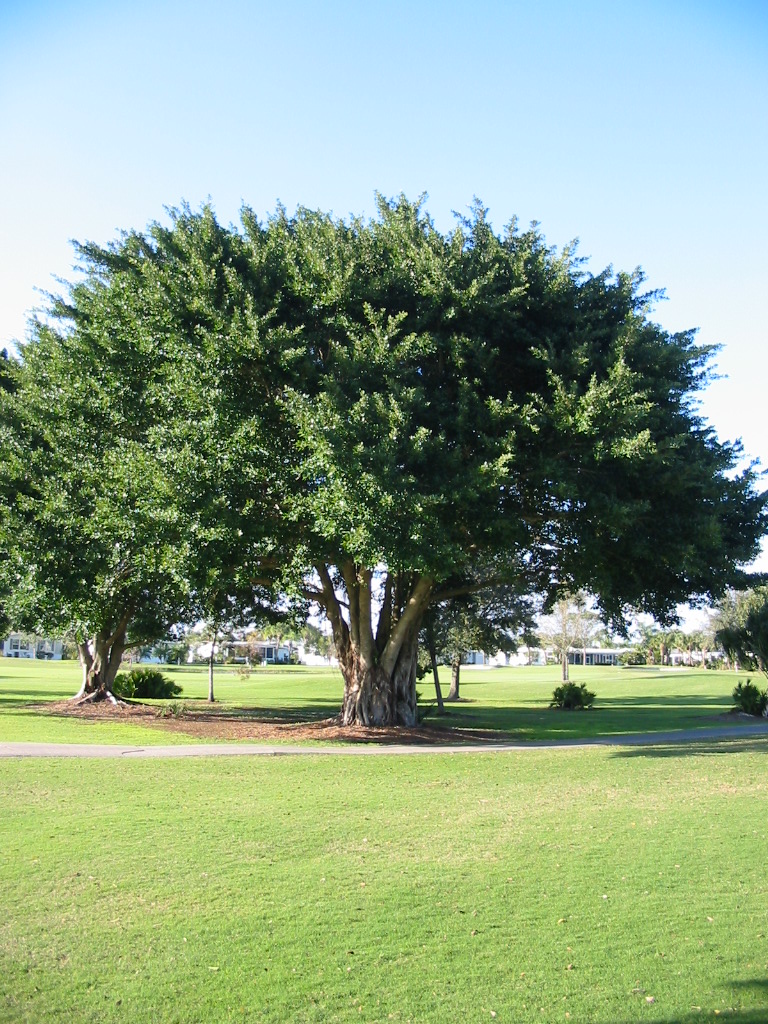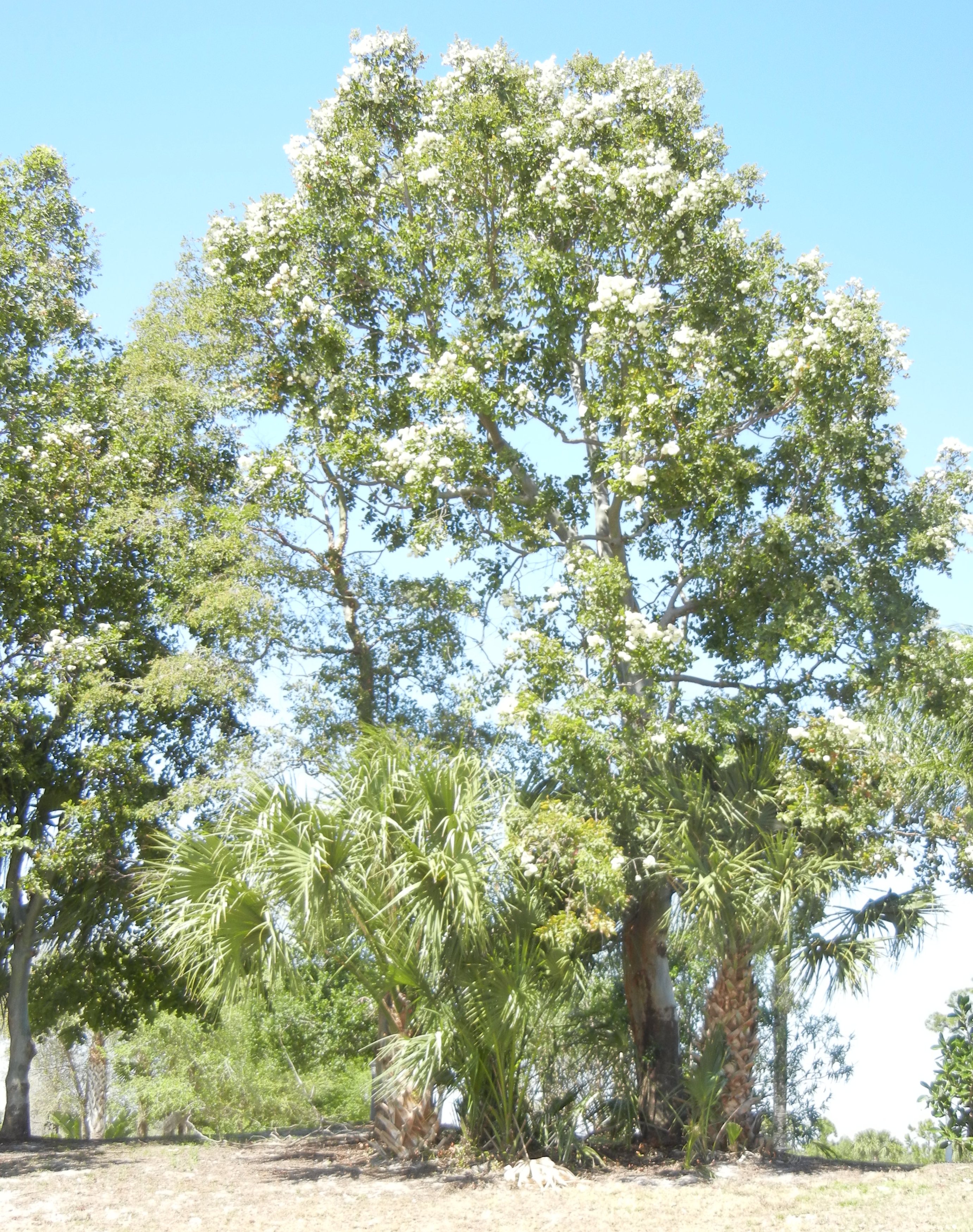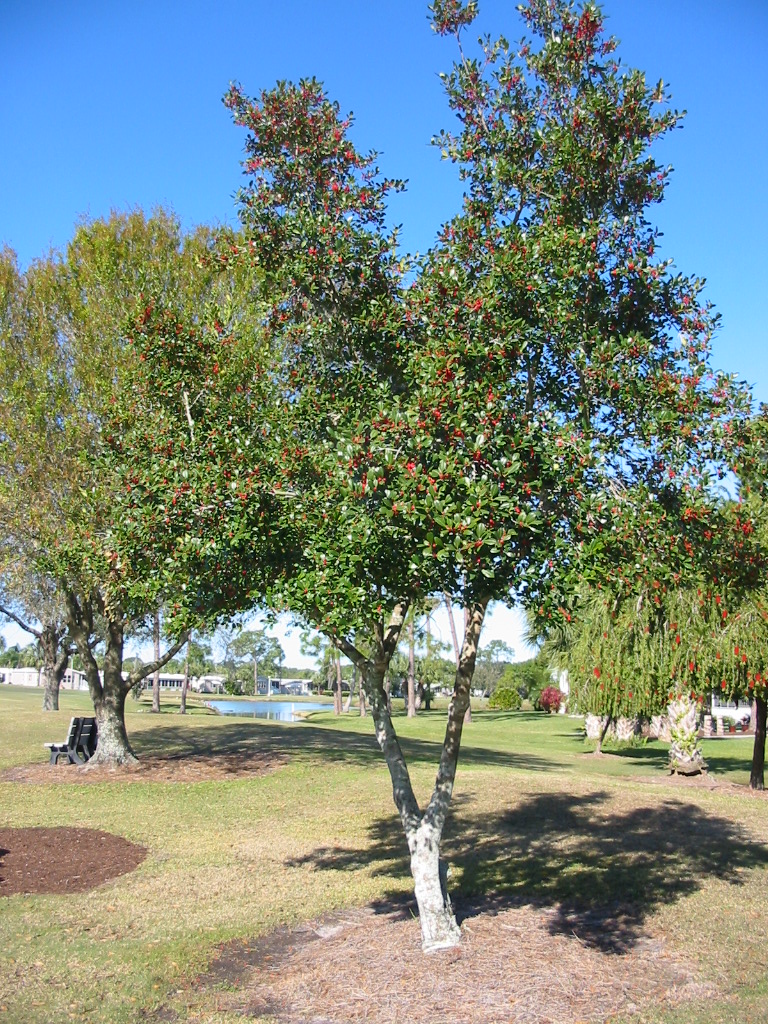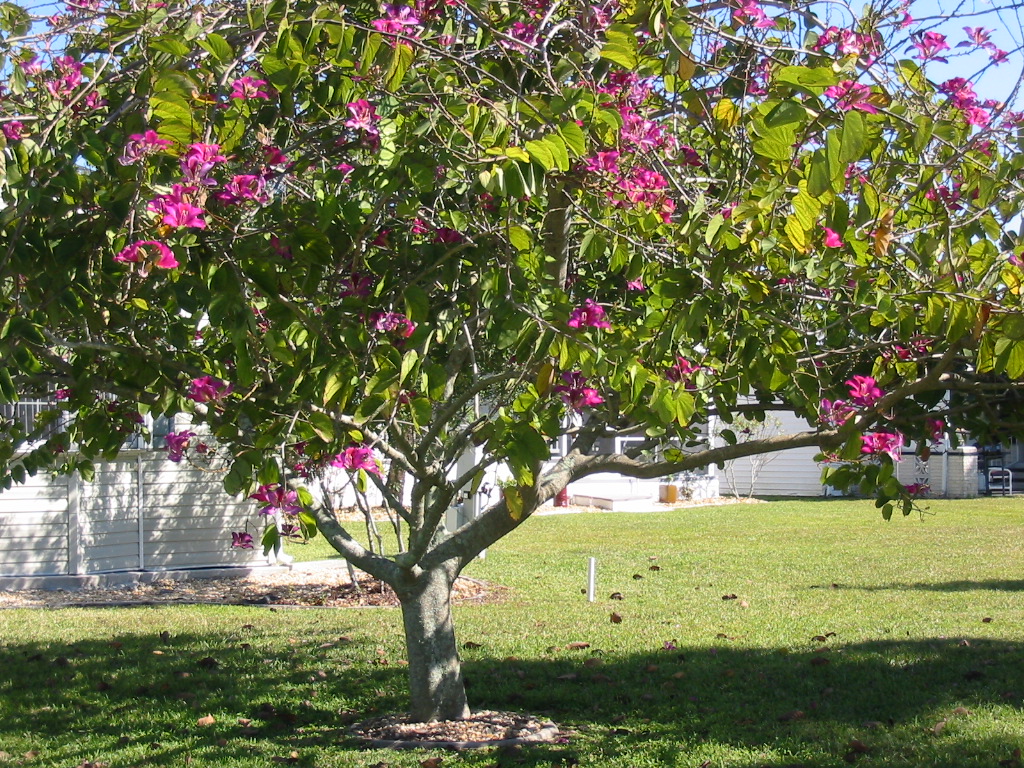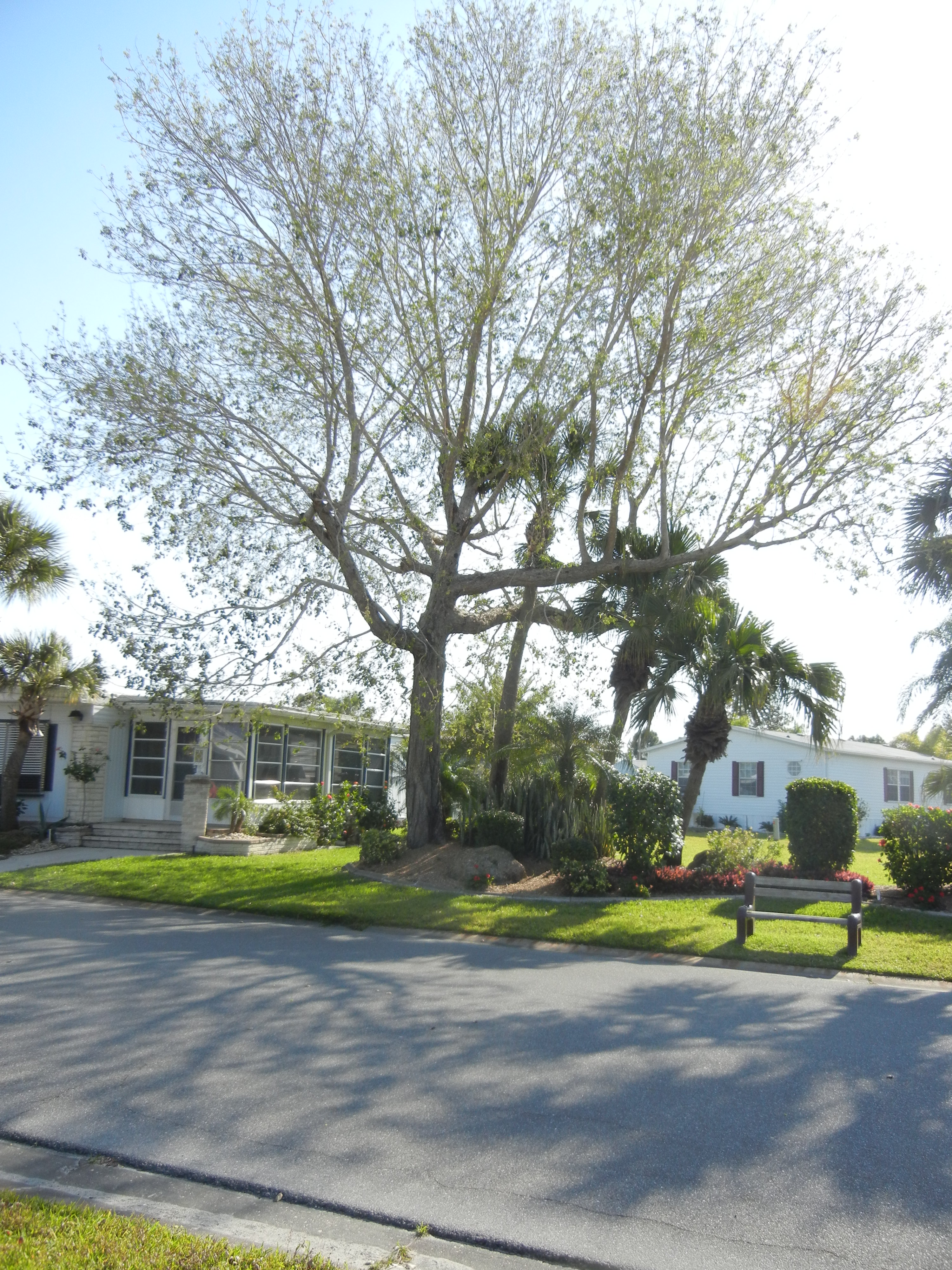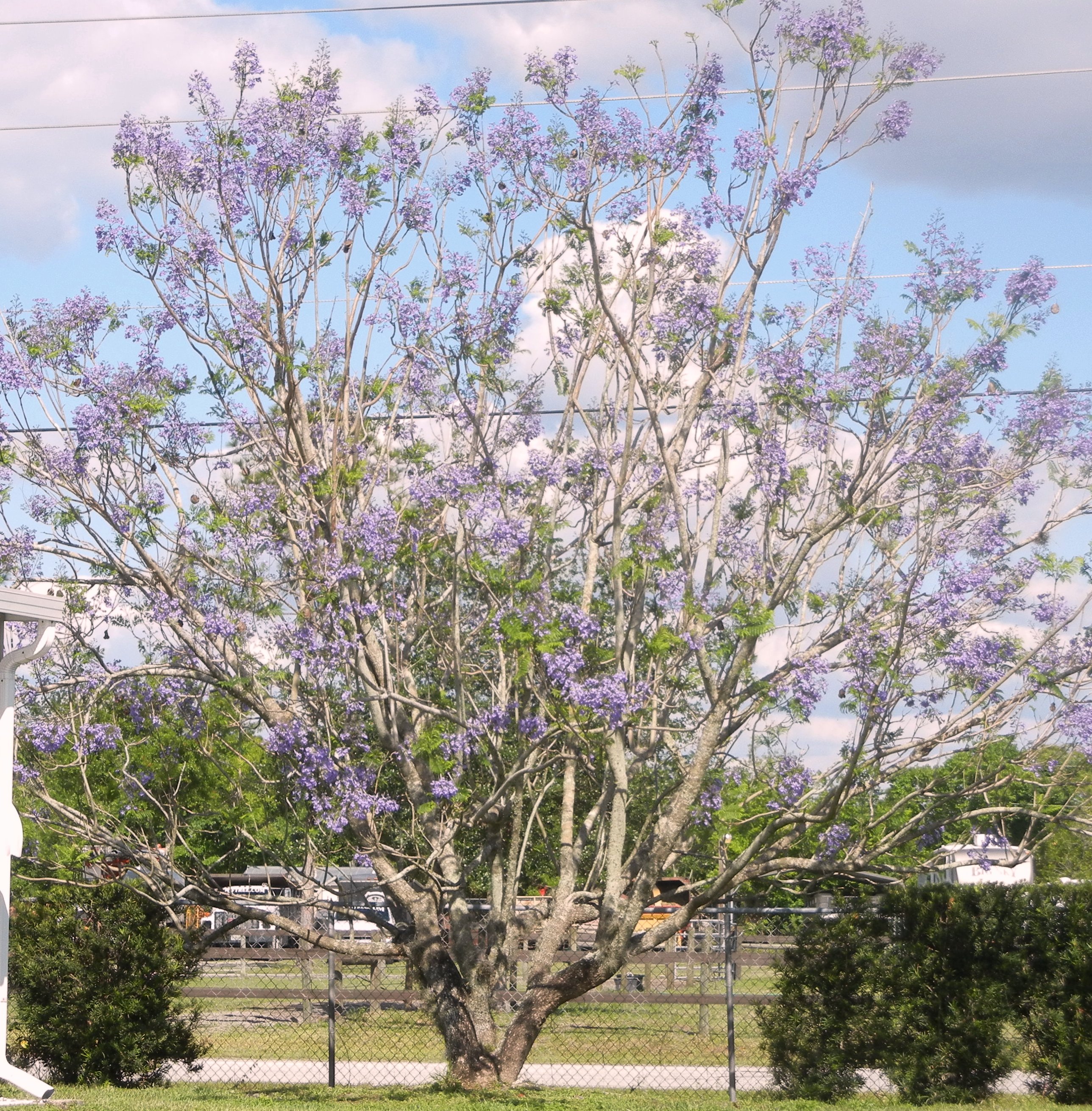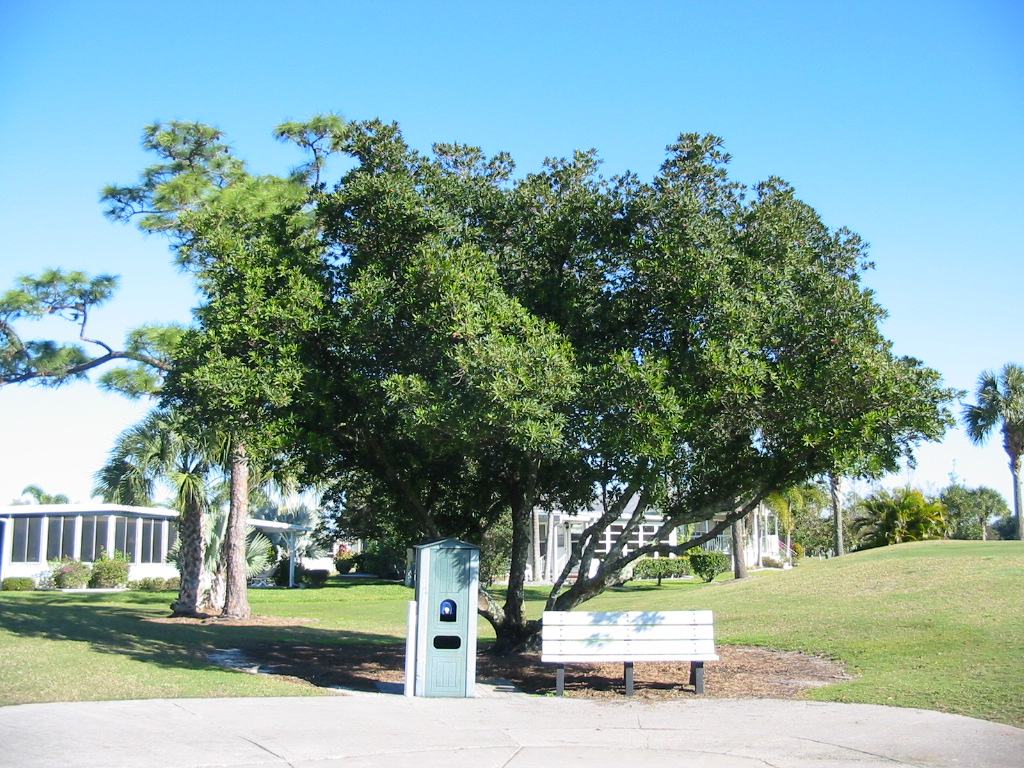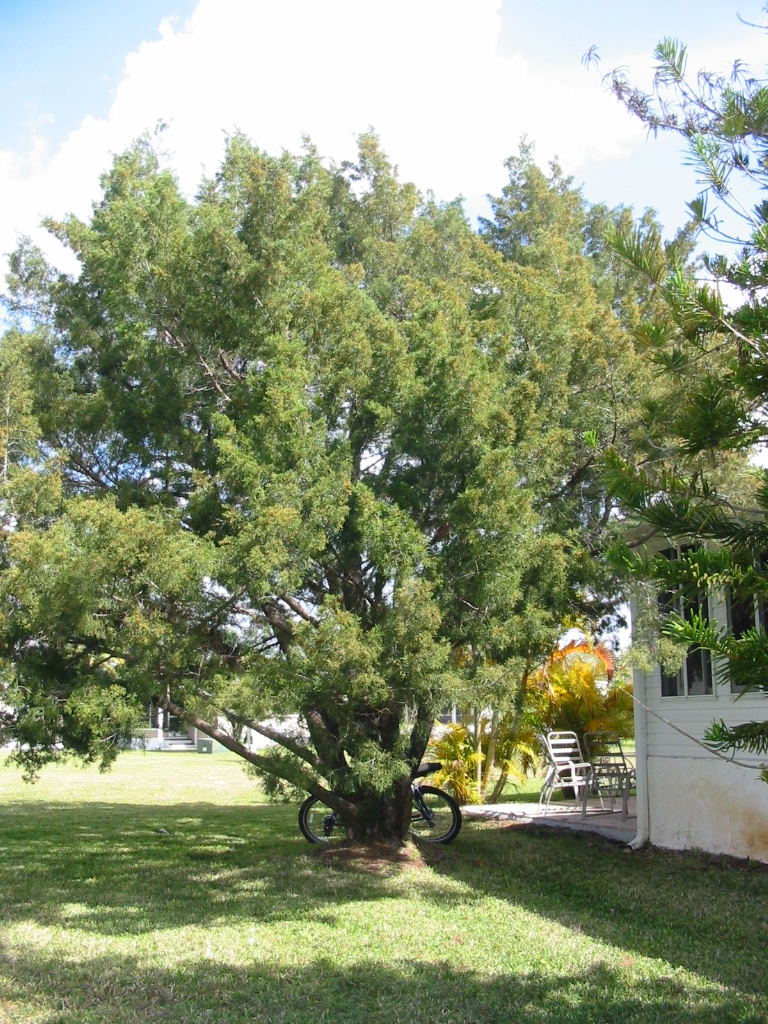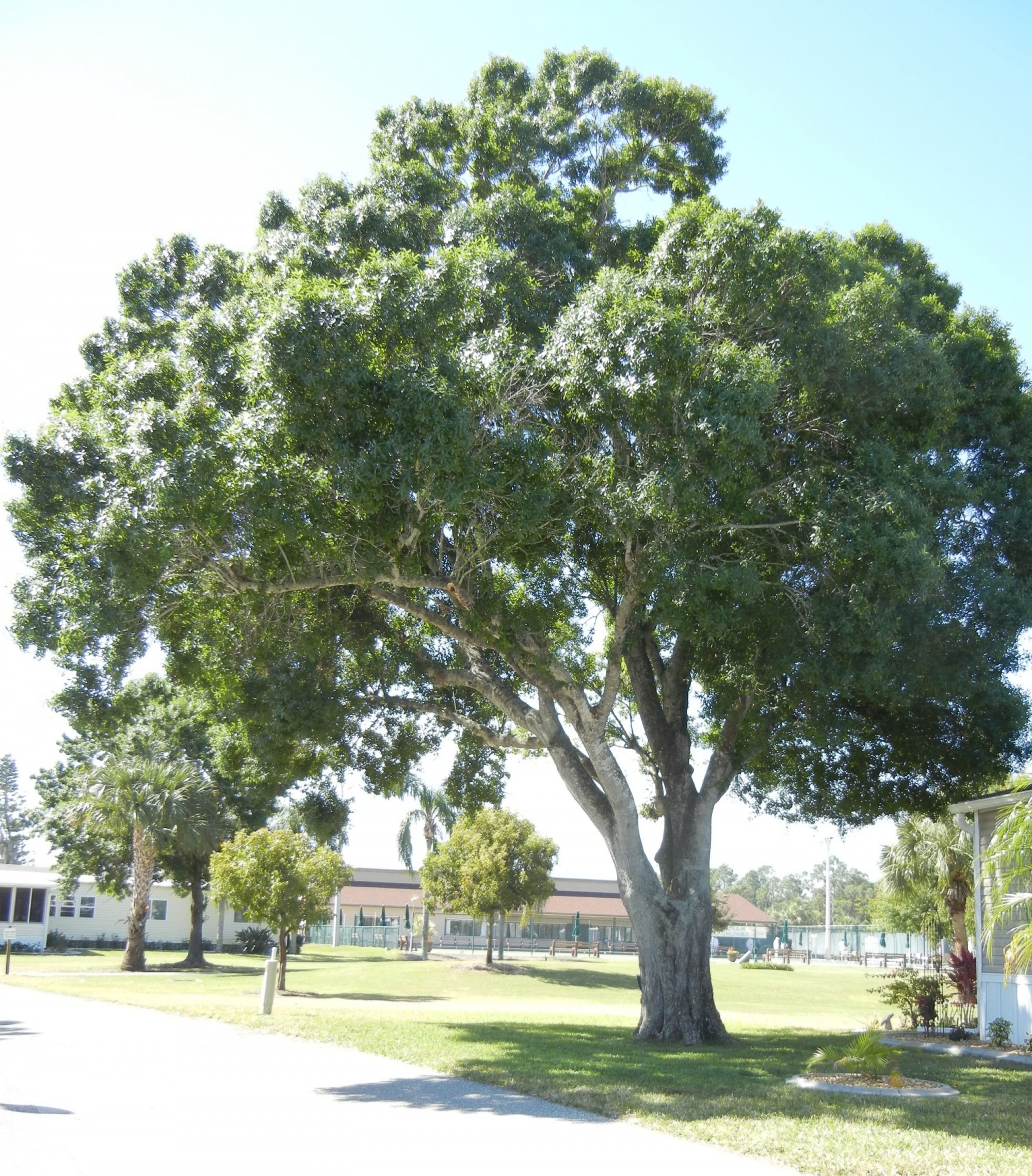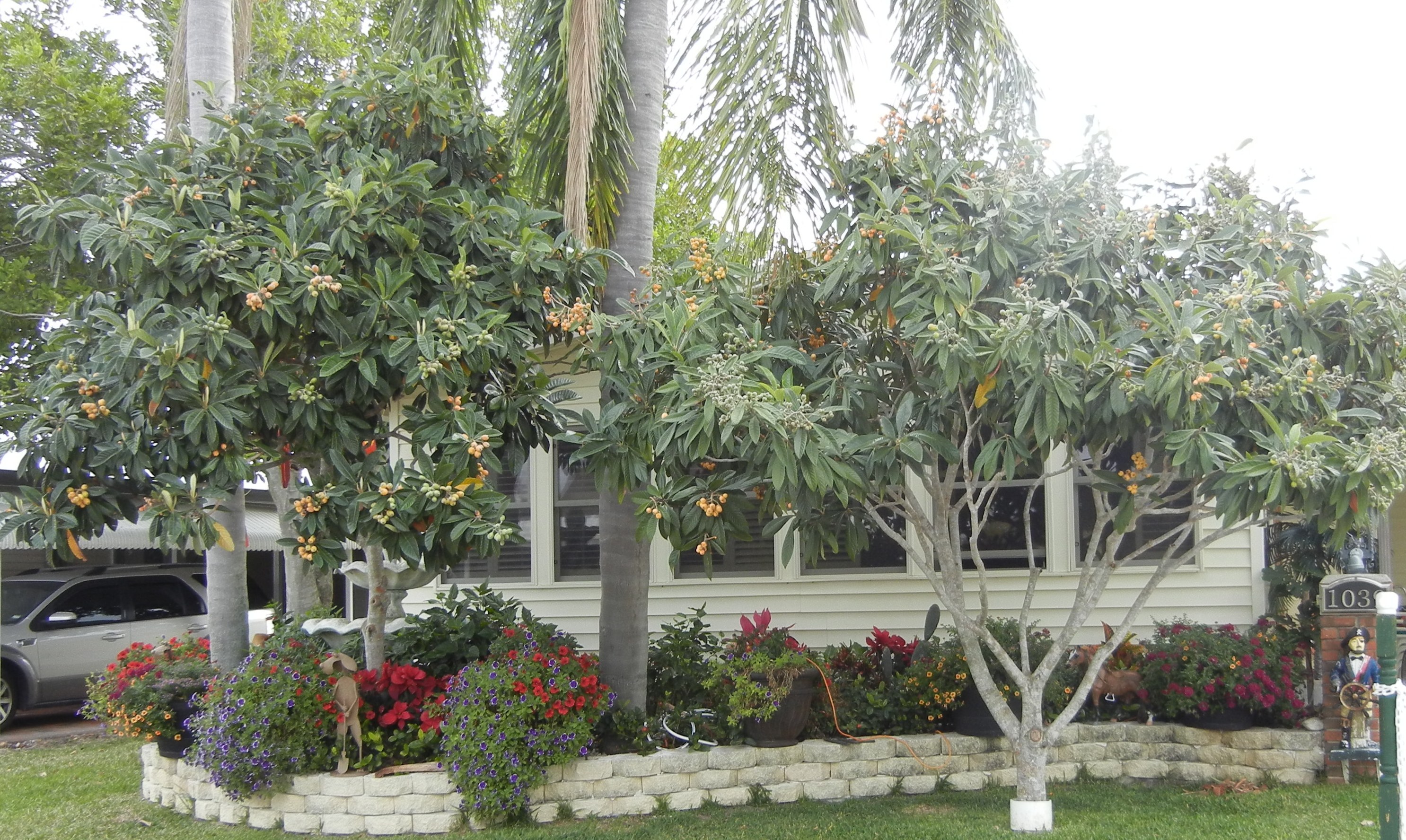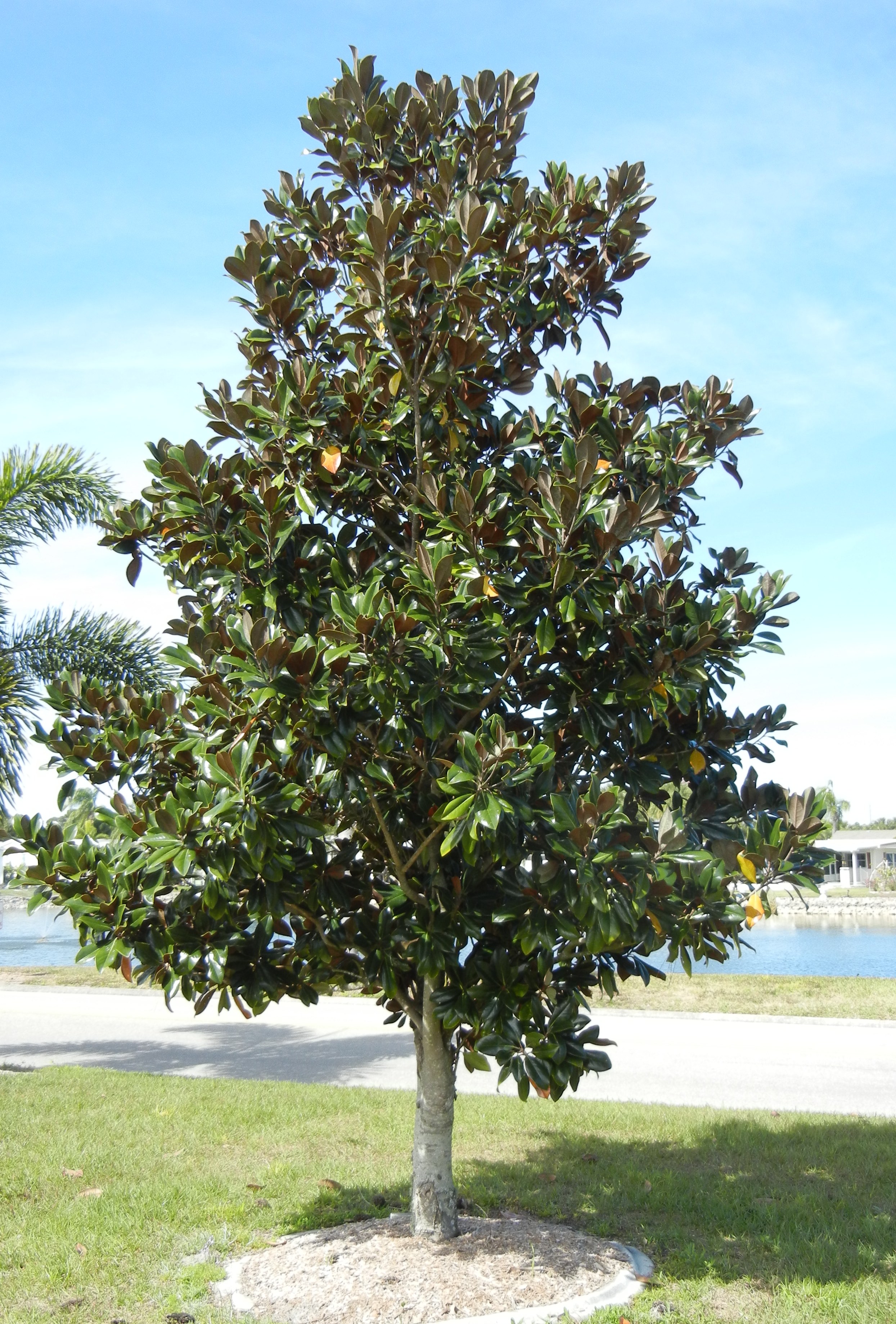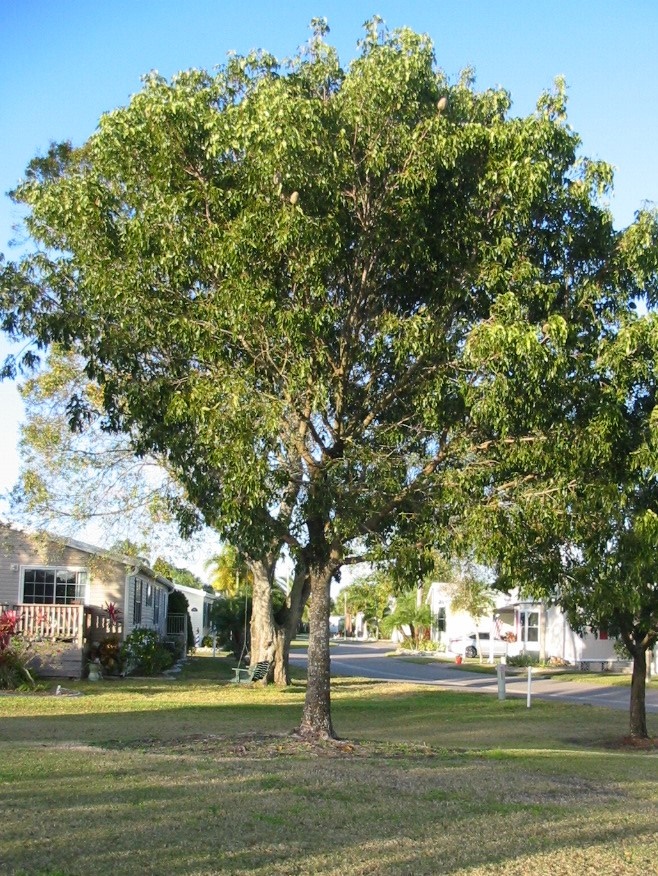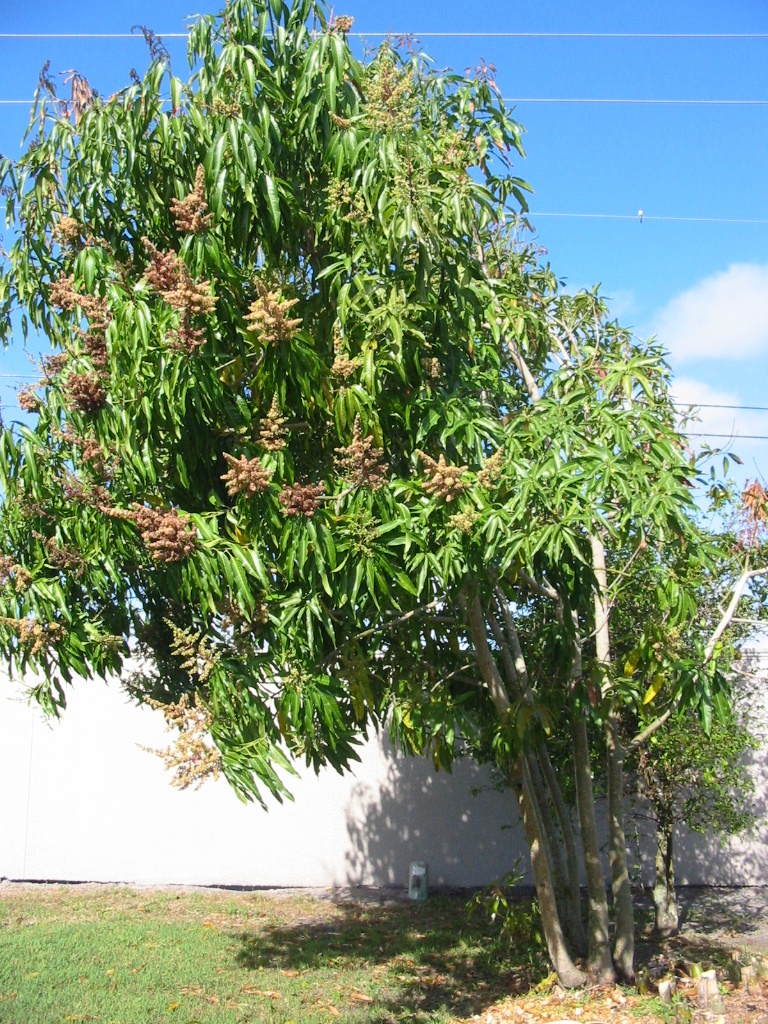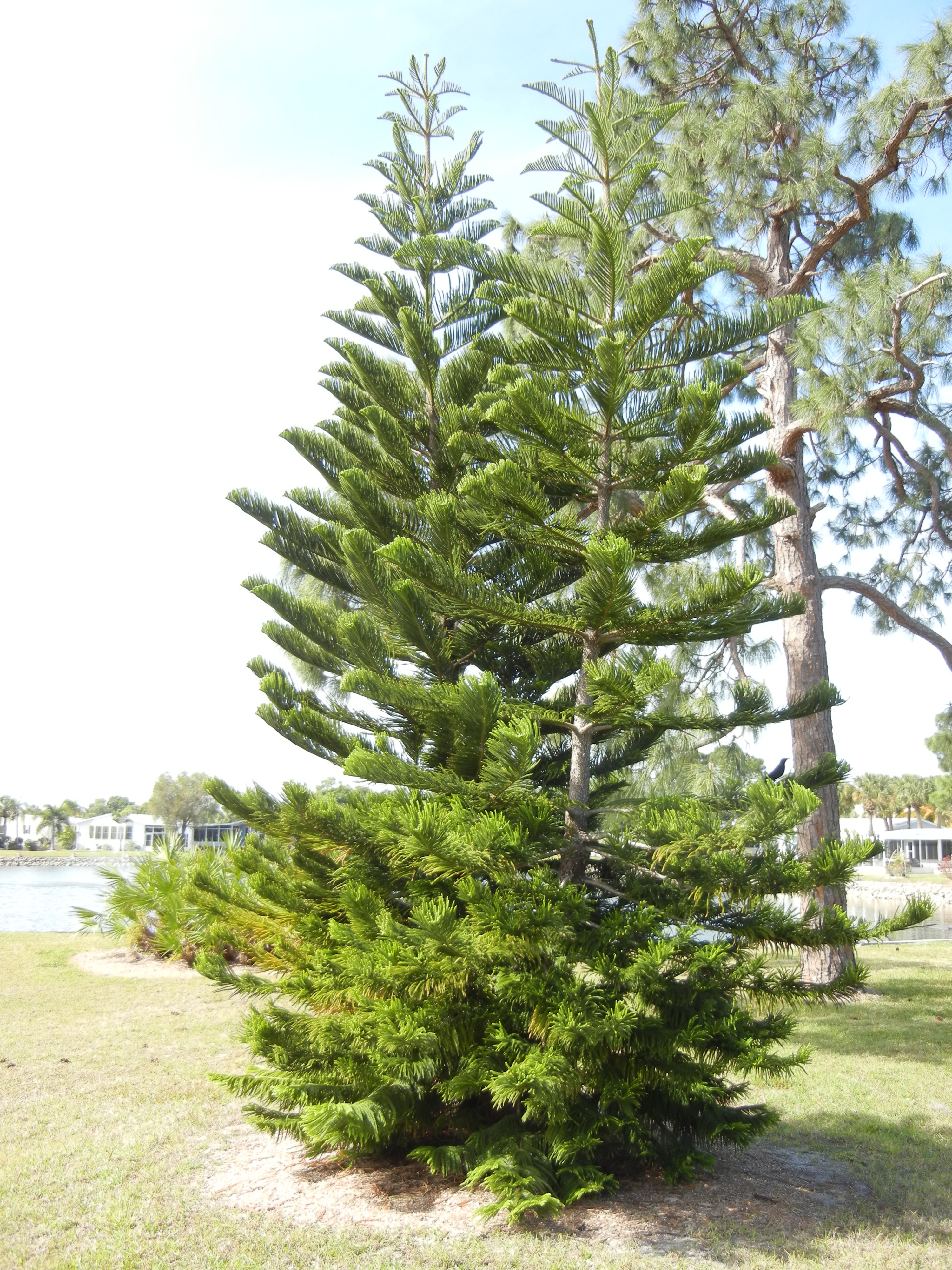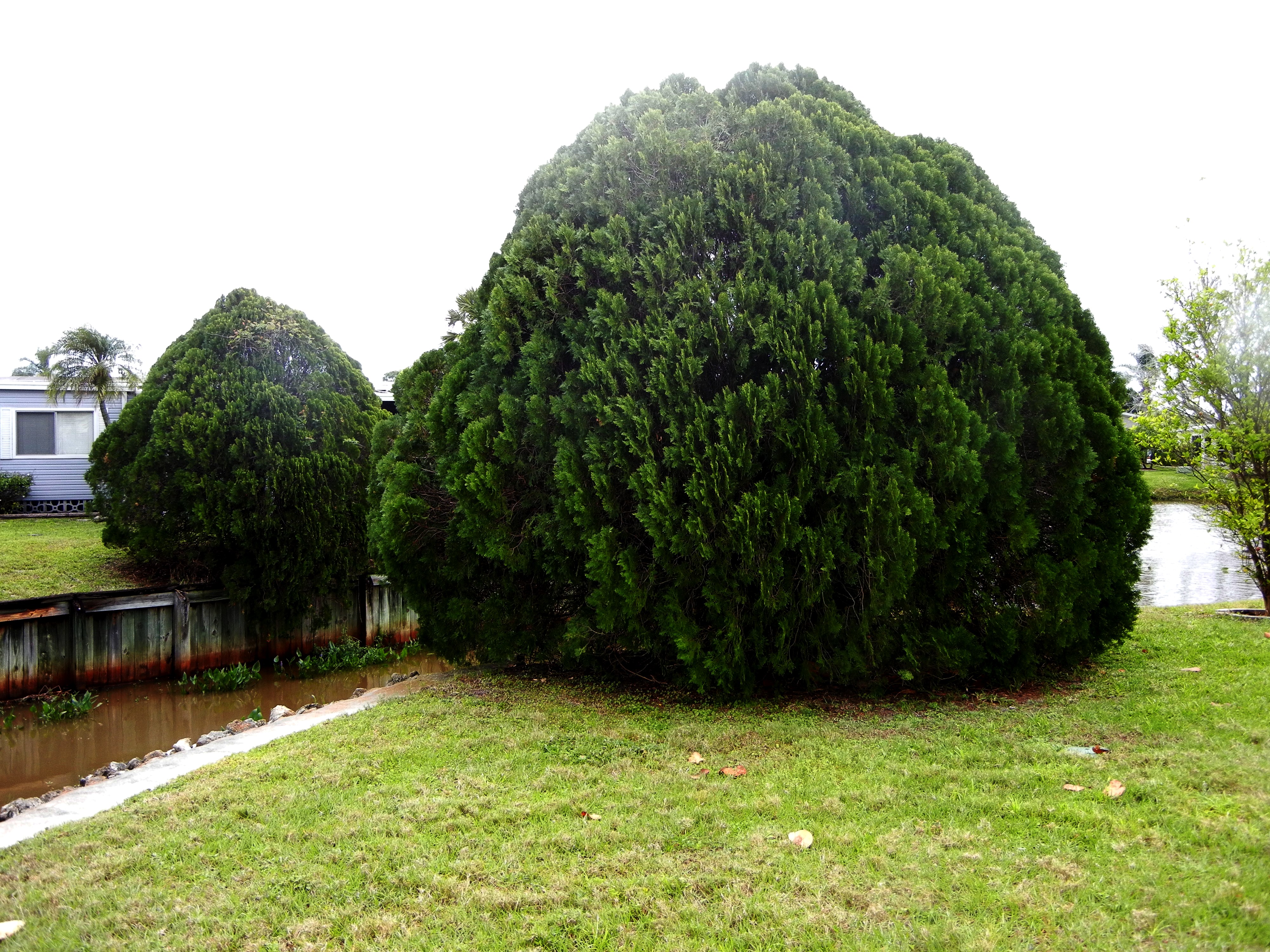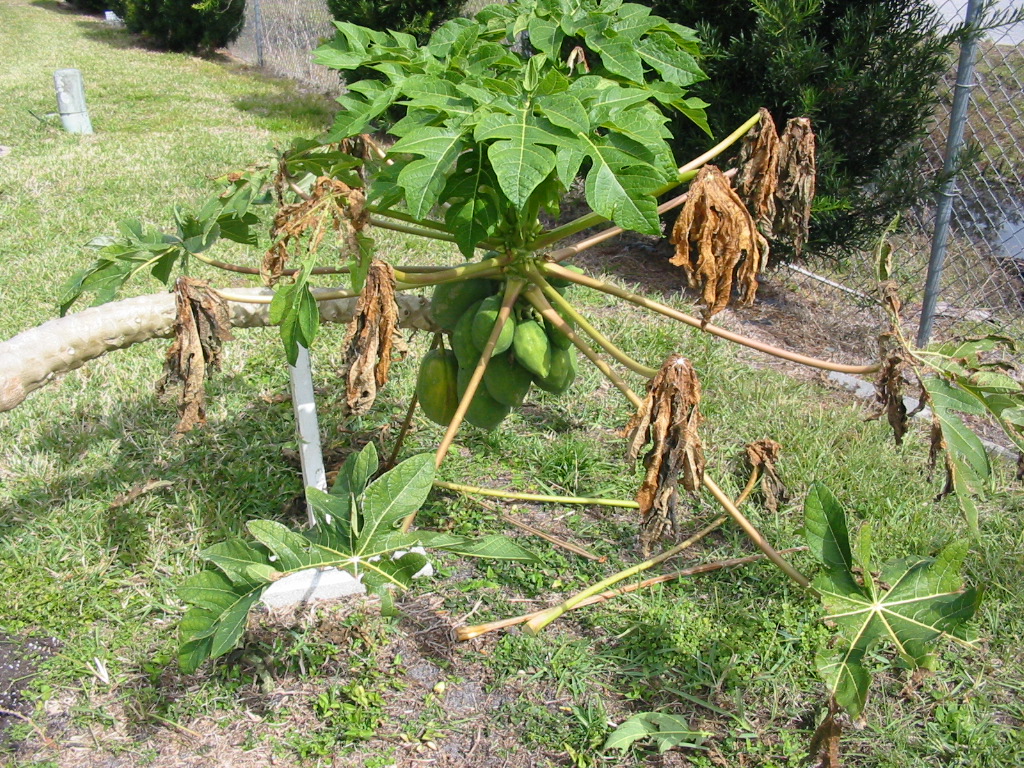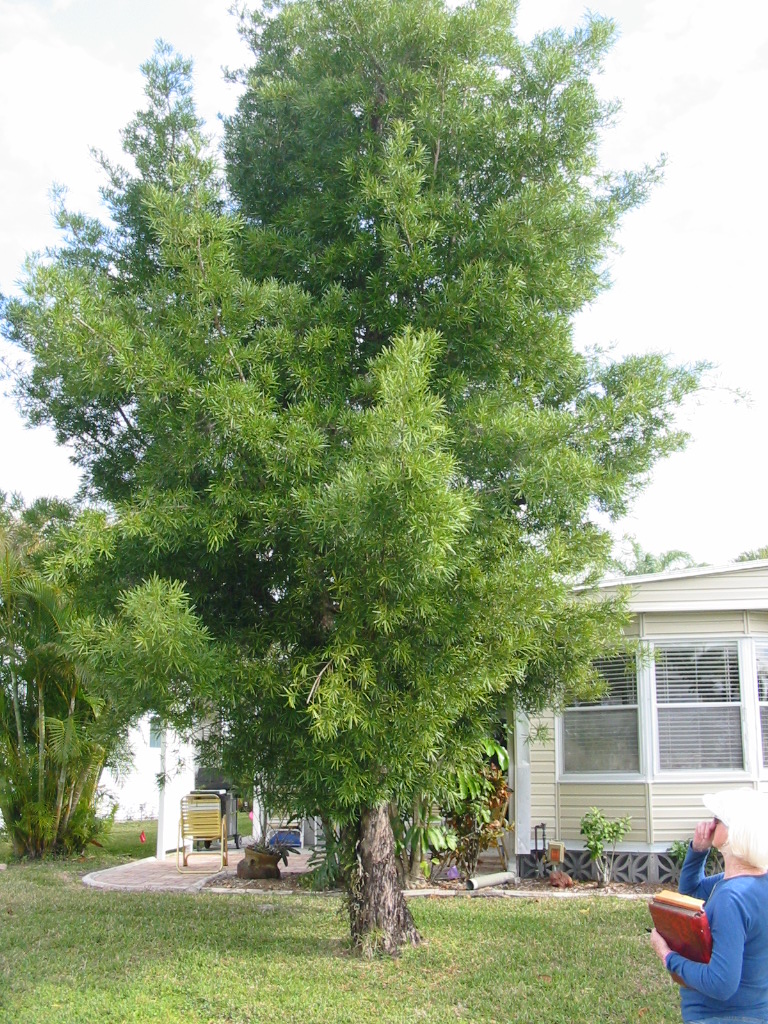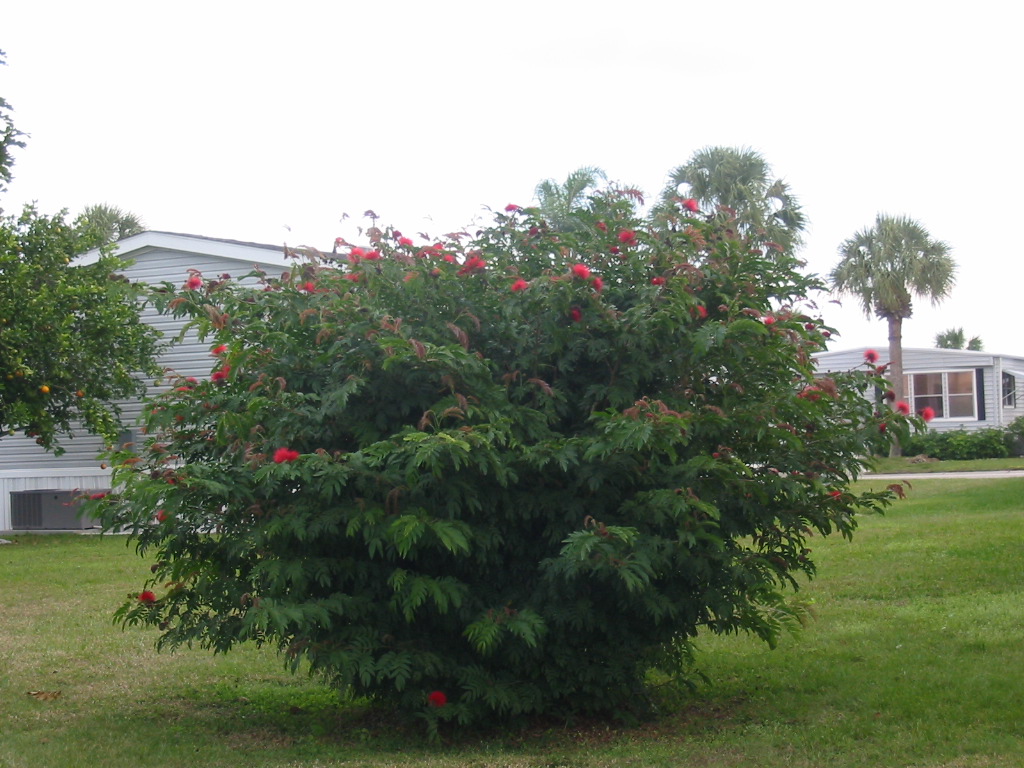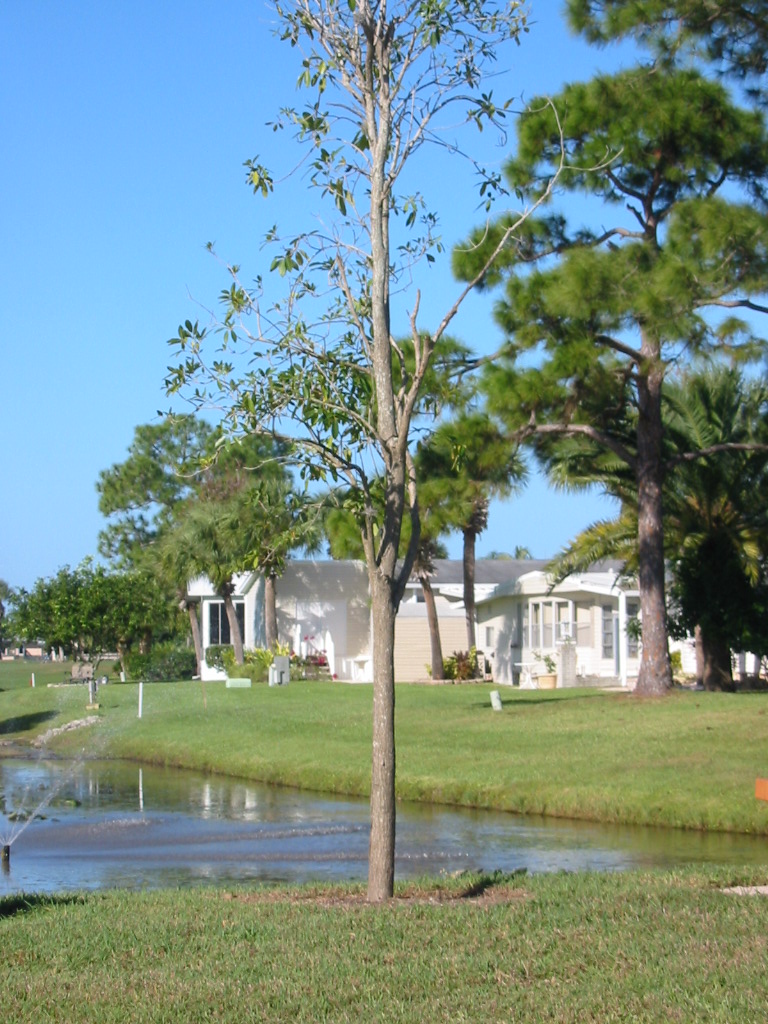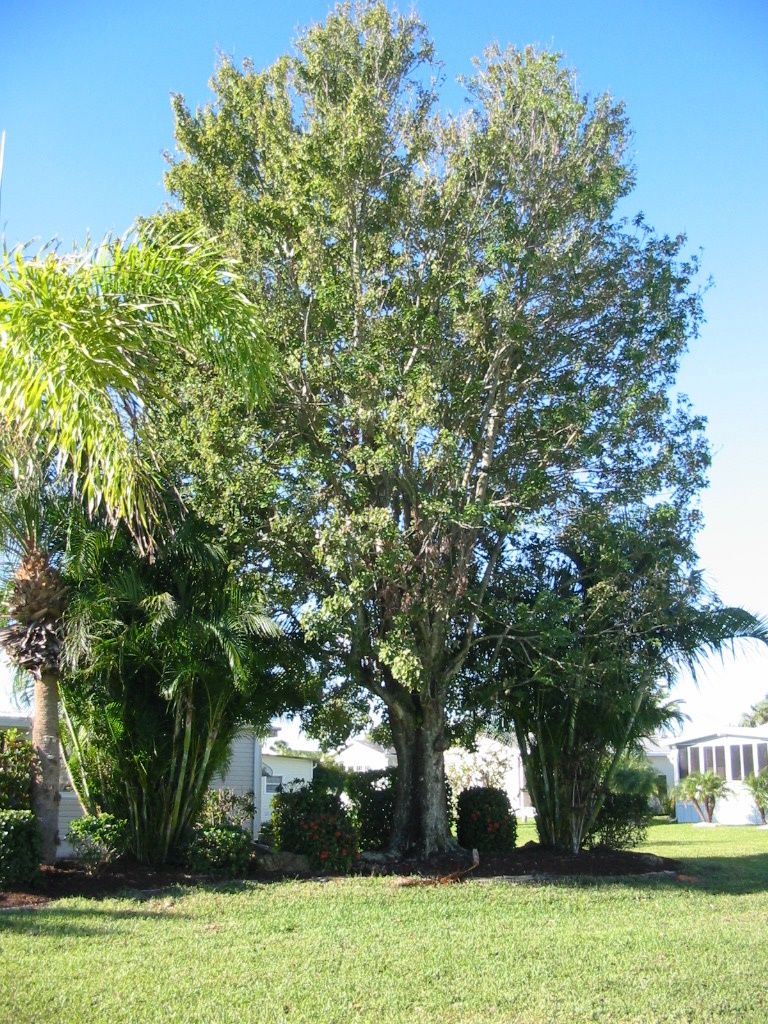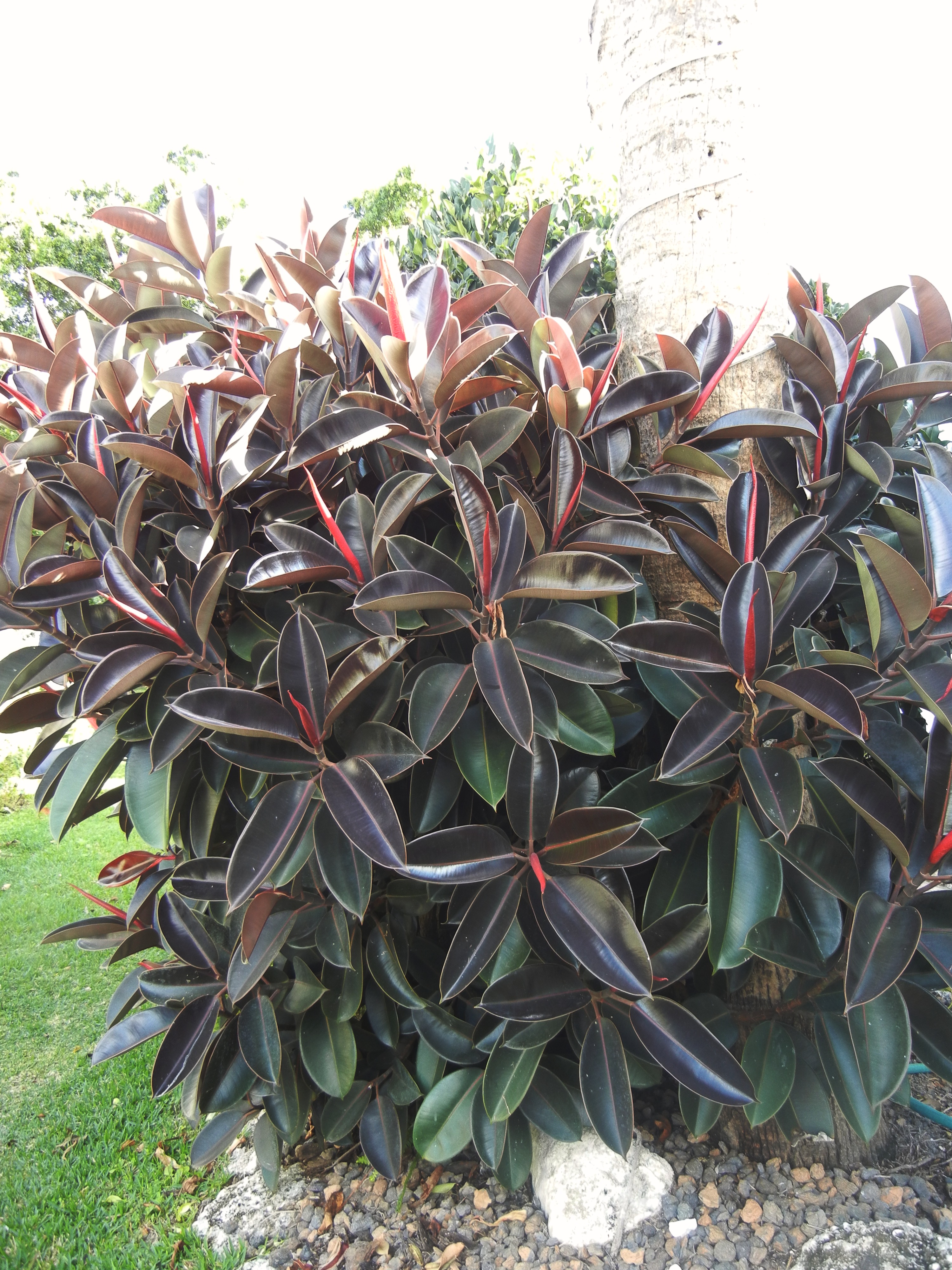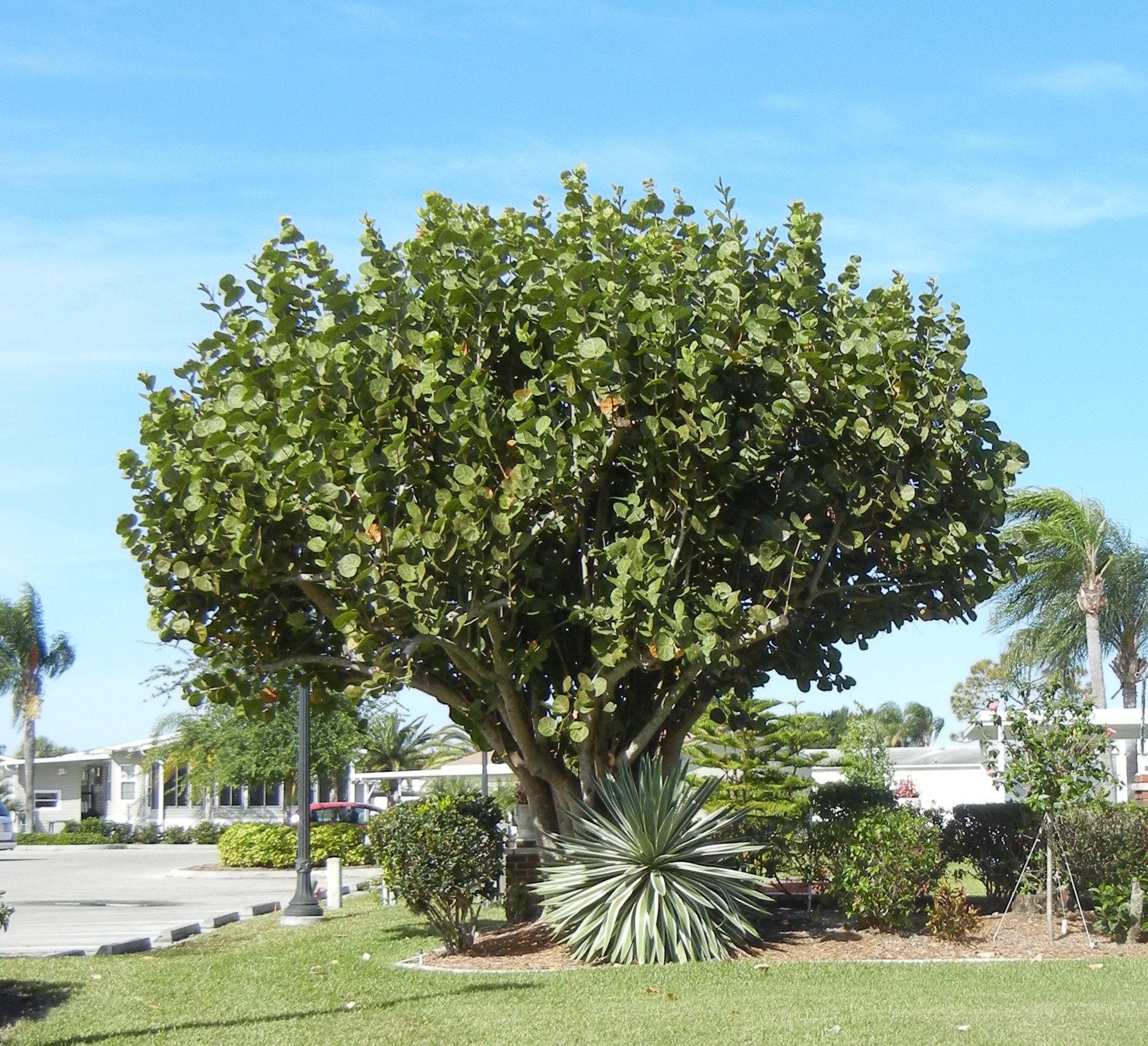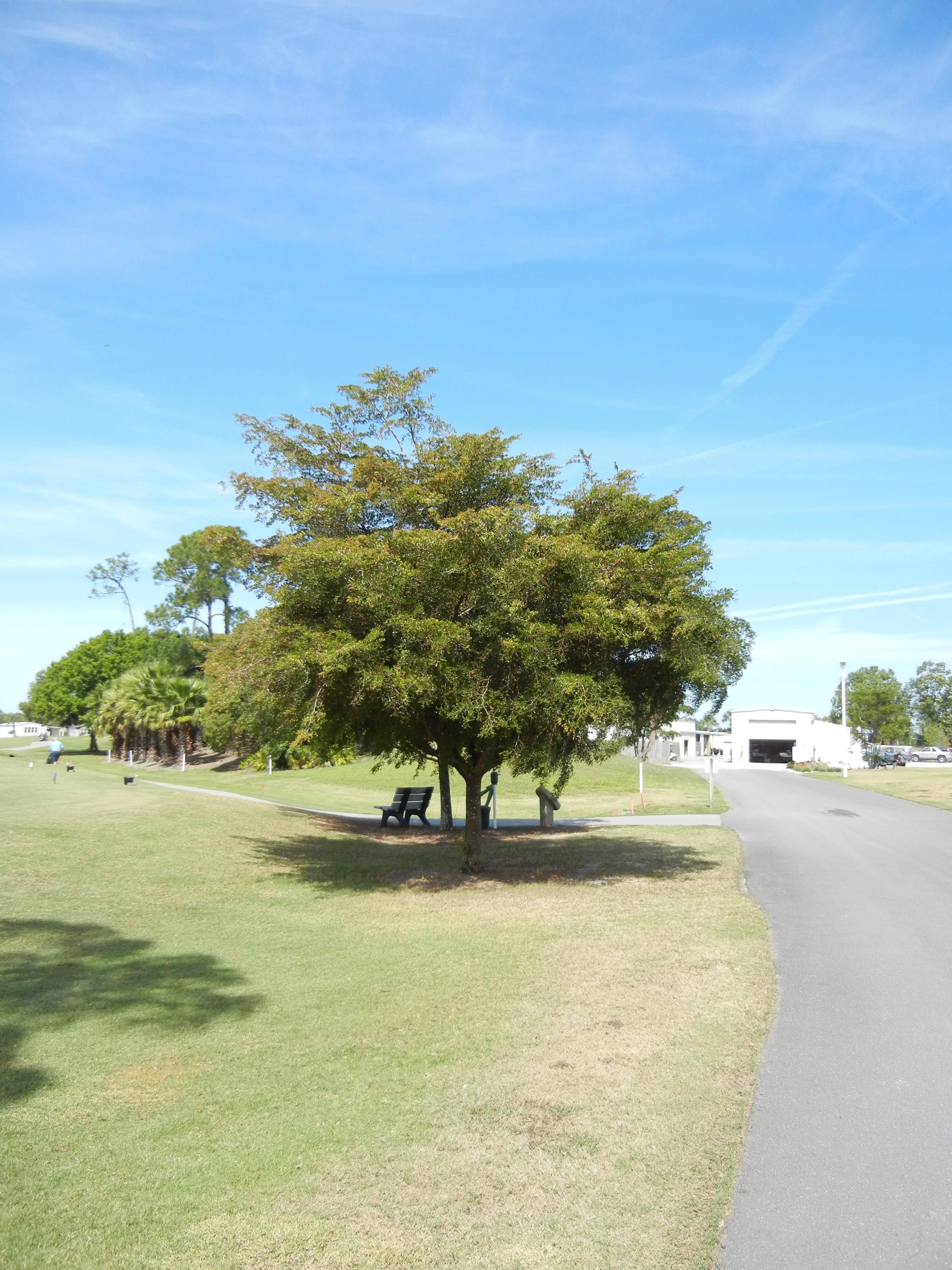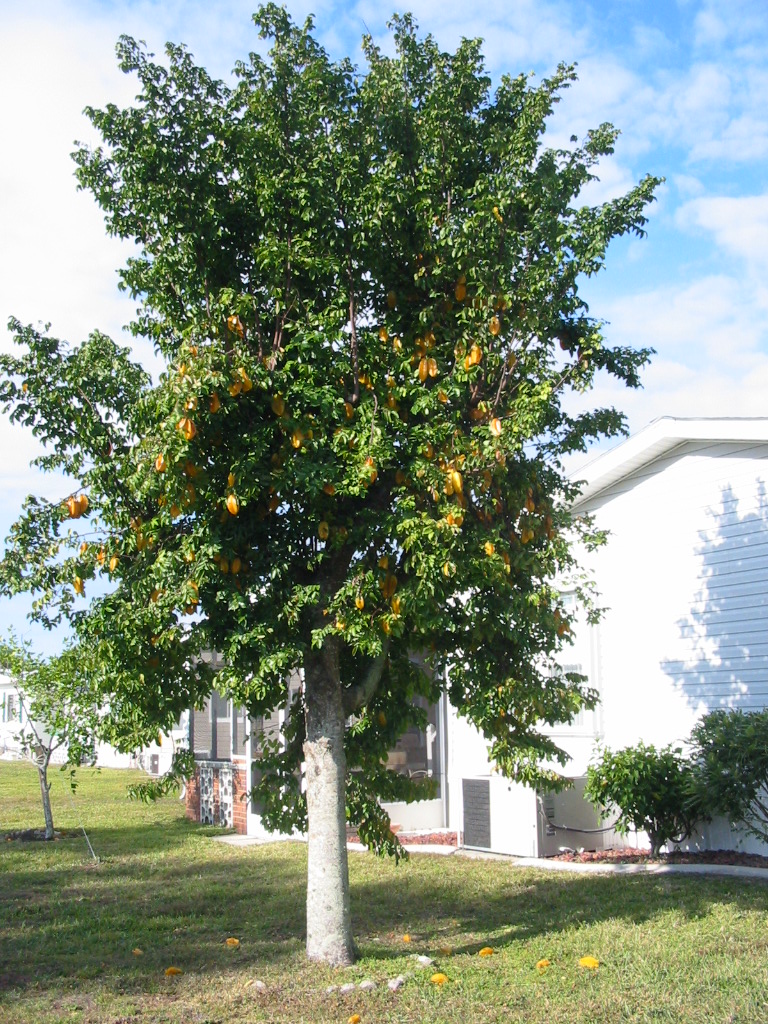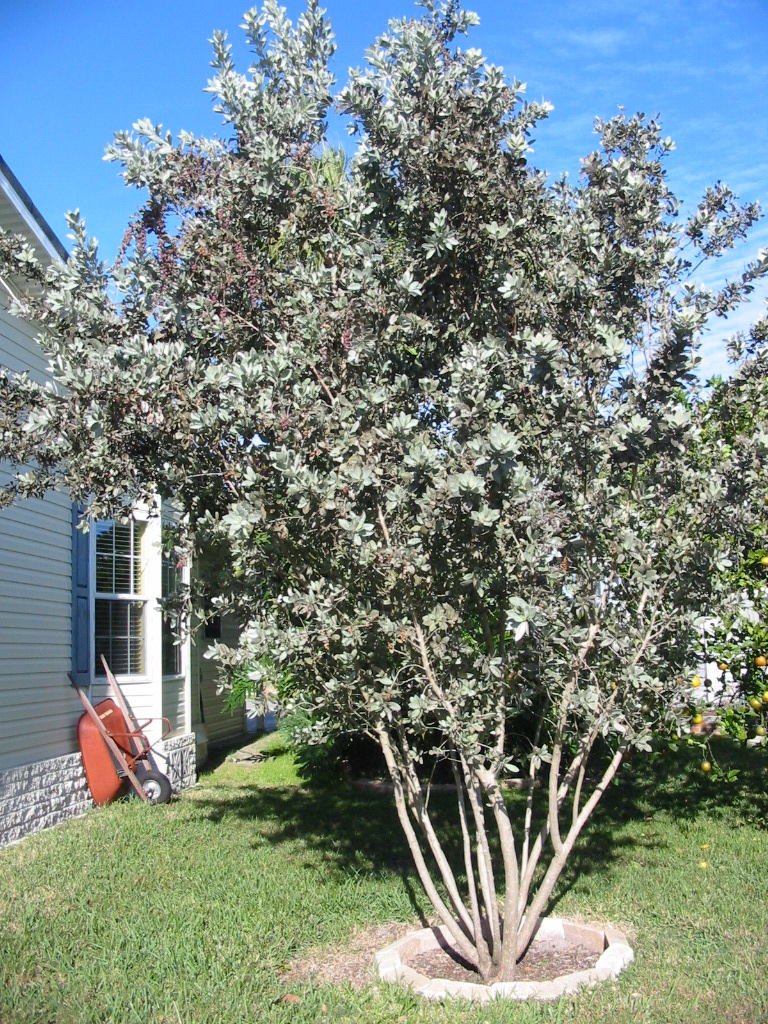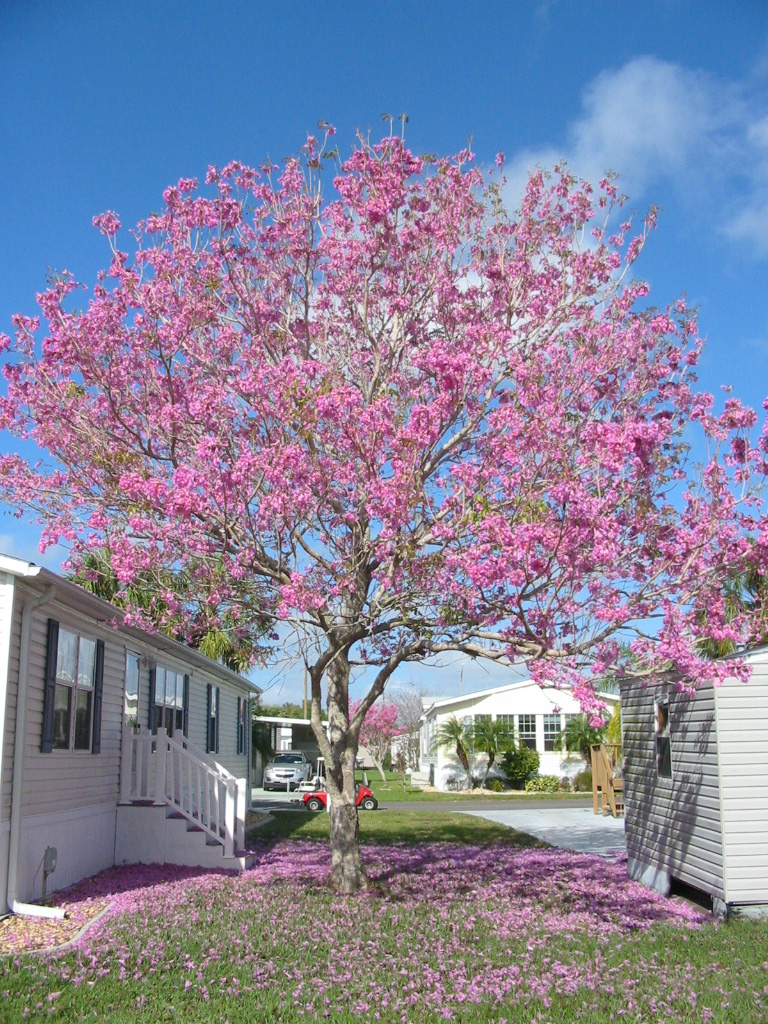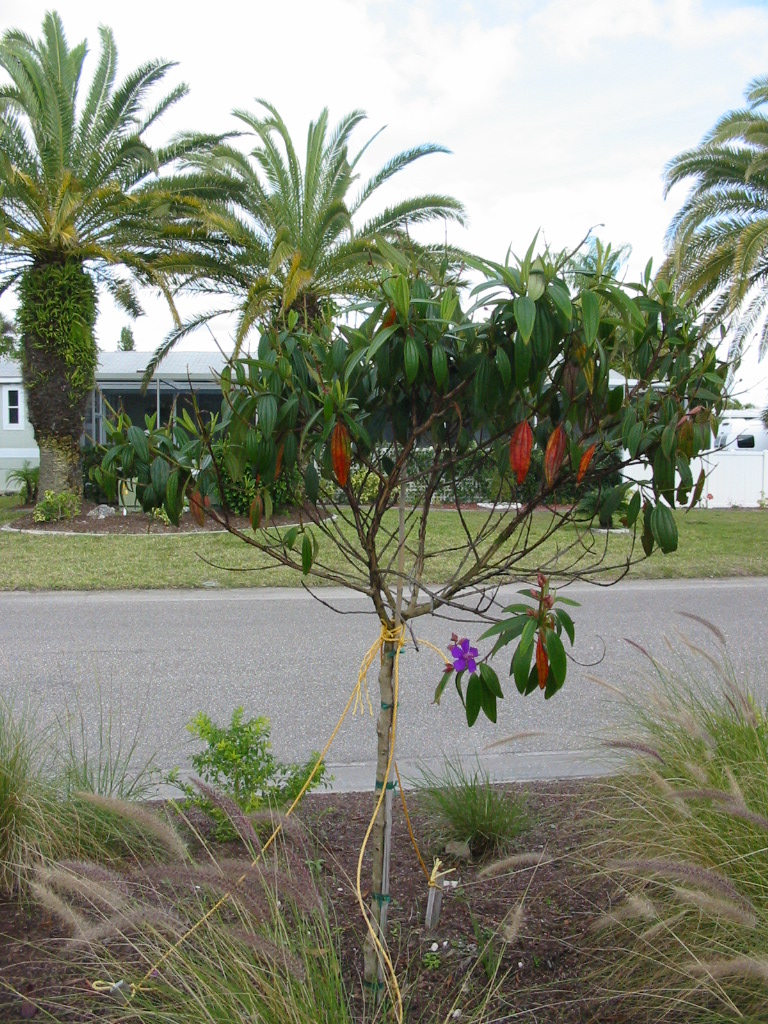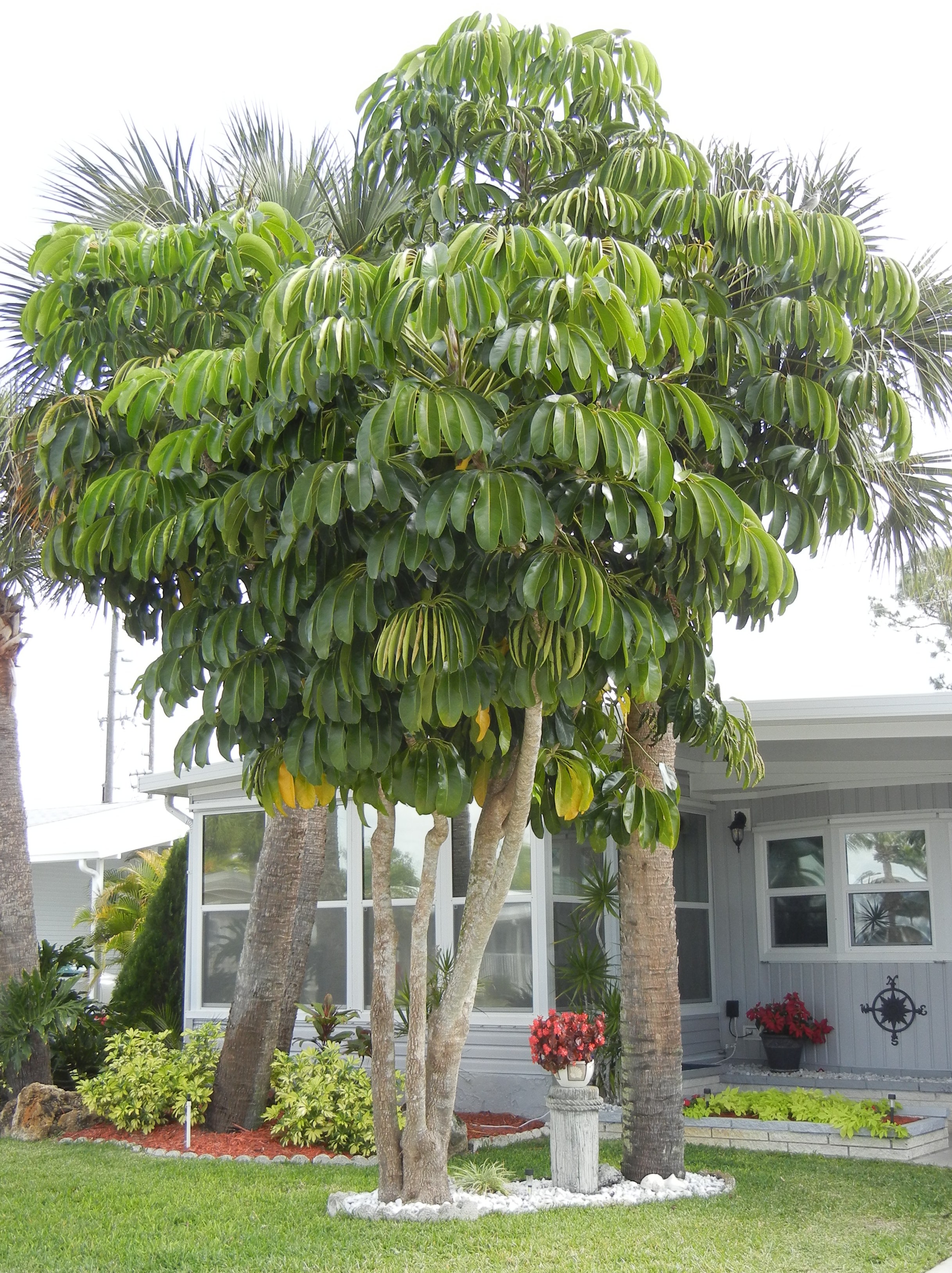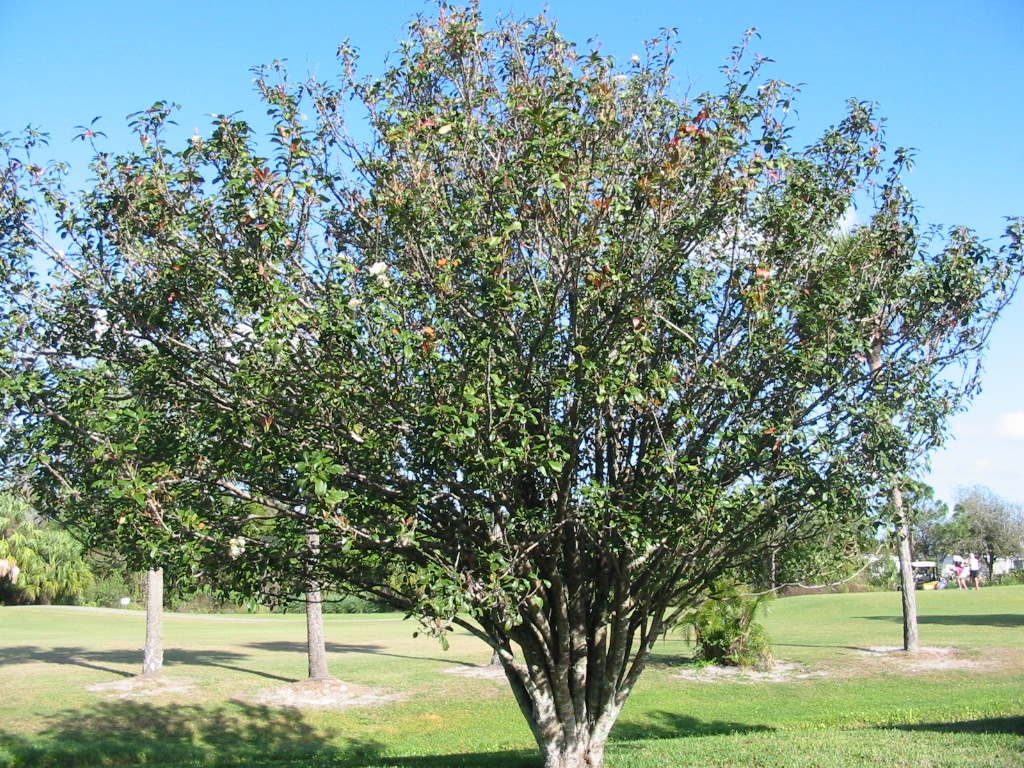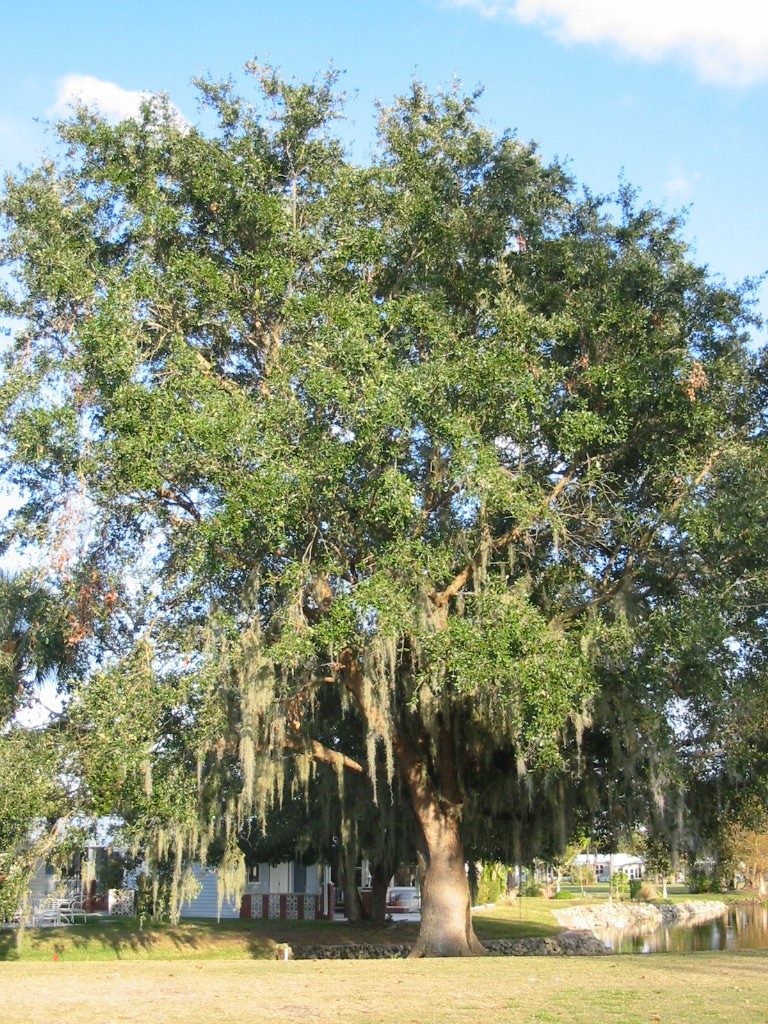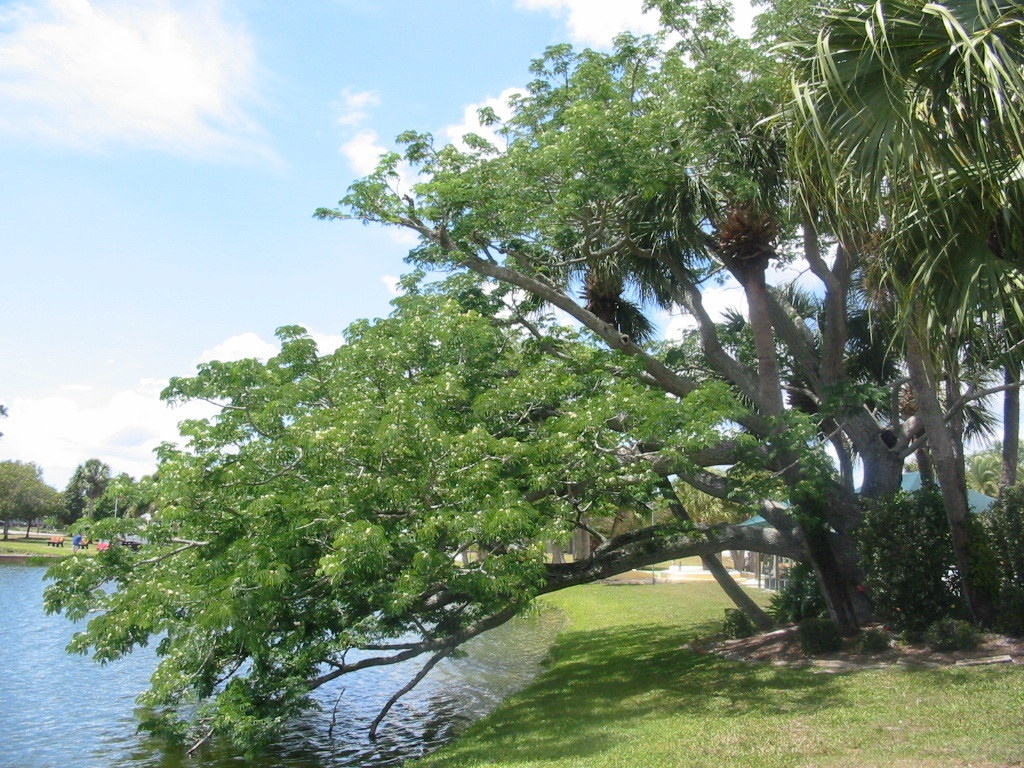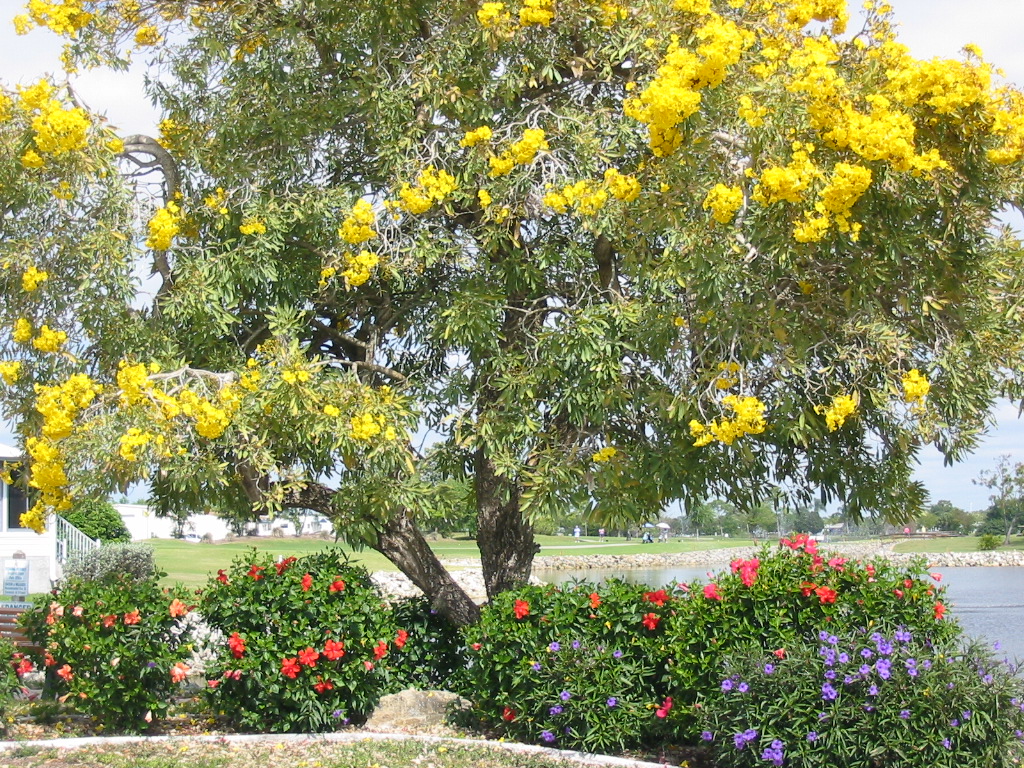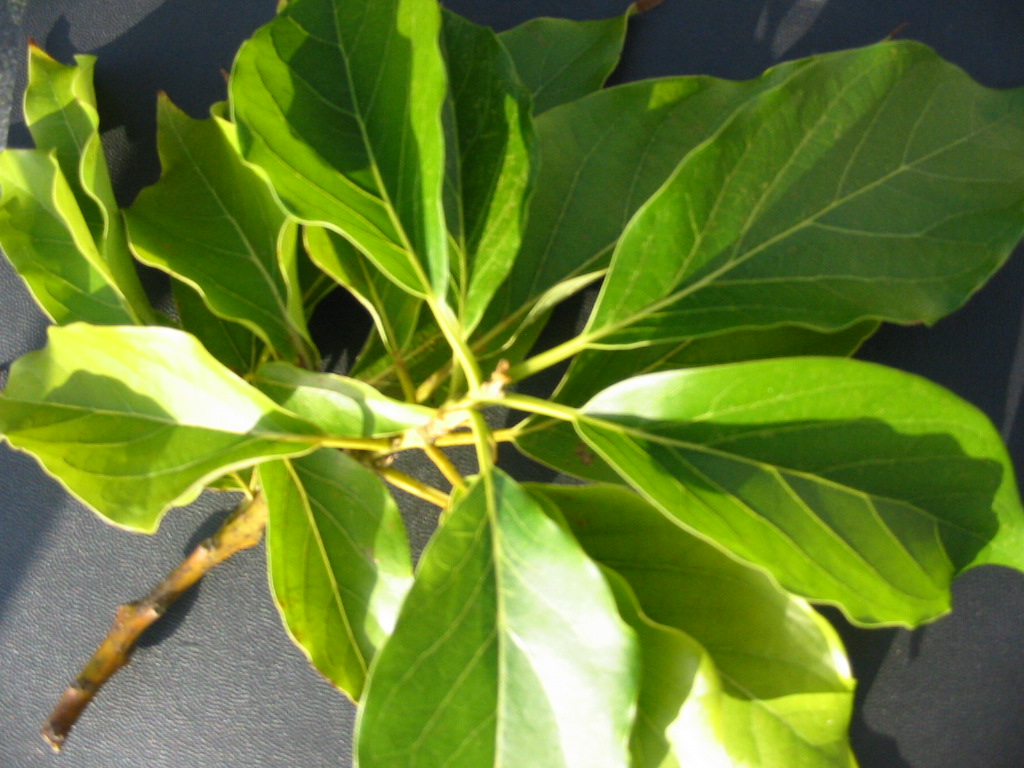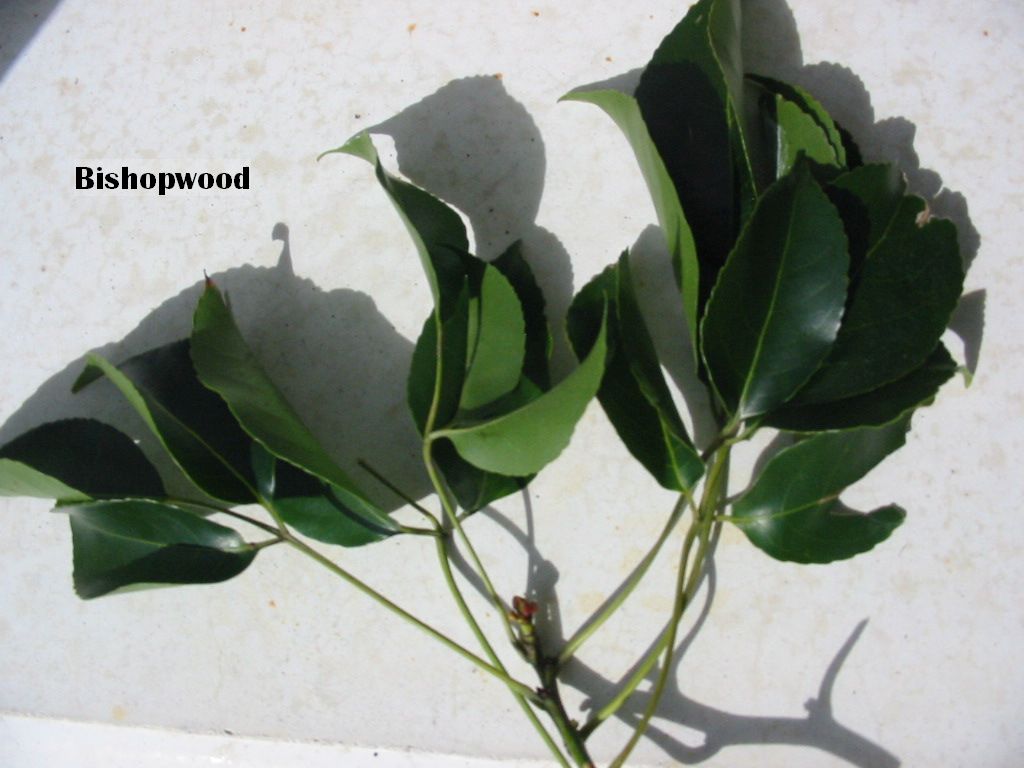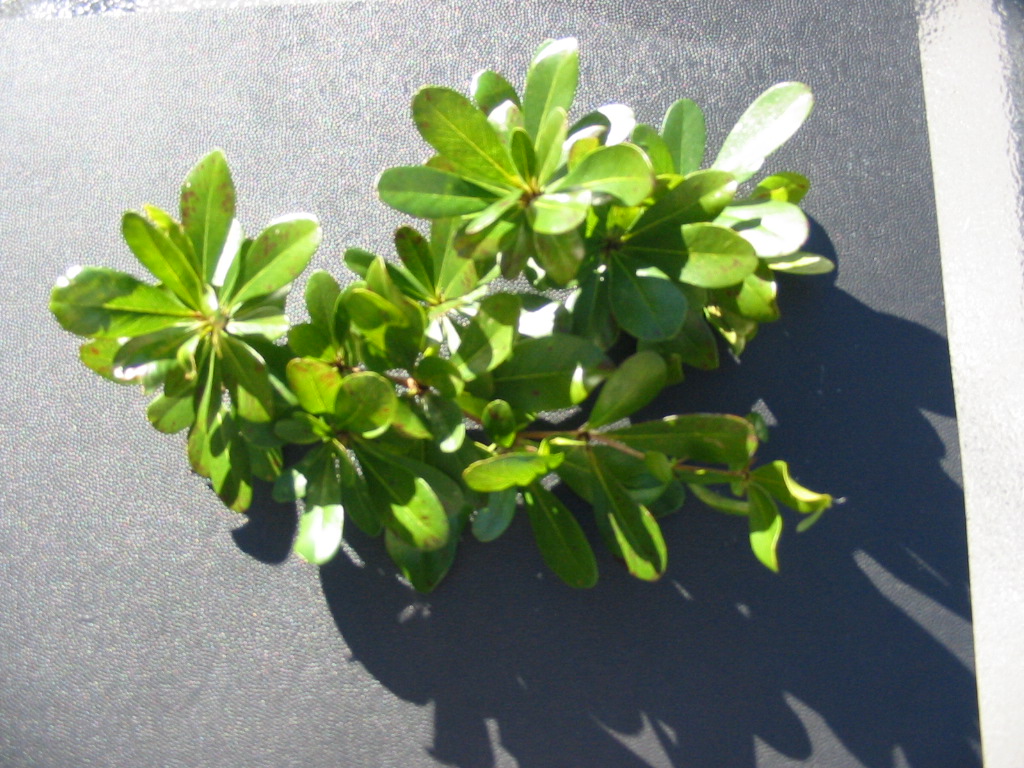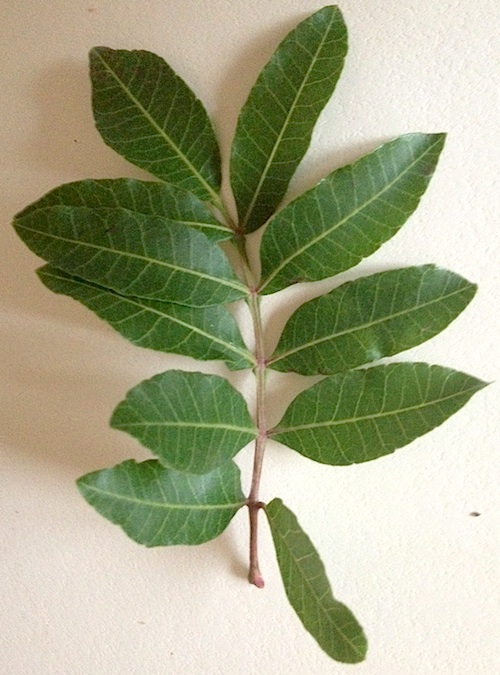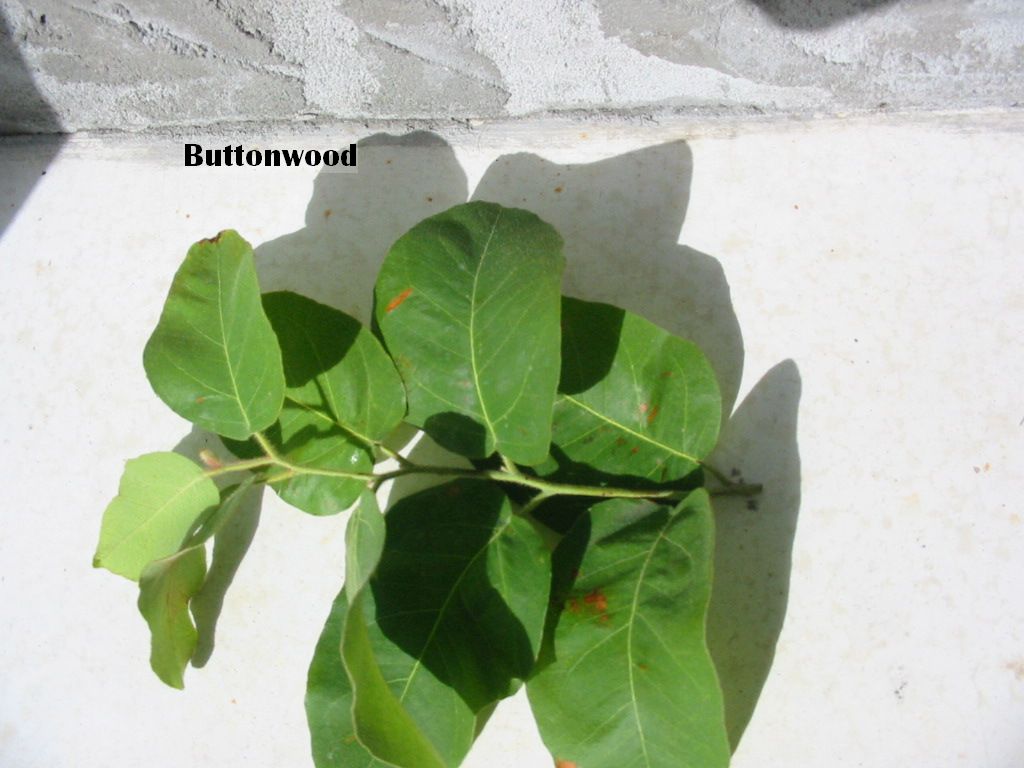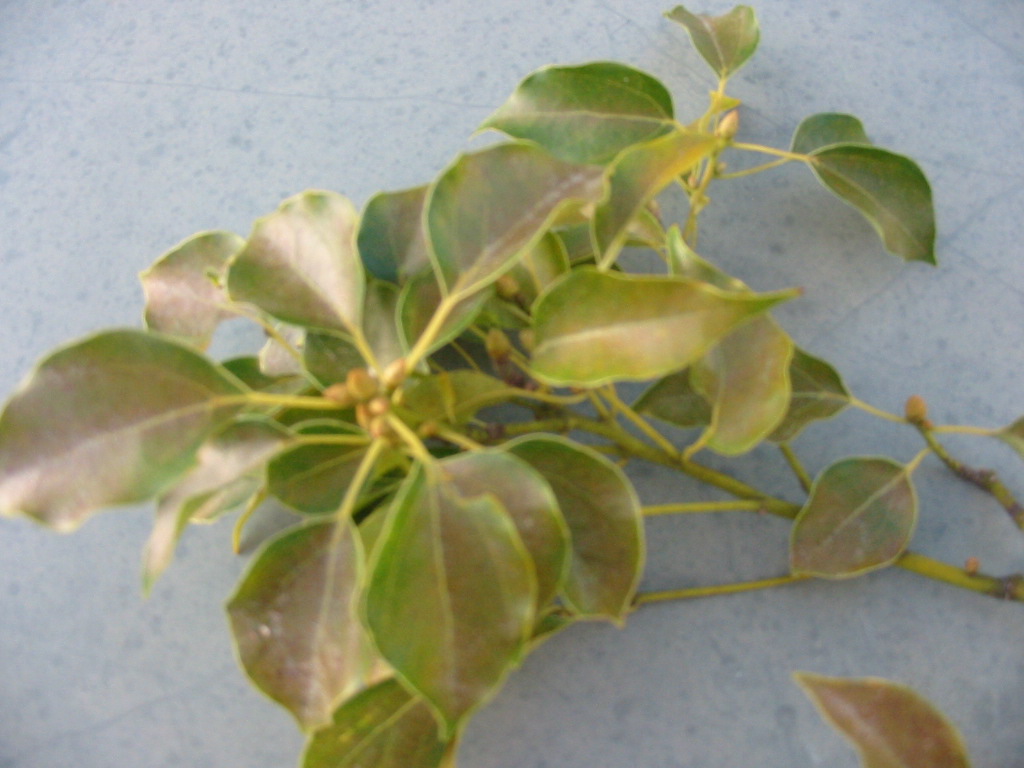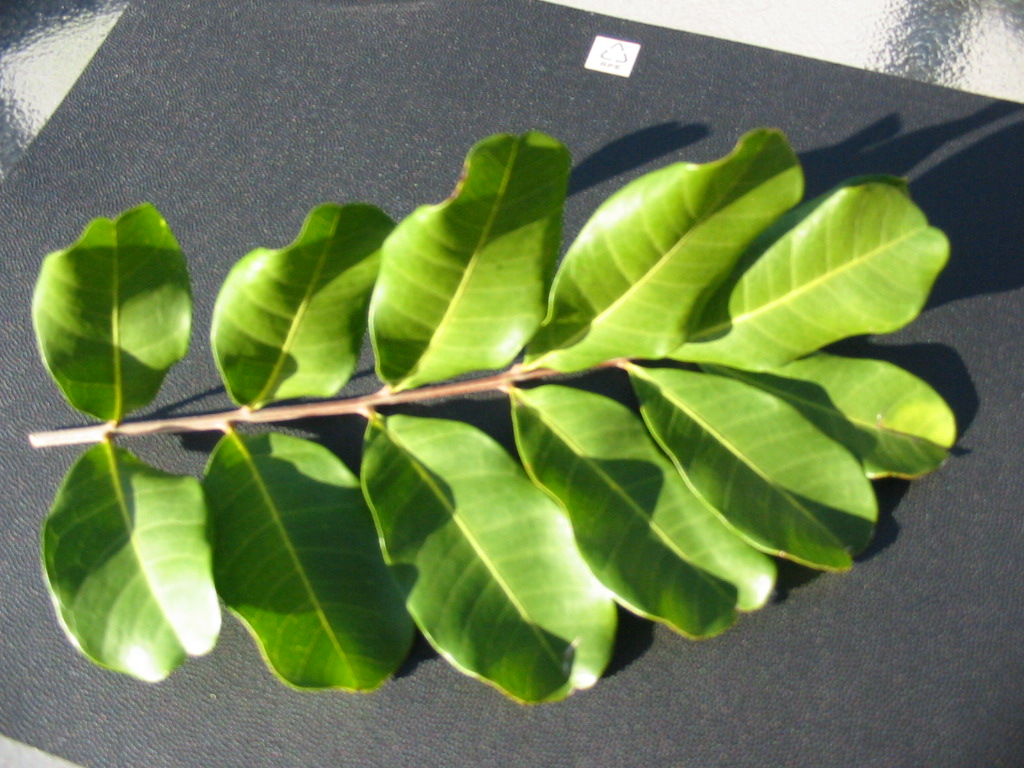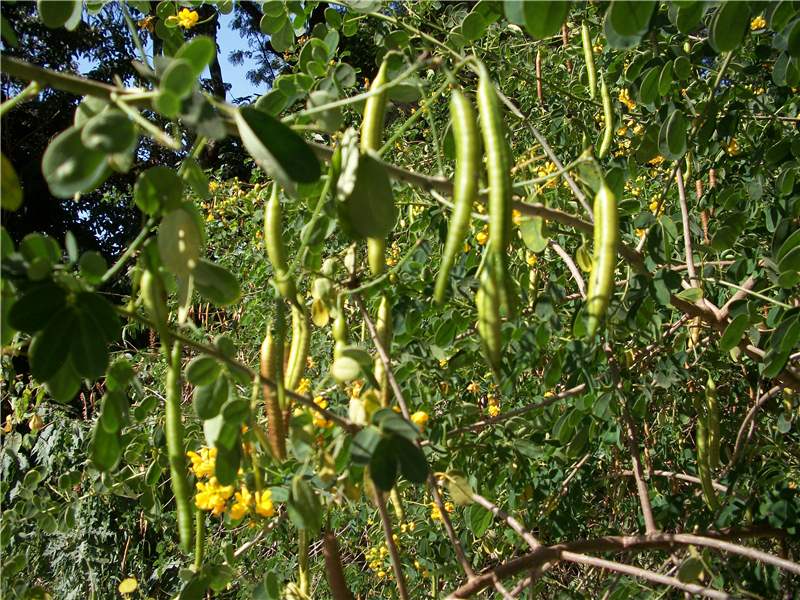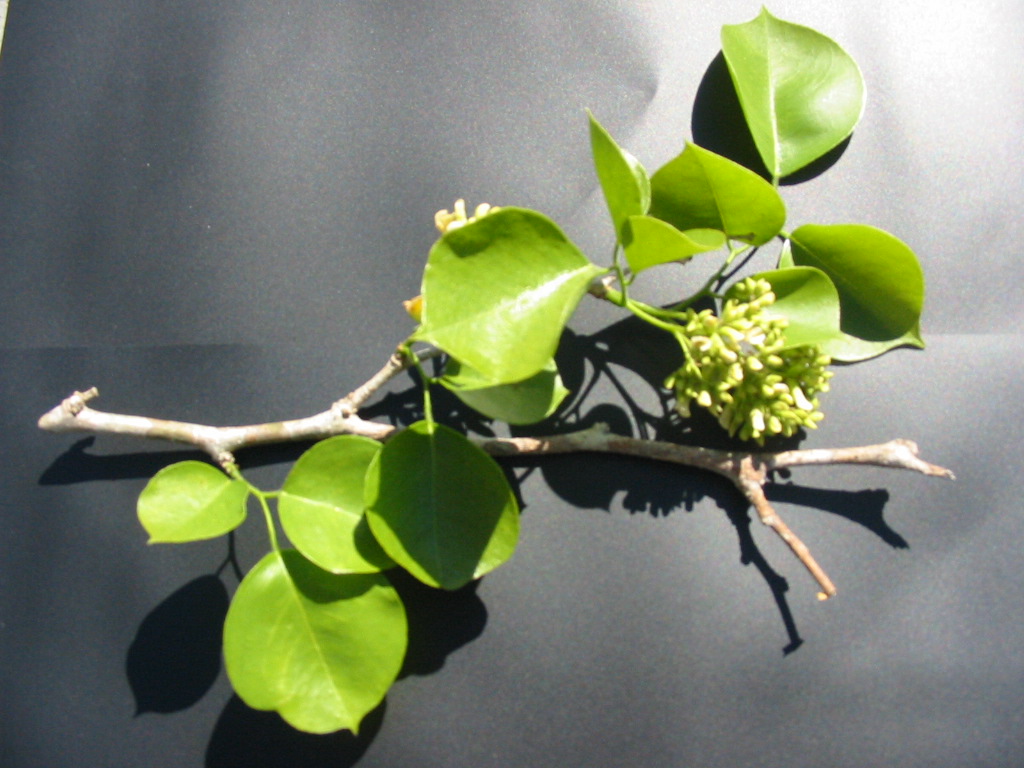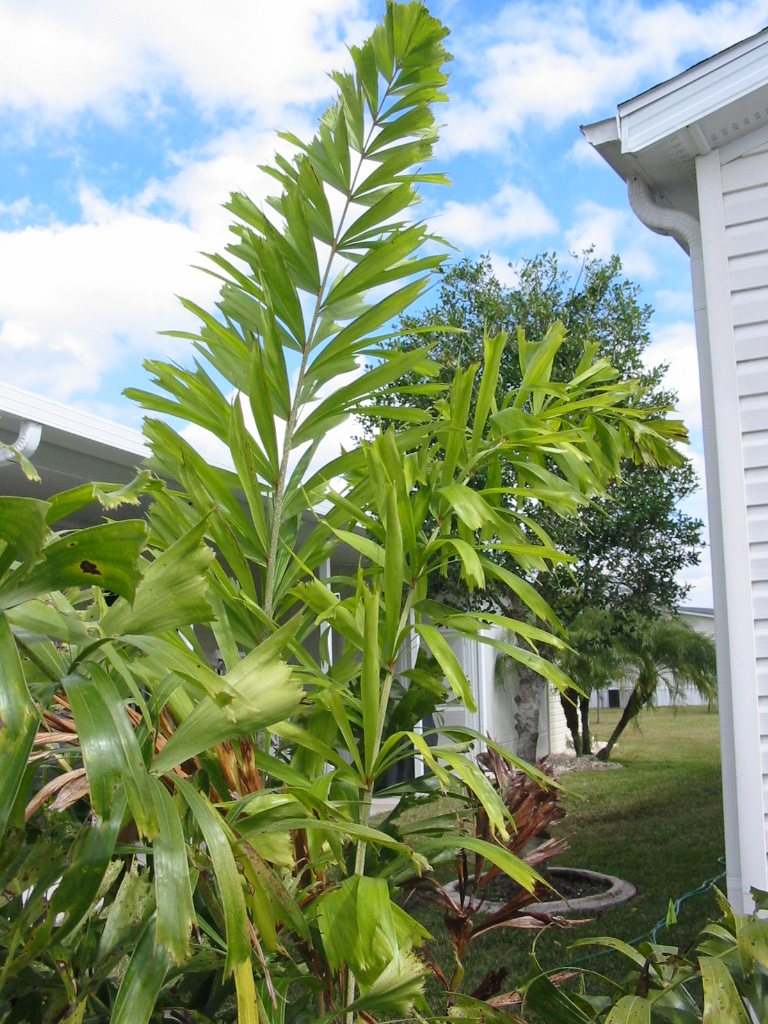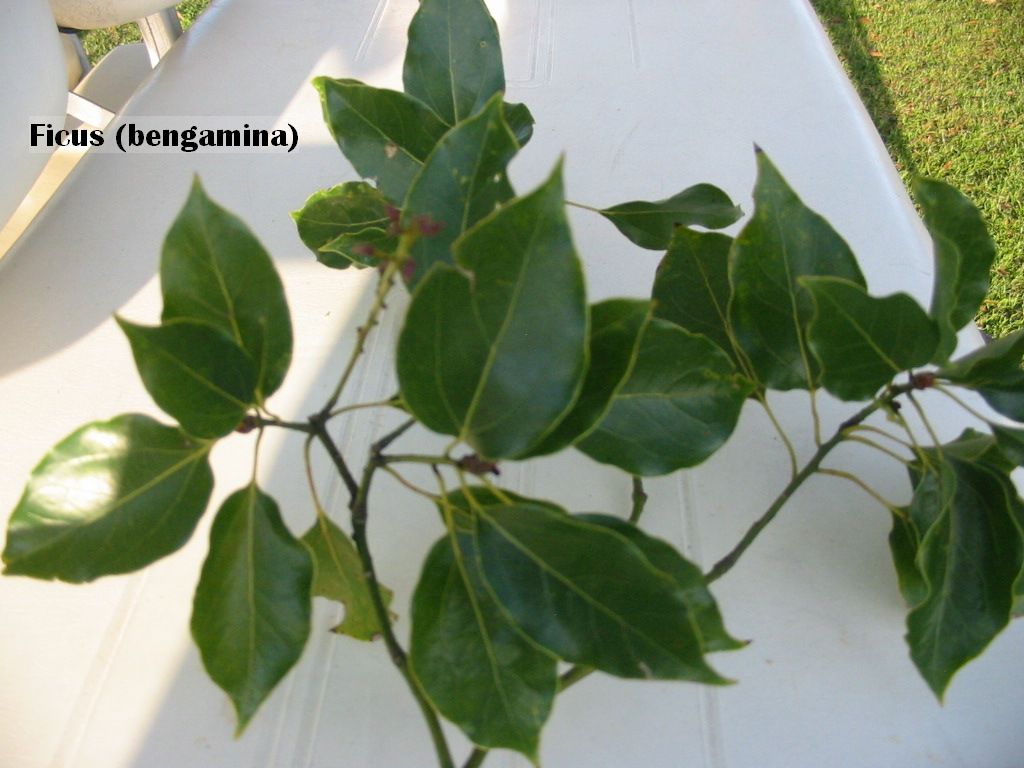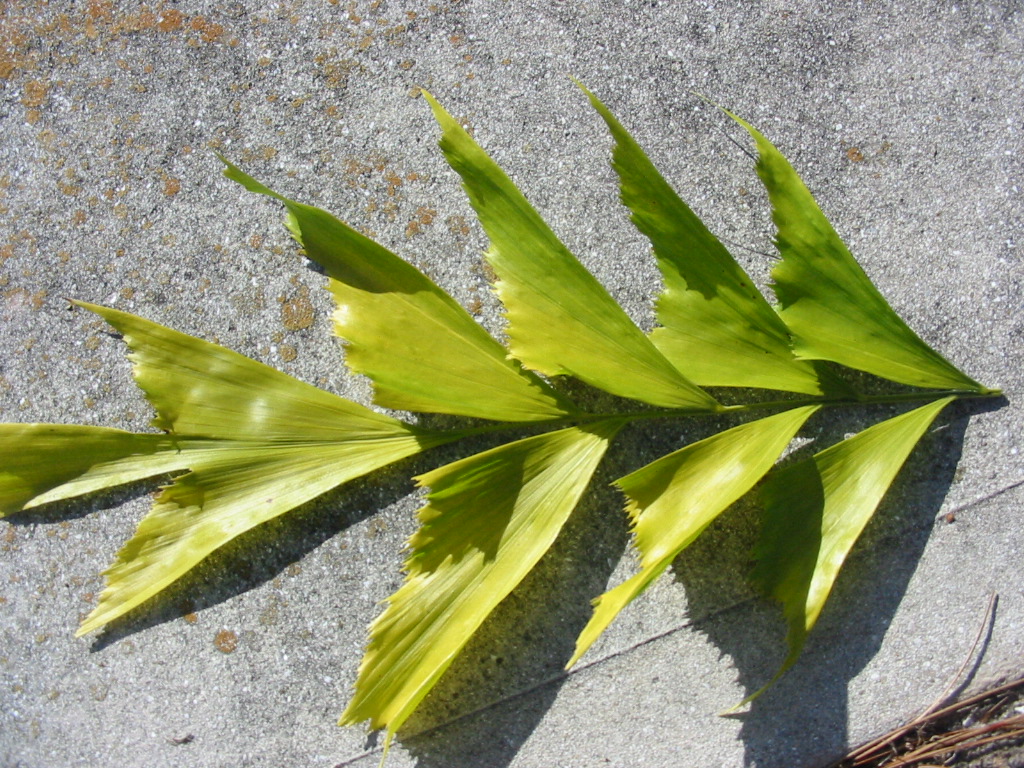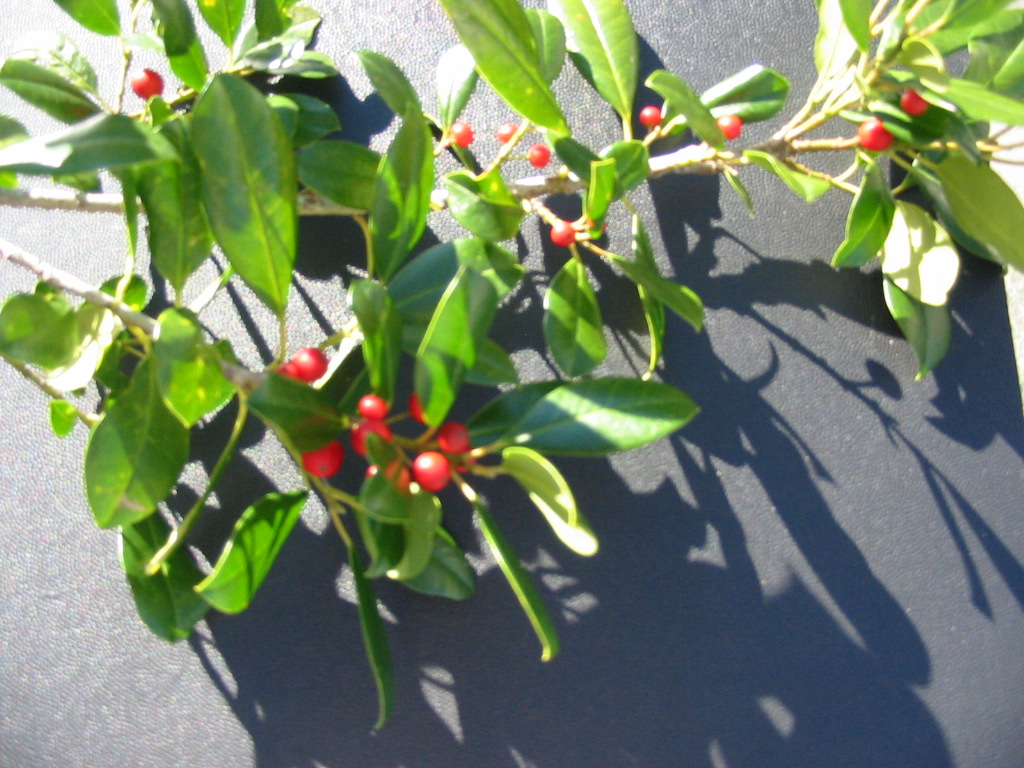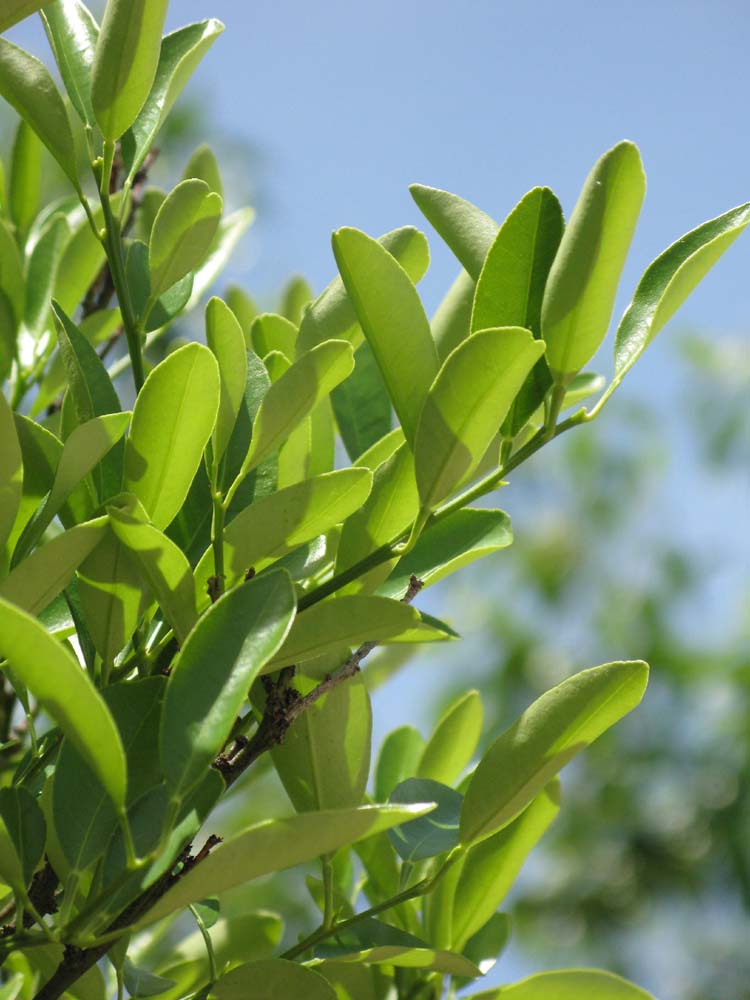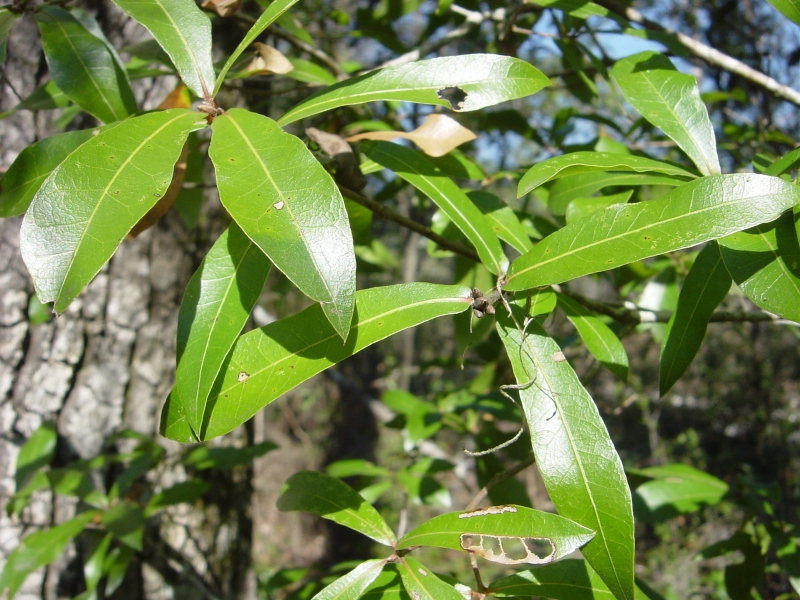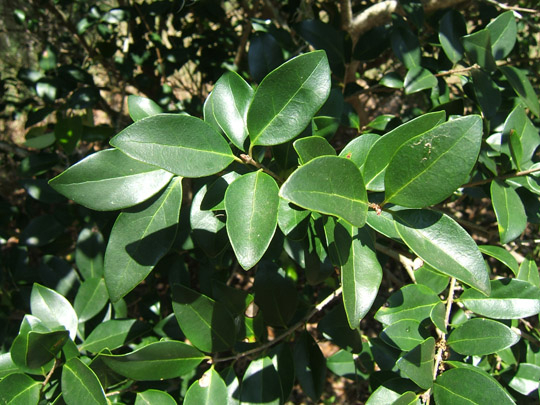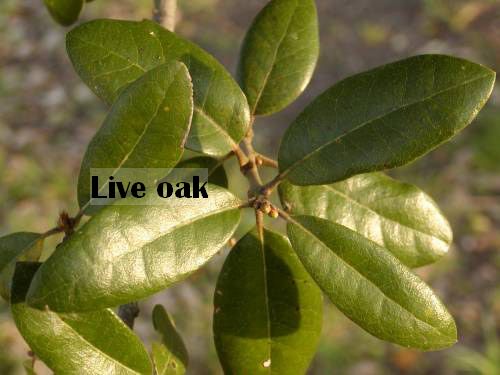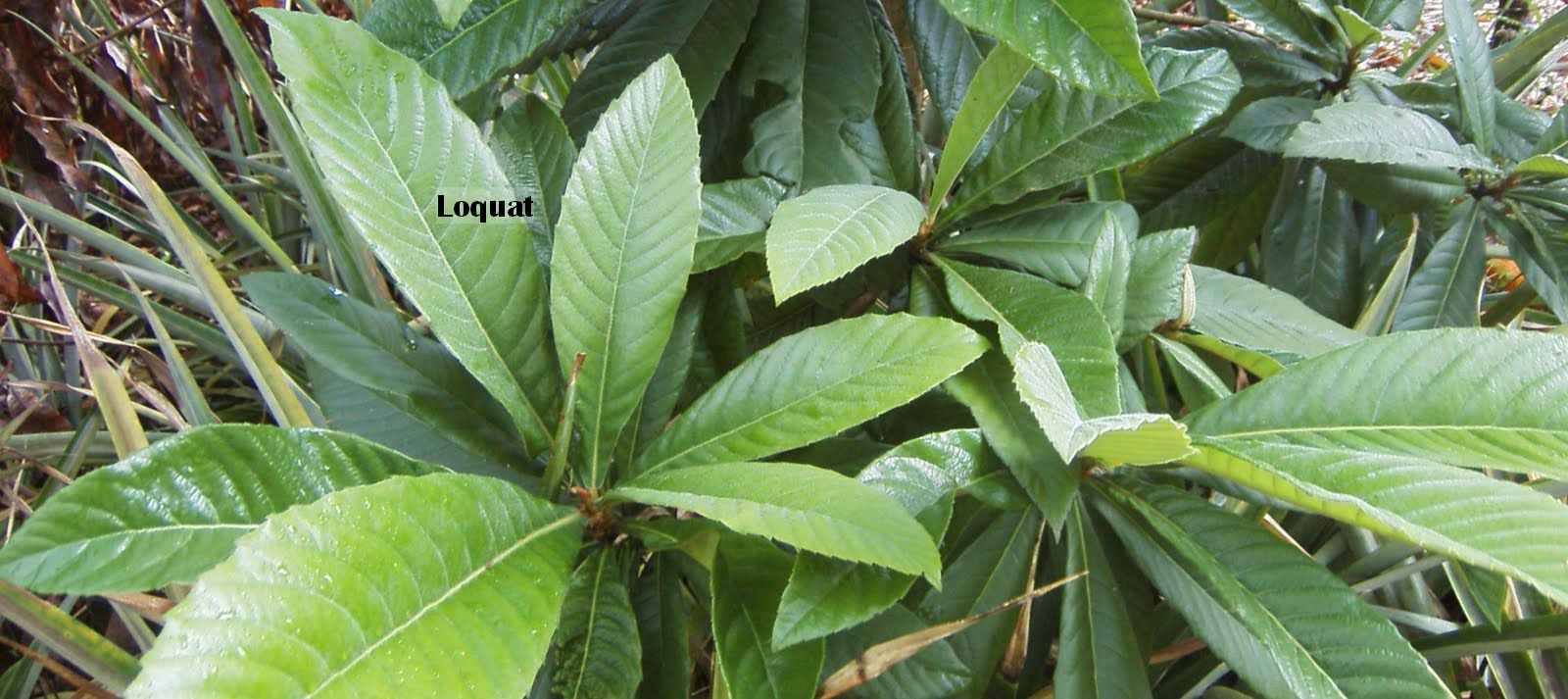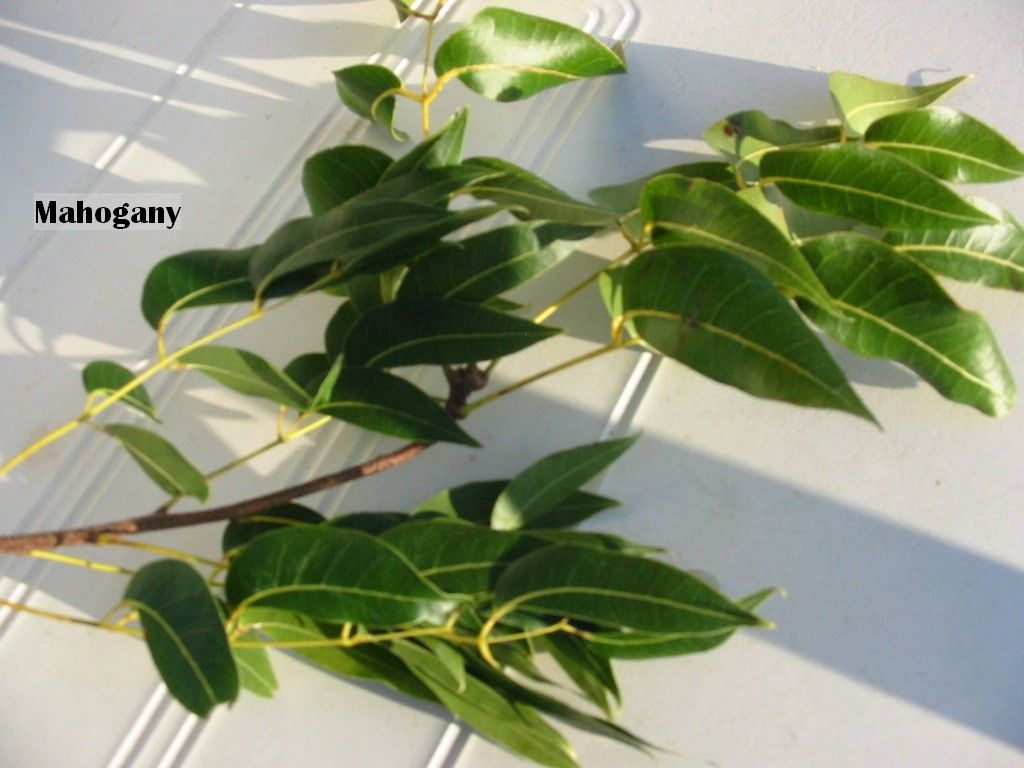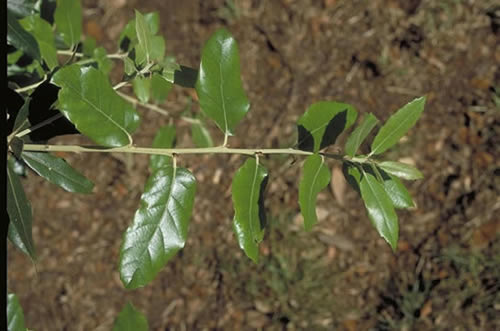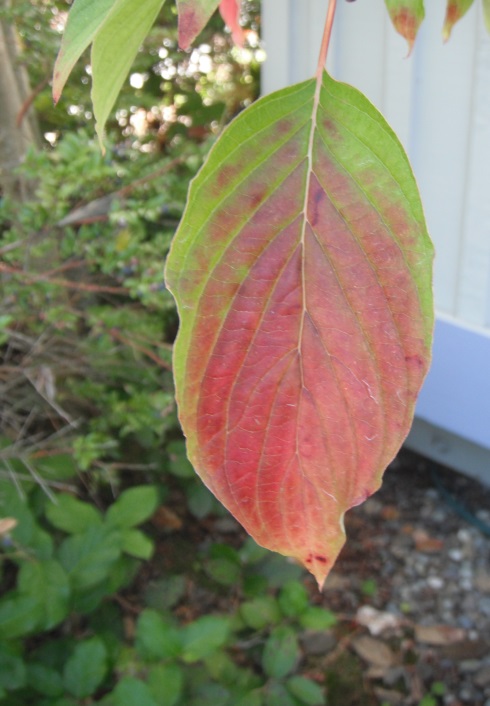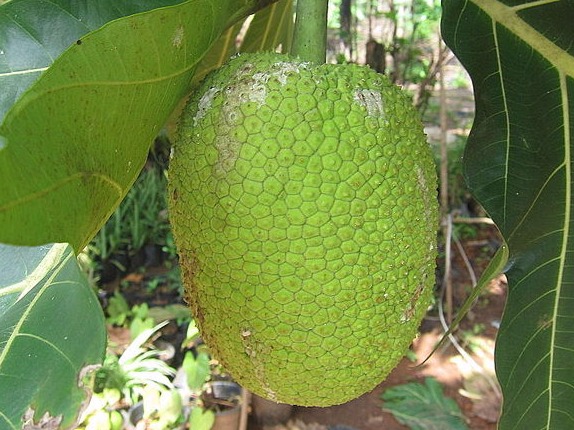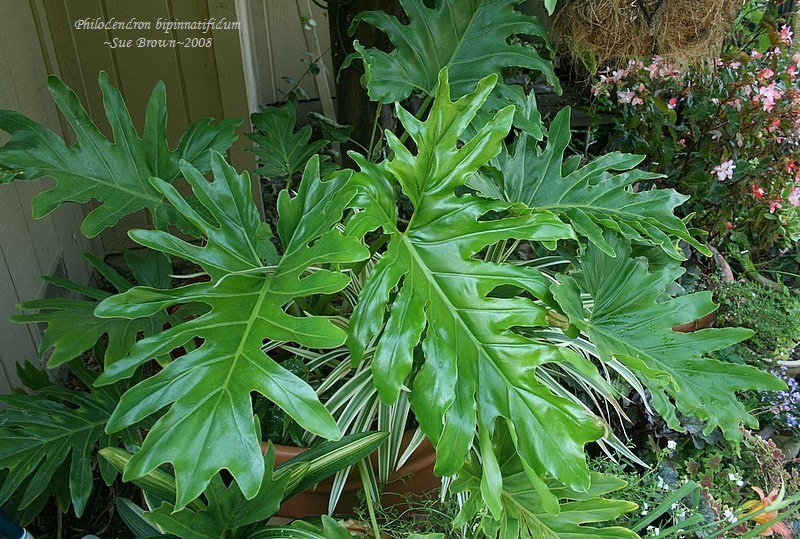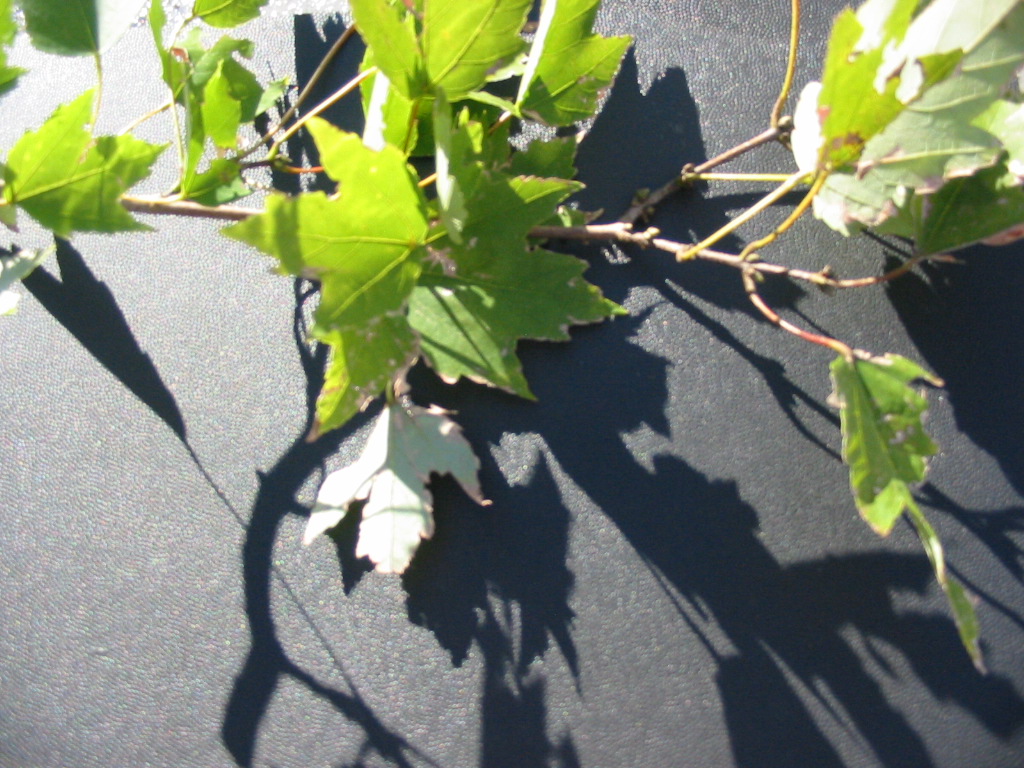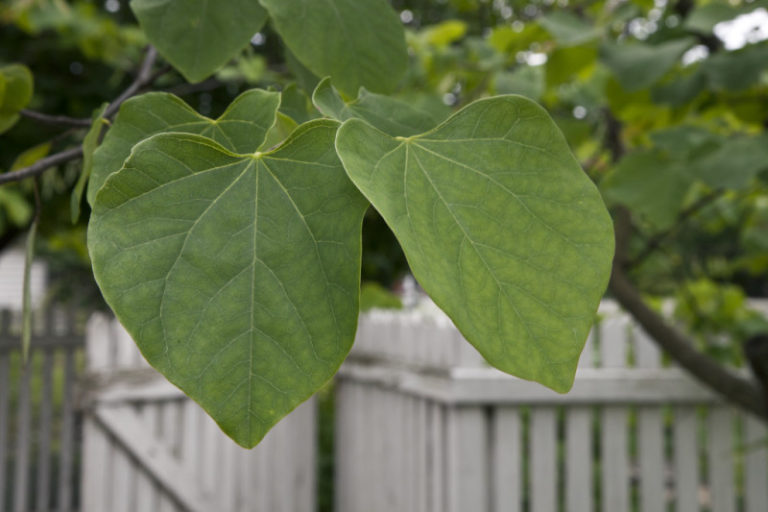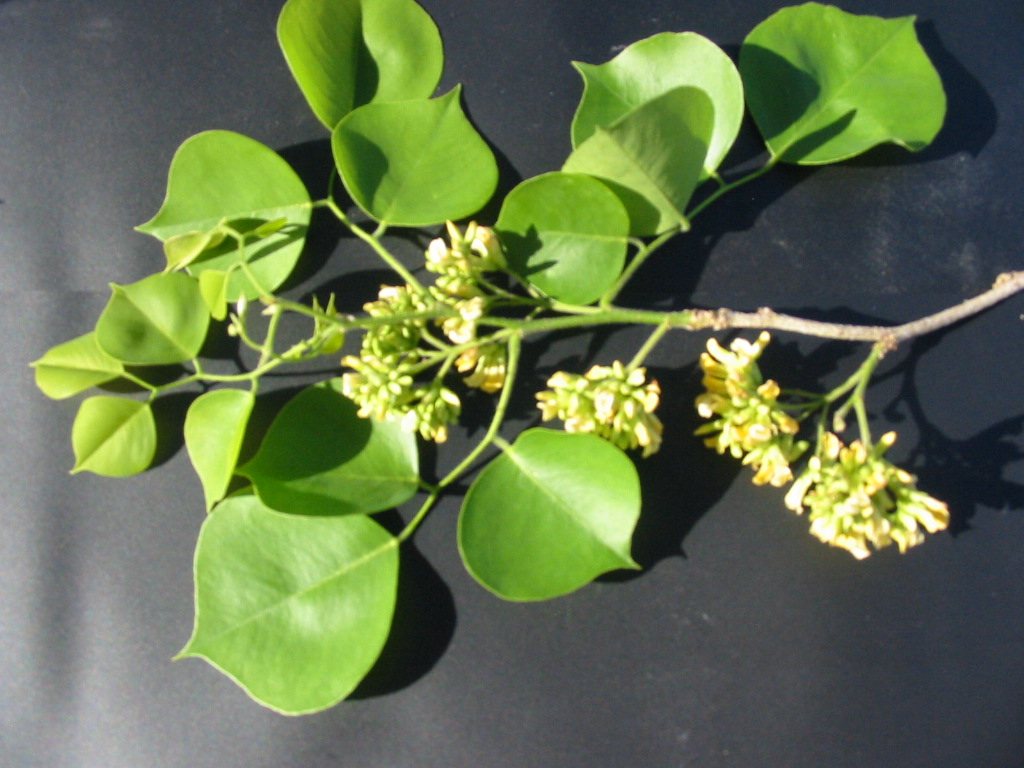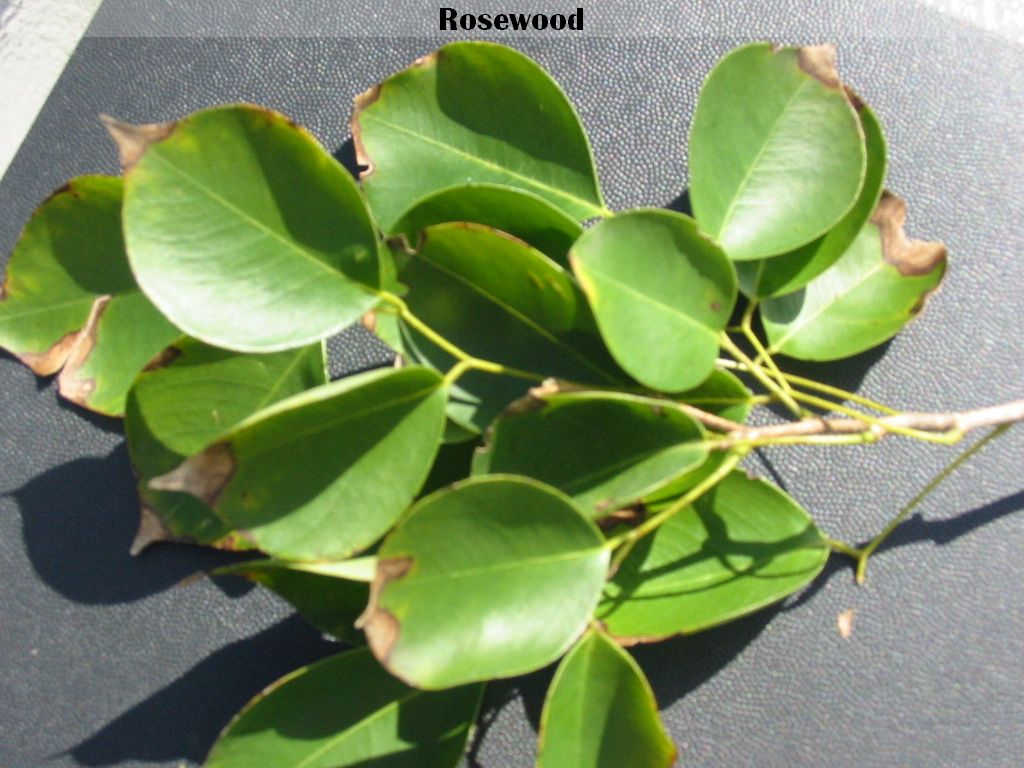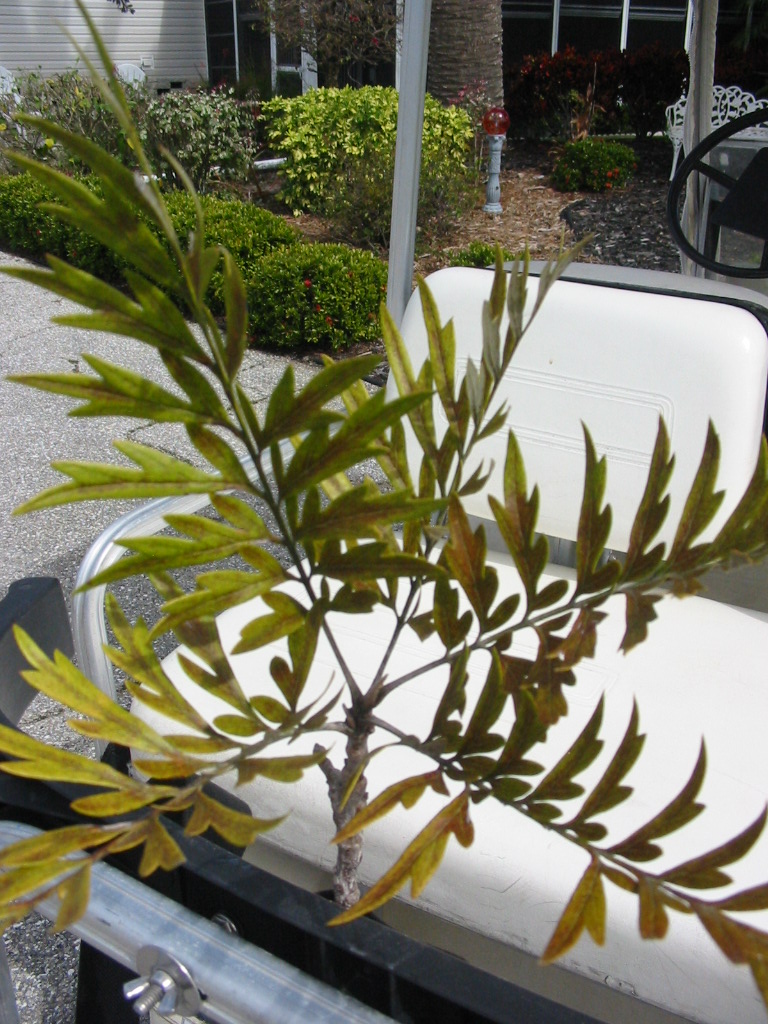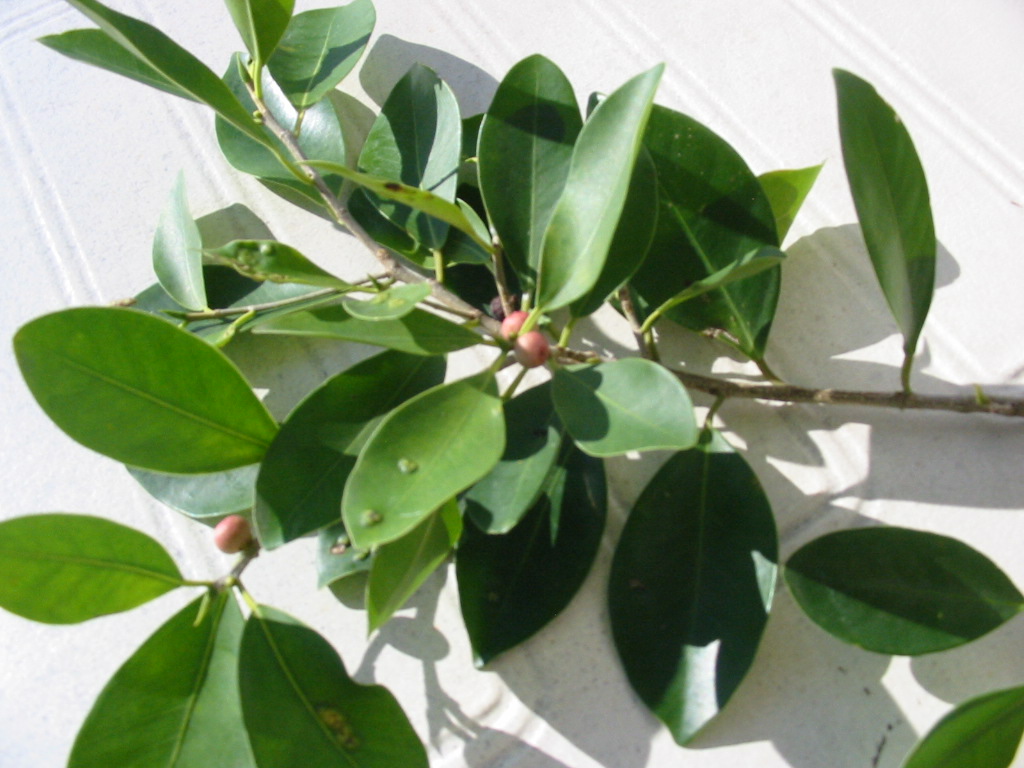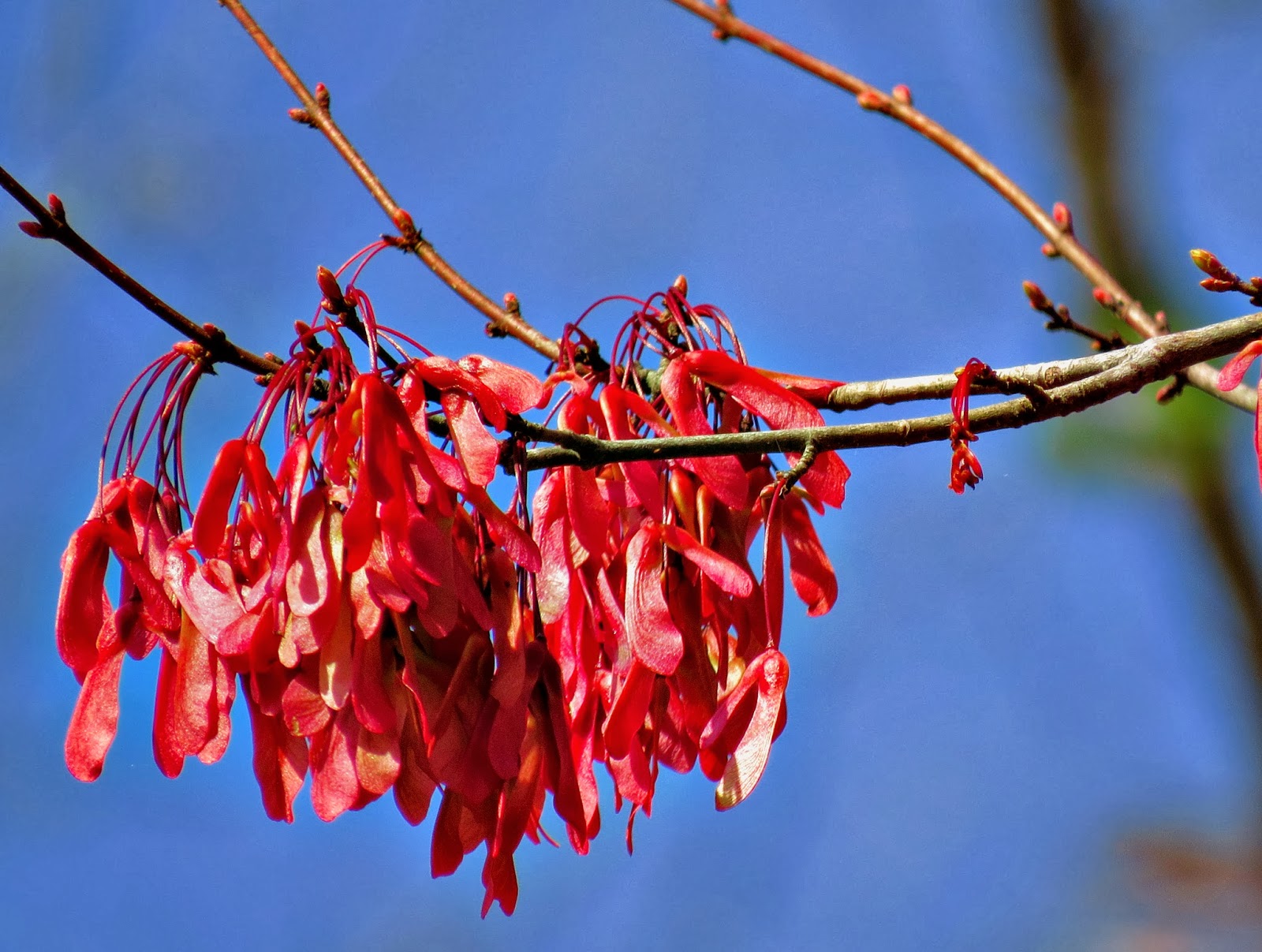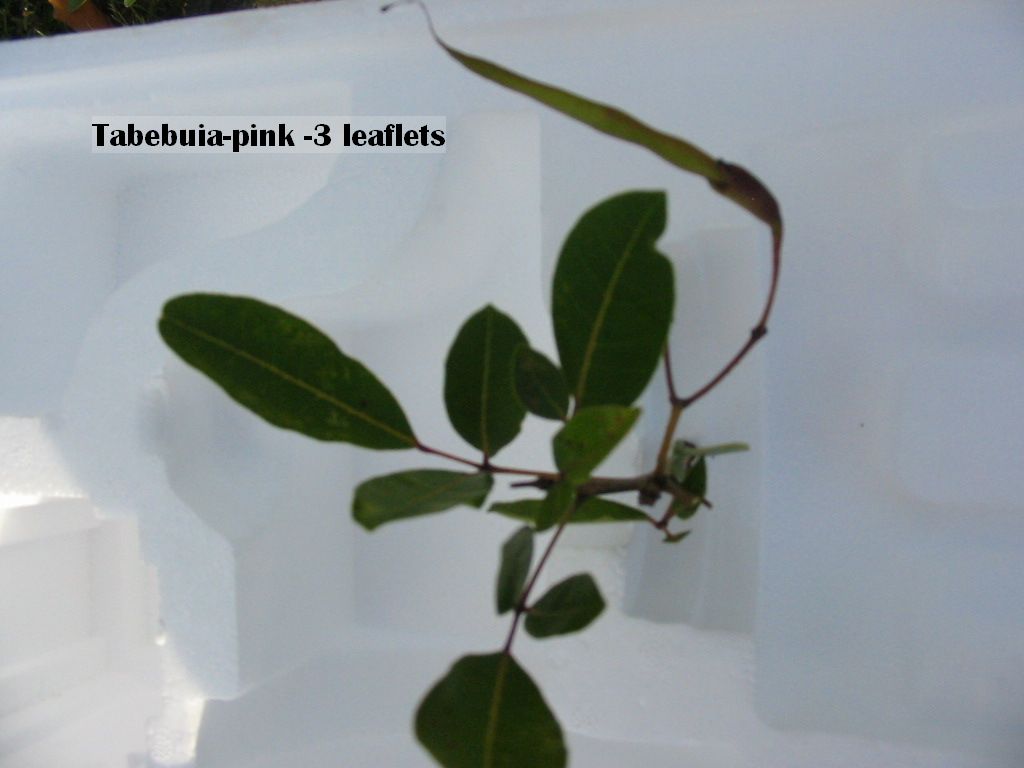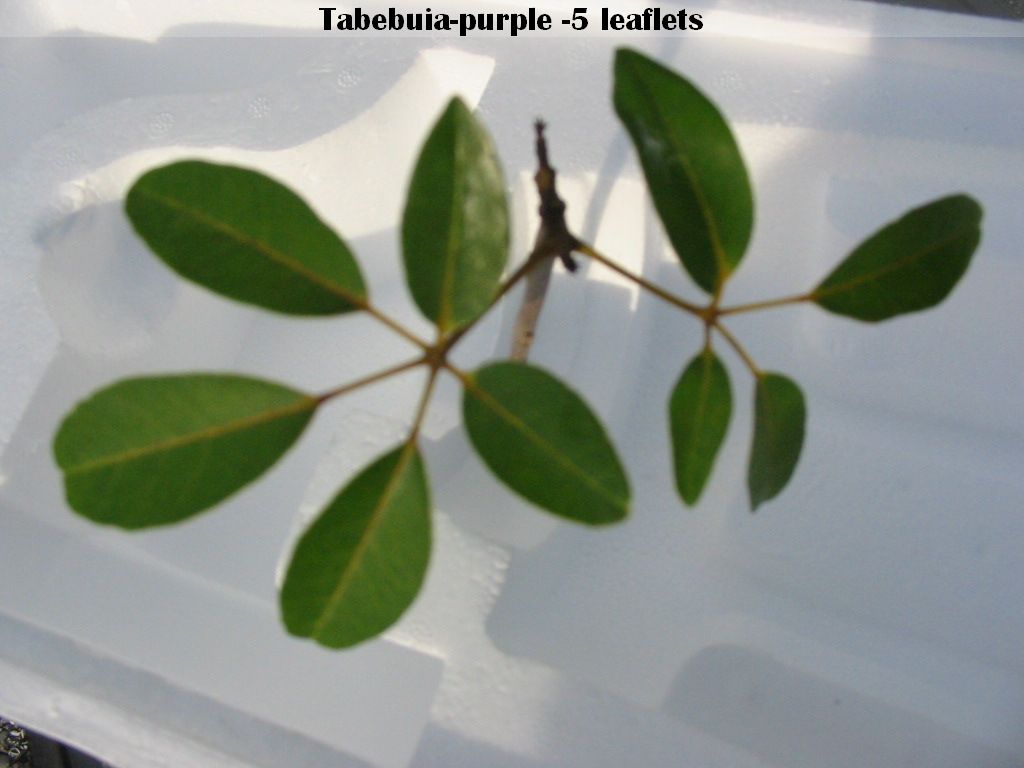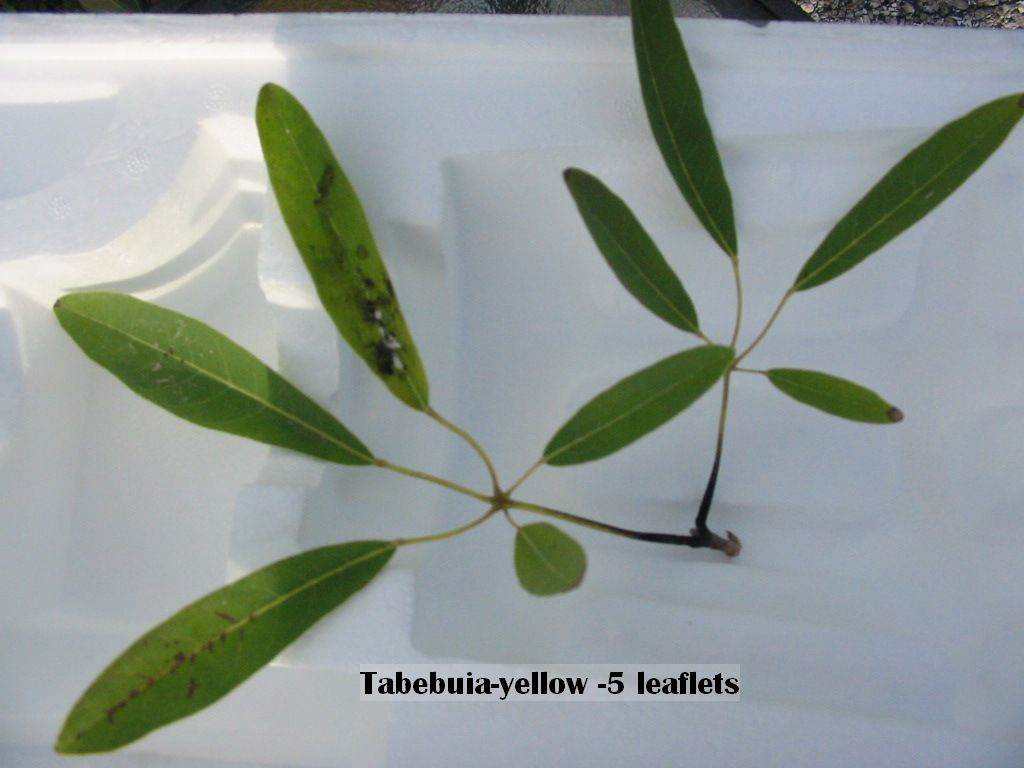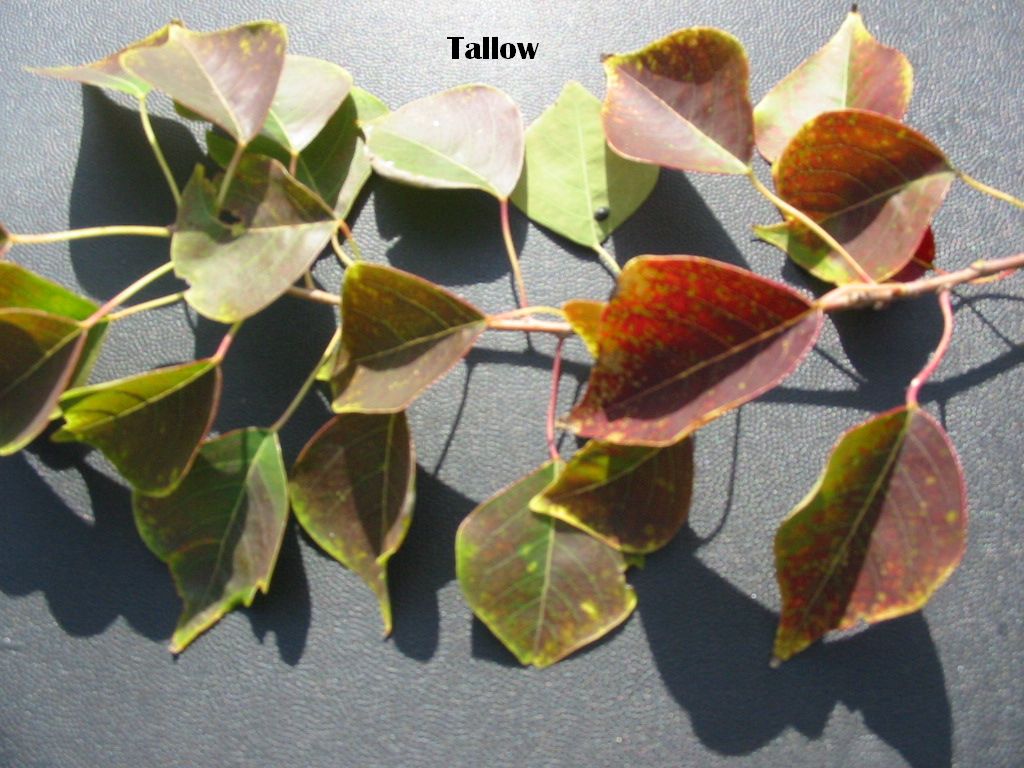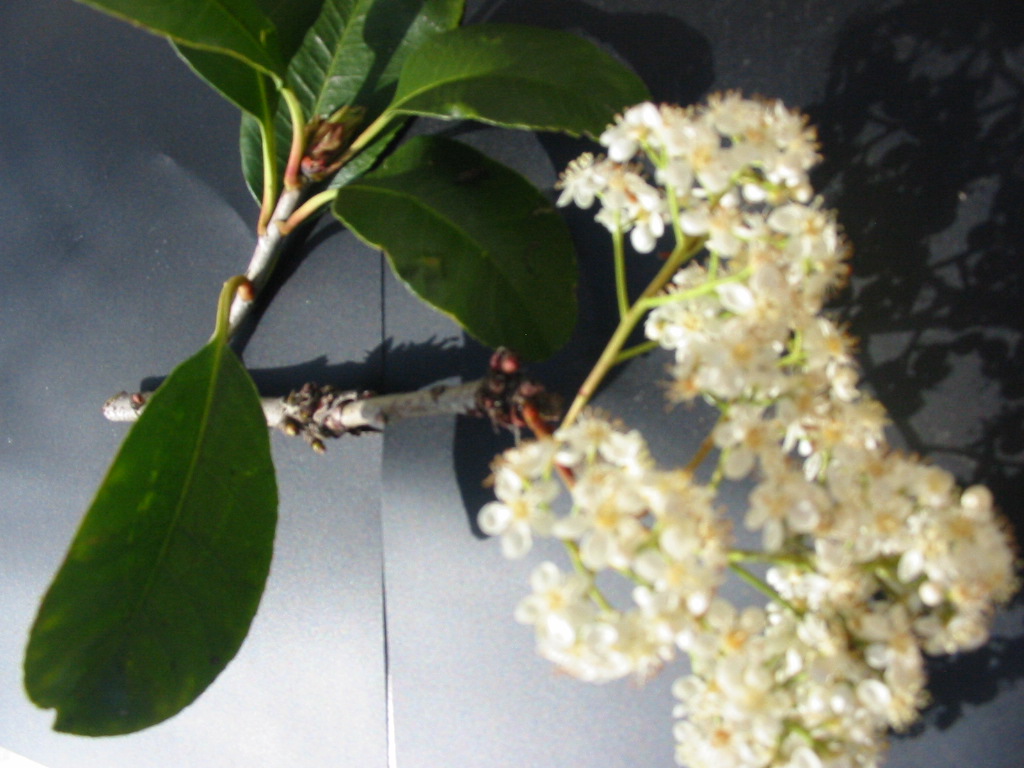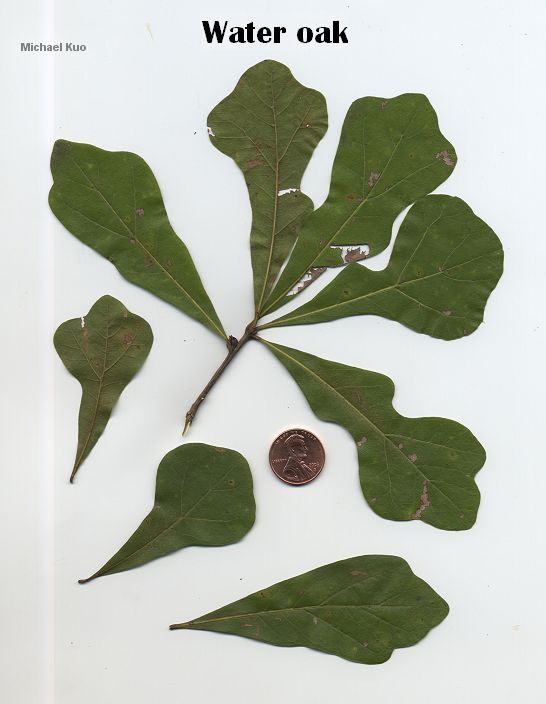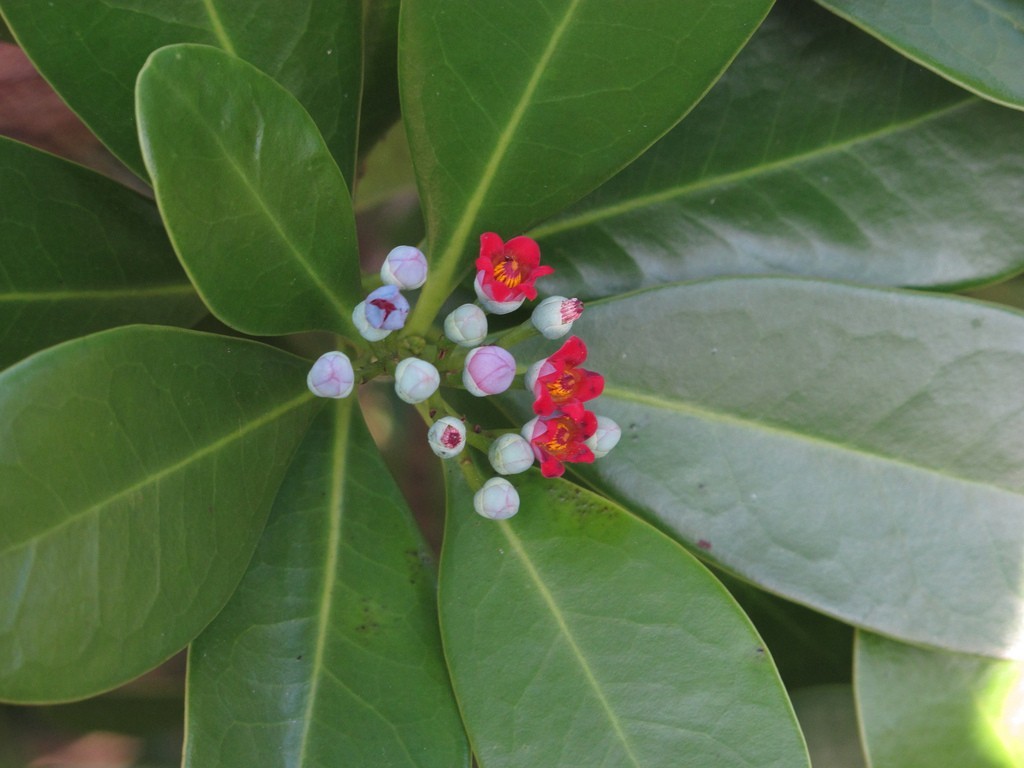Maple Leaf Golf and Country Club
A Resident Owned 55+ Community
Notification Count
Member Login Button
Member Logout
Fun fact of the day
there are only 3 words in the English language that start with the letters "EL".
Trees
Natural Resources Committee – Trees at Maple Leaf
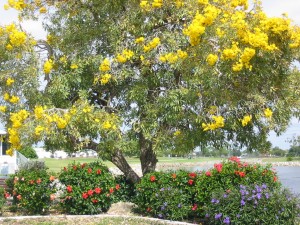 Native Trees
Native Trees
In recent years, the subject of native plants has taken on new significance in Florida horticulture. Reasons for this include the loss of natural areas to development, coastal deterioration due to disturbance of native vegetation, and the naturalization of exotic plants that in some cases may out-compete native species. Fortunately, relatively few of the hundreds of exotic ornamentals that have been introduced into the state fall into the latter category. Two in particular, Brazilian pepper (Schinus terebinthifolious) and punk tree (Melaleuca quinquenervia) have become noxious weeds in central and south Florida.
Florida has a great variety of native trees, more than any other state in the U.S. other than Hawaii. Over northern Florida, particularly in the western section, many of the trees that range widely and are well known over the eastern U.S. find their southern limit. There are many kinds of hickory, elm, ash, maple, magnolia, basswood and locust, while a large number of different kinds of pine, gum and oak are at home throughout the state. Many tropical and subtropical plants found in the Caribbean have their northern limit in south Florida. Many of these are pictured in “Forest Trees of Florida” a standard handbook for tree identification.
U.S. Geological Survey, 1999, Digital representation of “Atlas of United States Trees” by Elbert L. Little, Jr.: U.S. Geological Survey Professional Paper 1650
Many counties are considering landscape ordinances that require that a percentage of native plant materials be used in all future developments. Several have already implemented such ordinances. This will result in a need for wider availability of native plant materials. Woody landscape plant producers, landscape architects, and home gardeners in Florida need to become informed about and prepared for the production and cultural needs of native plants.
In actuality, native plants are not really new to our nursery industry. Many native trees are already well-represented in the inventories of south Florida nurseries. Such “staples” of Florida horticulture as sea grape (Coccoloba uvifera), cabbage palm (Sabal palmetto), mahogany (Swietenia mahagoni), bald cypress (Taxodium distichum), southern red cedar (Juniperus silicicola), live oak (Quercusvirginiana), southern magnolia (Magnolia grandiflora), gumbo limbo (Bursera simaruba), and buttonwood (Conocarpus erectus) are all native to the state. A list of native trees can be viewed at http://edis.ifas.ufl.edu/eh157.
Recommended Trees (Charlotte County)
Charlotte County requires all proposed site development first obtain a Charlotte County Tree Permit approved by the Growth Management Department before any clearing of the site may begin. A tree point count is required for every 2,000 sq. ft. of development. All trees of 2 caliper inches or larger, including palms with 6 feet or more of clear trunk, preserved on site will count toward compliance for Certificate of Occupancy Existing trees on a site can be used in the point count and is preferred if the following conditions are met.
An acceptable barricade is placed around the drip line of the trees prior to lot clearing. The trees should be identified on the plans submitted with the Tree Permit Application. The barricades must remain in place throughout construction. The trees are protected according to Section 3-2-191 of the Charlotte County Tree.Ordinance,98-45 and prior to site clearing, a “barricade inspection” has been conducted and approved (https://www.charlottecountyfl.gov/services/buildingconstruction/Documents/TreesBrochure.pdf#search=tree%20ordinance) by the Code Compliance Division for the protected trees and the trees are found on the Acceptable Tree Species List (http://www.charlottefl.com/outreach/CDev_PDFs/TreePointWorksheet.PDF).Citrus trees do not count for points.
Citrus Trees
Citrus trees are not native to Florida but they might as well be. The first citrus was brought to the New World in 1493 by Christopher Columbus. The early Spanish explorers, most likely Ponce de Leon, planted the first orange trees around St. Augustine, Florida, sometime between 1513 and 1565. Grapefruit was a relative late-comer, arriving in Florida in 1806 courtesy of the French Count, Odet Philippe, who planted the first grove of grapefruit near Tampa in 1823.
Throughout the ages, the citrus fruit has been a symbol of eternal love, happiness, and even holiness. The Japanese believed citrus blossoms represented chastity, while the Saracens believed it was a symbol of fruitfulness. Kings and queens built entire indoor gardens around citrus; Arab women used its essence to color gray hair; and Nostradamus wrote about how to use its blossoms and fruit to make cosmetics.
Hercules so valued it, he stole the golden fruit from Hesperides, who protected it as the primary food of the ancient Roman and Greek gods. But nowhere on earth, or perhaps even the heavens, has the “golden fruit” held more importance than in Florida, where growing and processing citrus has become a multi-billion dollar industry. Florida’s unique sandy soil and subtropical climate have proven to be ideal for growing the seeds that early settlers planted. By the 19th century, citrus trees could be found growing wild throughout many of Florida’s forests, and cultivated orange groves could be found along the St. Johns River and around Tampa.
Over the next 400 years the citrus crop grew and soon after the Civil War Florida’s annual commercial citrus production totaled one million boxes; climbing to more than five million boxes by 1893. With the development of improved means of transportation, new markets were opened in the northeastern United States and demand for the refreshing, healthy benefits of Florida citrus started to expand slowly.
The Great Freeze of 1894-95 ruined many of the groves throughout Florida. As a result, growers began to gradually plant groves farther south. Although Florida’s citrus industry has encountered more freezing temperatures during the 20th century, the industry has continued to thrive as new groves are planted farther south after each freeze.
Today, there are more than 12,000 Florida citrus growers cultivating approximately 74 million citrus trees on more than 569,000 acres of land. More than 76,000 other people also work in the citrus industry or in related businesses. Today Florida citrus is a nearly $9 billion industry producing more oranges than any other region of the world, except Brazil, and leading the world in grapefruit production.
Florida growers produce several types of citrus, including oranges, grapefruit and speciality fruit including Temple oranges, tangerines and tangelos..The primary varieties of Florida oranges are Navel, Hamlin, Pineapple, Ambersweet and Valencia.
The fresh orange season typically runs from October through June. The primary varieties of Florida grapefruit are Ruby Red, Flame, Thompson, Marsh and Duncan. The fresh grapefruit season typically runs from September through June. Florida producers grow a handful of specialty fruit which are in season from October through April.
Exotic (Invasive) Trees and Plants
Many exotic plants found in the wild are “naturalized”. A naturalized plant is any imported plant that persists in the wild on its own without being cultivated. Some of these pose major problems for Florida’s ecosystems.
Introduced exotic plants account for an additional 1,300 + species that are found in Florida’s forests and wild lands. There are two classifications for exotic plants in Florida, as set forth by the Florida Exotic Pest Plant Council. Naturalized Exotic are non-native plants persisting in nature apart from cultivation, without displacing native species or causing damage to Florida’s habitats. Invasive Exotic plants displace our native plants, causing damage to all types of natural habitats and threatening the food supply of indigenous wildlife.
There are 67 introduced plants in Florida that are considered invasive. A descriptive list can be found at http://www.floridasnature.com/exotic1.html. Many of the tree/plants presented here are often supplied by local nurseries.
The list includes: Brazilian pepper tree, papertree, lantana earleaf, acacia, tropical soda, apple old world climbing fern, beach naupaka, Mexican petunia, shoebutton ardisia, carrotwood, Australian pine, bowstring hemp, caesarweed, lead tree, rattle box, sea hibiscus, natal plum, strawberry guava, two-leafed nightshade, papaya, cogongrass, elephant grass, schefflera, climbing cassia, turk’s turban, javanese glorybower, castorbean, downy rose myrtle, silky sesban, turkscap mallow, surinam cherry, Chinese tallow tree, African rosemallow and javanese bishopwood.
Within Maple Leaf invasive species such as Brazilian pepper tree, lantana earleaf, Mexican petunia, schefflera as well as giant eucalyptus, strangler fig and rubber trees are present.
Trees and Palms in the Park
In February 2018, volunteers counted eight thousand seven hundred and twenty-seven trees. Of these, 7668 trees are in the Park domain and 1059 are on the golf course. The Park had 6063 palms, 1257 deciduous/evergreen/conifer tree and 348 fruit trees. The golf course had 514 deciduous/ evergreen/conifer trees and 545 palms. We identified 41 different tree types, 32 types of palms and 21 varieties of fruit tree.
The most popular varieties in the Park are: 158 Arborvitae (cedar), 142 Slash Pine, 111 Norfolk Island Pine, 92 Oak (Live, Laurel, Swamp, Silk & Sand), 77 Bottlebrush, 62 Magnolias, 61 Holly, 50 Black Olive and 56 Sea Grape. The prevalent palms were: 2235 Cabbage (Sabal), 1332 Pygmy Date, 811 Queen, 490 Foxtail, 324 Areca, 94 Cuban Royals (there was only 1 in 2006), 89 Mini-royal and 47 Bismarck palms.
The golf course had 205 Slash Pine, 107 Oak (mostly Live Oaks), 44 Cypress, 22 Tallow, 22 Black Olive, 19 Myrtle (Crepe, Wax & Salt), 17 Bottlebrush, 14 Holly and 10 Giant Eucalyptus. There were 431 Cabbage Palms, 50 Saw Palmettoes, 30 Queen Palms and 18 Washingtonian Palms. There were over 50 Carrotwood and Brazilian Pepper trees in two habitat areas that were not counted as these invasive species are scheduled for removal.
Documents
include some documents
Reference Material
-
Recommended Trees and Shrubs by size https://fyn.ifas.ufl.edu/plants
-
Landscaping in the shade http://gardeningsolutions.ifas.ufl.edu/giam/plants_and_grasses/houseplants_foliage/perennials_shade.html
-
Florida Trees and Plants
http://www.floridanature.com/ -
Florida Trees-Common names
http://sfrc.ufl.edu/Extension/florida_forestry_information/forest_resources/trees_of_florida_common_name.html -
Common tree names
https://www.treenames.net/common_tree_names.htmlForest trees of Florida
http://ftof.freshfromflorida.com/index.phpNative Trees of Florida
http://edis.ifas.ufl.edu/eh157Other Florida trees
http://www.floridaplants.com/trees_fl.htmInvasive trees
https://en.wikipedia.org/wiki/List_of_invasive_species_in_the_EvergladesBackyard Tree Identification Guide
https://www.homeadvisor.com/r/backyard-tree-identification-guide/
Our Gallery
Trees in the Park
- Avacado
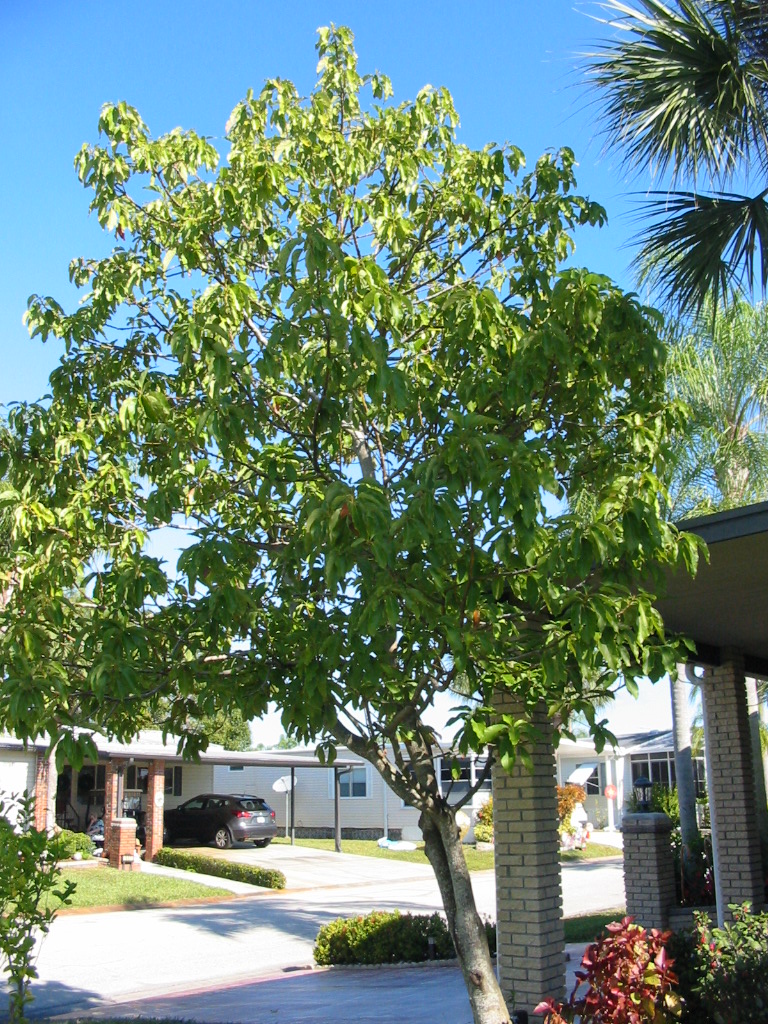
- Bald Cypress

- Bottlebrush

- Blue Mahoe

- Calamondin

- Camphor

- Carrotwood

- Carrotwood 924

- Cassia

- Chinese Tallow

- Clerodendrum

- Dessert Cassia

- Dragon tree

- Green buttonwood

- Ficus (benjamina)

- Ficus – Strangler Fig (invasive)

- Giant Eucalyptus(invasive)

- Holly

- Hong Kong Orchid

- Indian Rosewood

- Jacaranda

- Japanese Blueberry Tree

- Juniper

- Live Oak

- Loquat tree

- Magnolia

- Mahagony tree

- Mango (002)

- Norfolk Island Pine

- Oriental Arborvitae

- Papaya

- Podocarpus tree

- Powderpuff

- Purple Tabebuia

- Slash Pine

- Red Maple

- Rubber Tree (invasive)

- Sea grape (endangered)

- Shady Lady Black Olive

- Starfruit tree

- Silver buttonwood

- Tabebuia-pink

- Tibouchina

- Umbrella Tree aka Schefflera

- Viburnum

- Water oak

- White Jacaranda 2018

- Yellow Tabebuia

Leaves of Trees in the Park
- Acacia
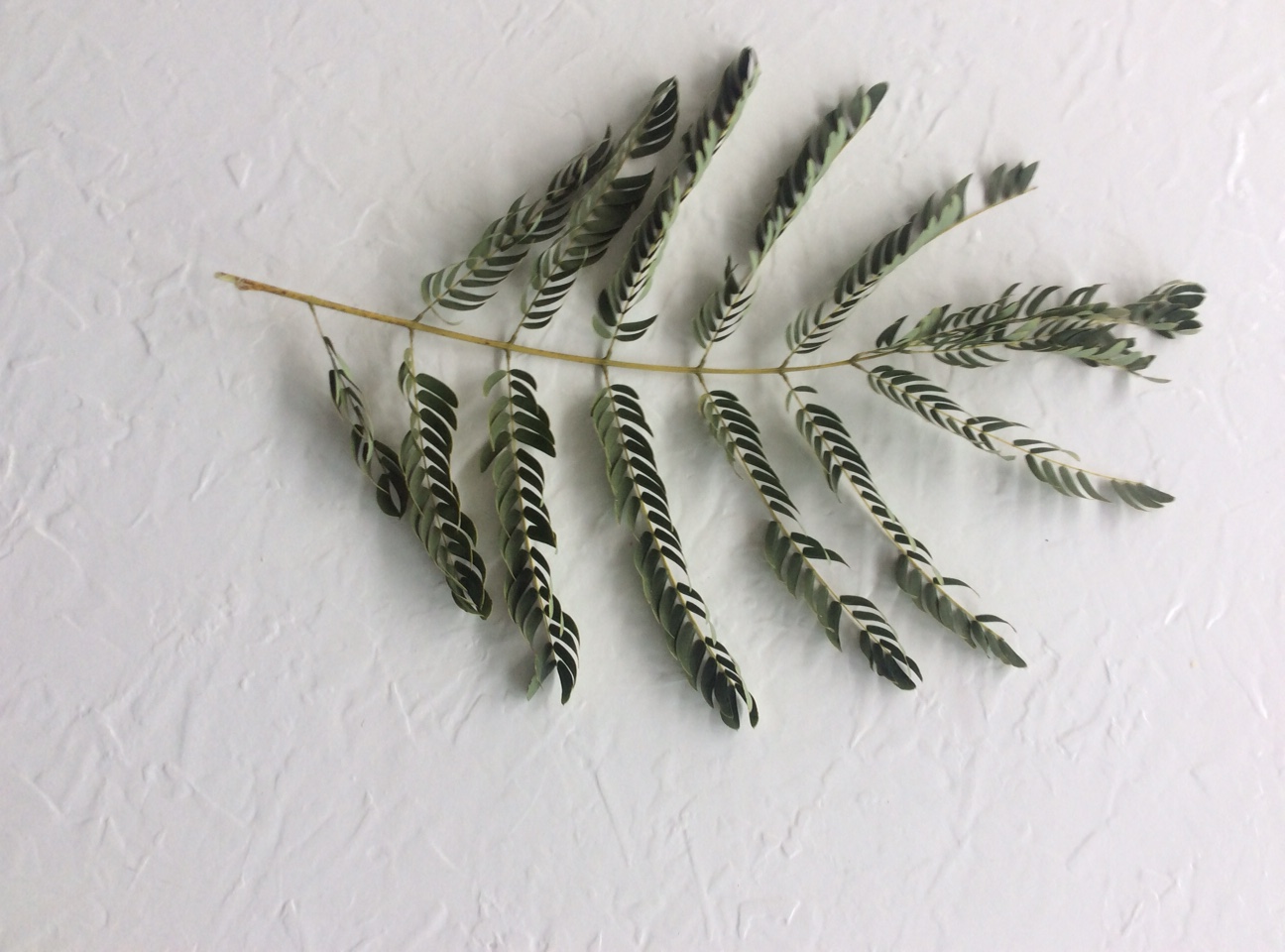
- Avacado

- Bishopwood

- Black olive

- Brazilian-pepperwood

- Buttonwood

- Camphor

- Carrotwood

- Cassia seed pods

- Chinese Tallow (spring)

- Feathered foxtail

- Fichus bengamina

- Fishtail palm

- Green buttonwood

- Holly

- Kumquat

- Laurel oak

- Ligustrum

- Live oak

- Loquat

- Mahogany

- Oak holly

- Pacific-dogwood

- Papaya fruit

- Philodendron

- Red maple

- Redbud-tree

- Rosewood (spring)

- Rosewood

- Silk oak

- Strangler fig

- Swamp maple

- Tabebuia pink

- Tabebuia purple

- Tabebuia yellow

- Tallow

- Viburnum (spring)

- Water oak

- Wild-cinnamon

**
